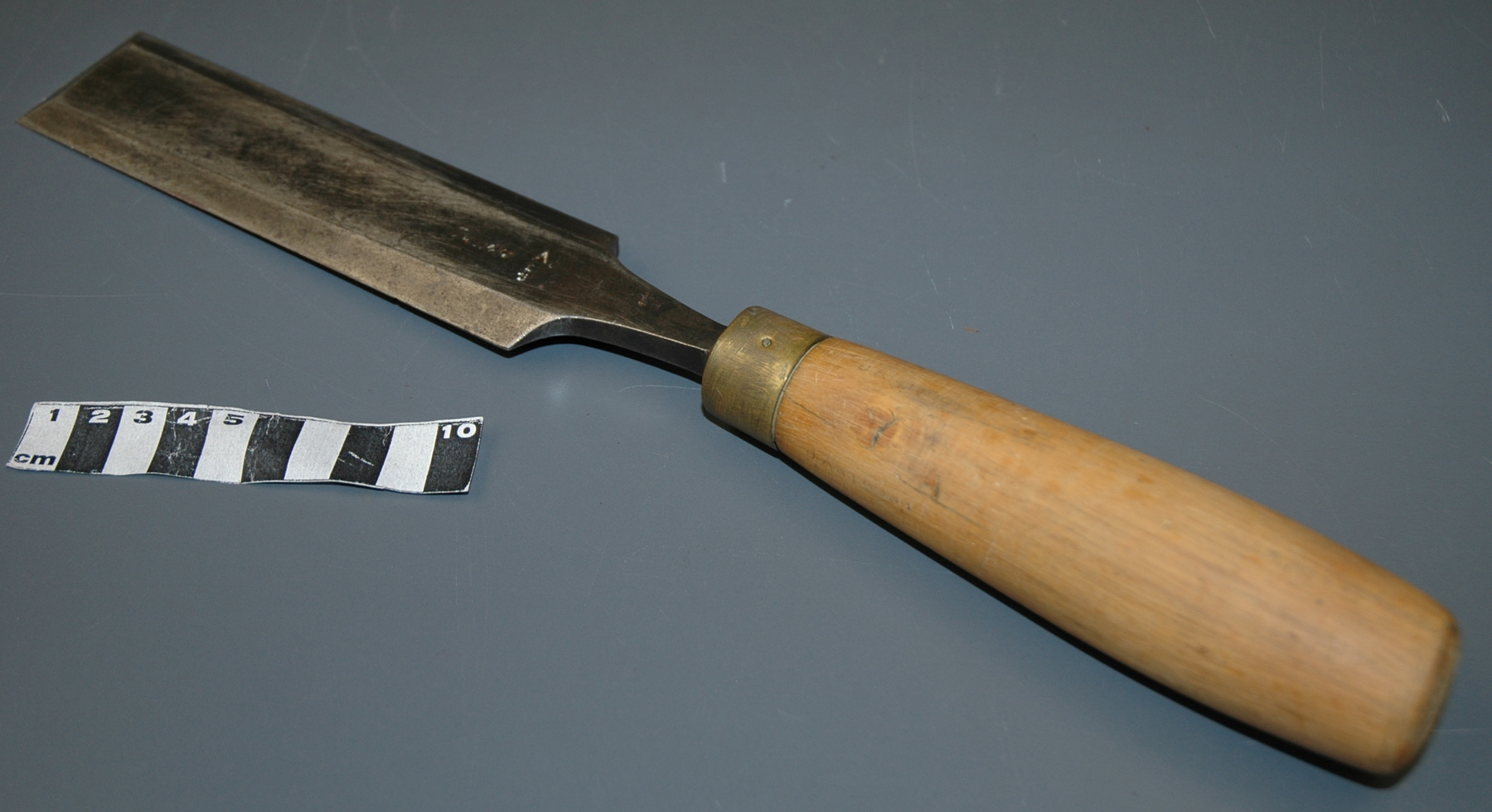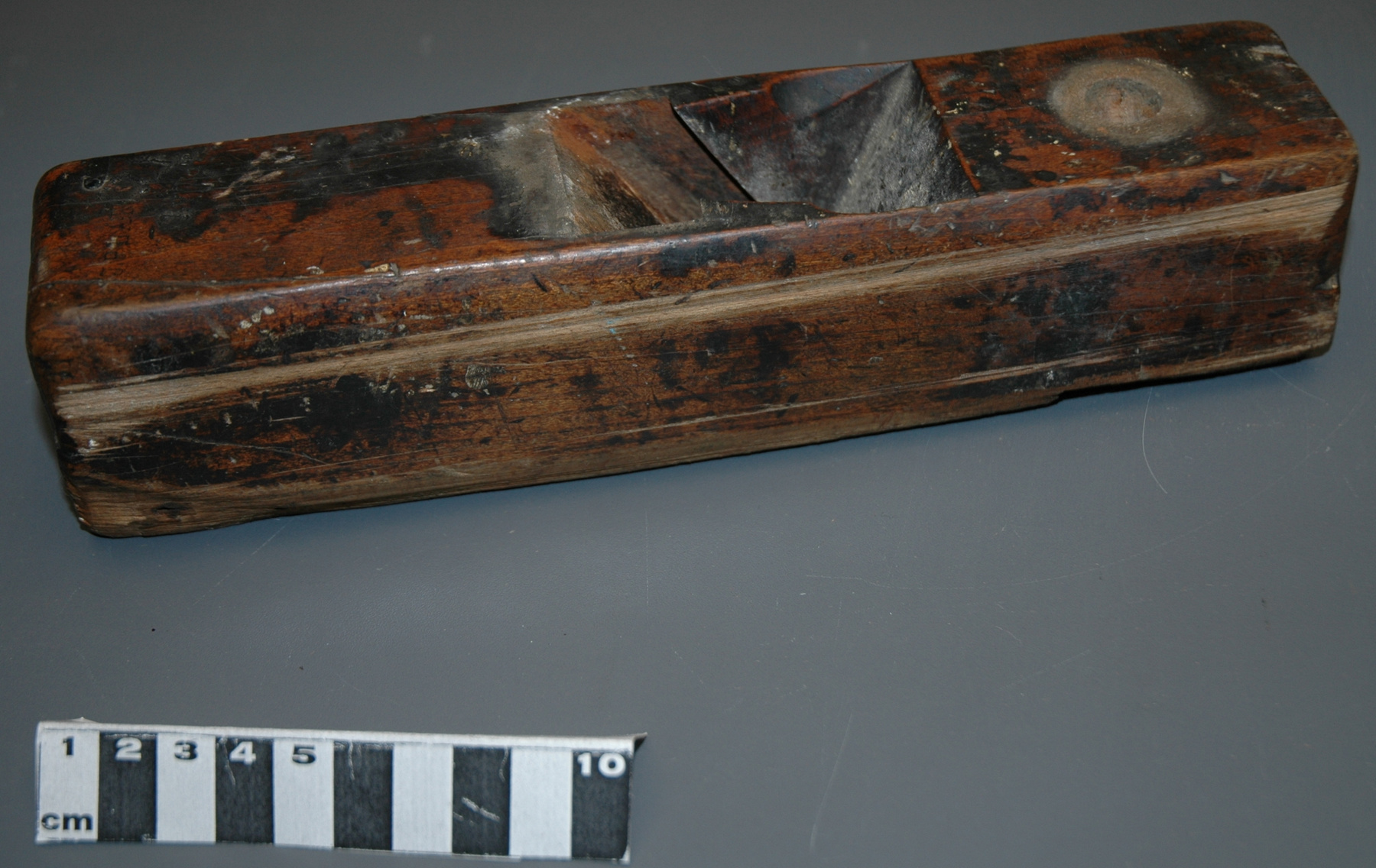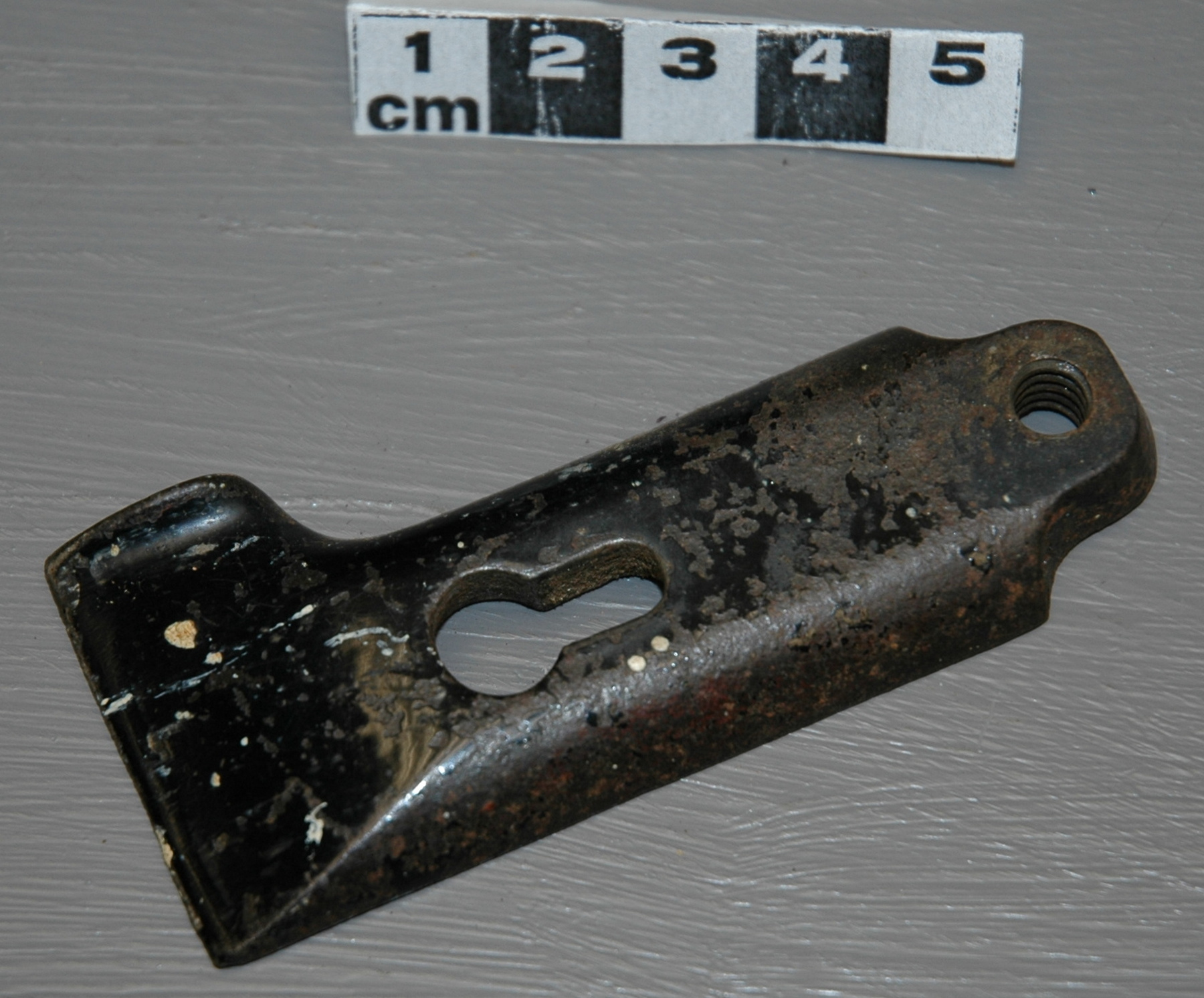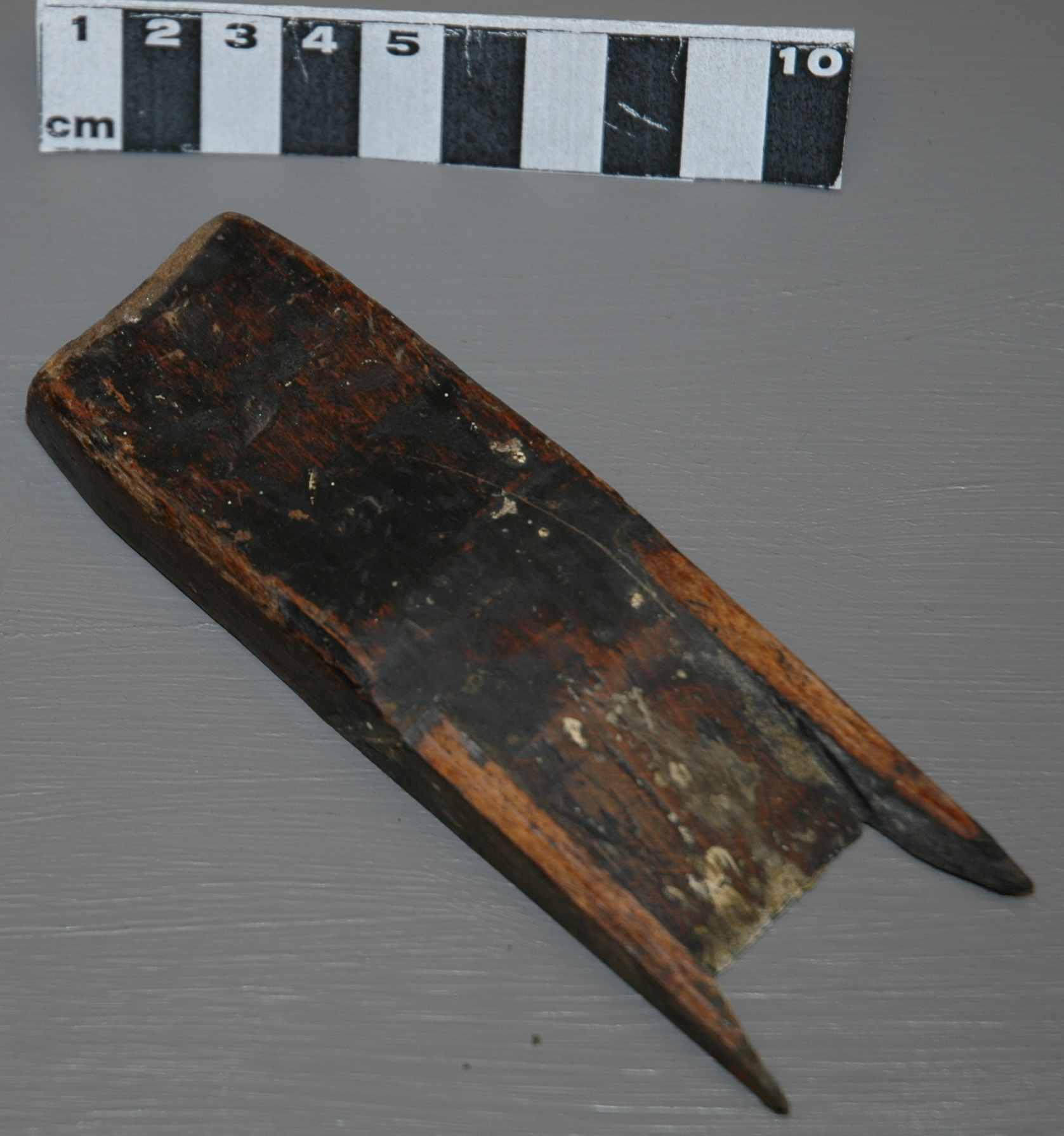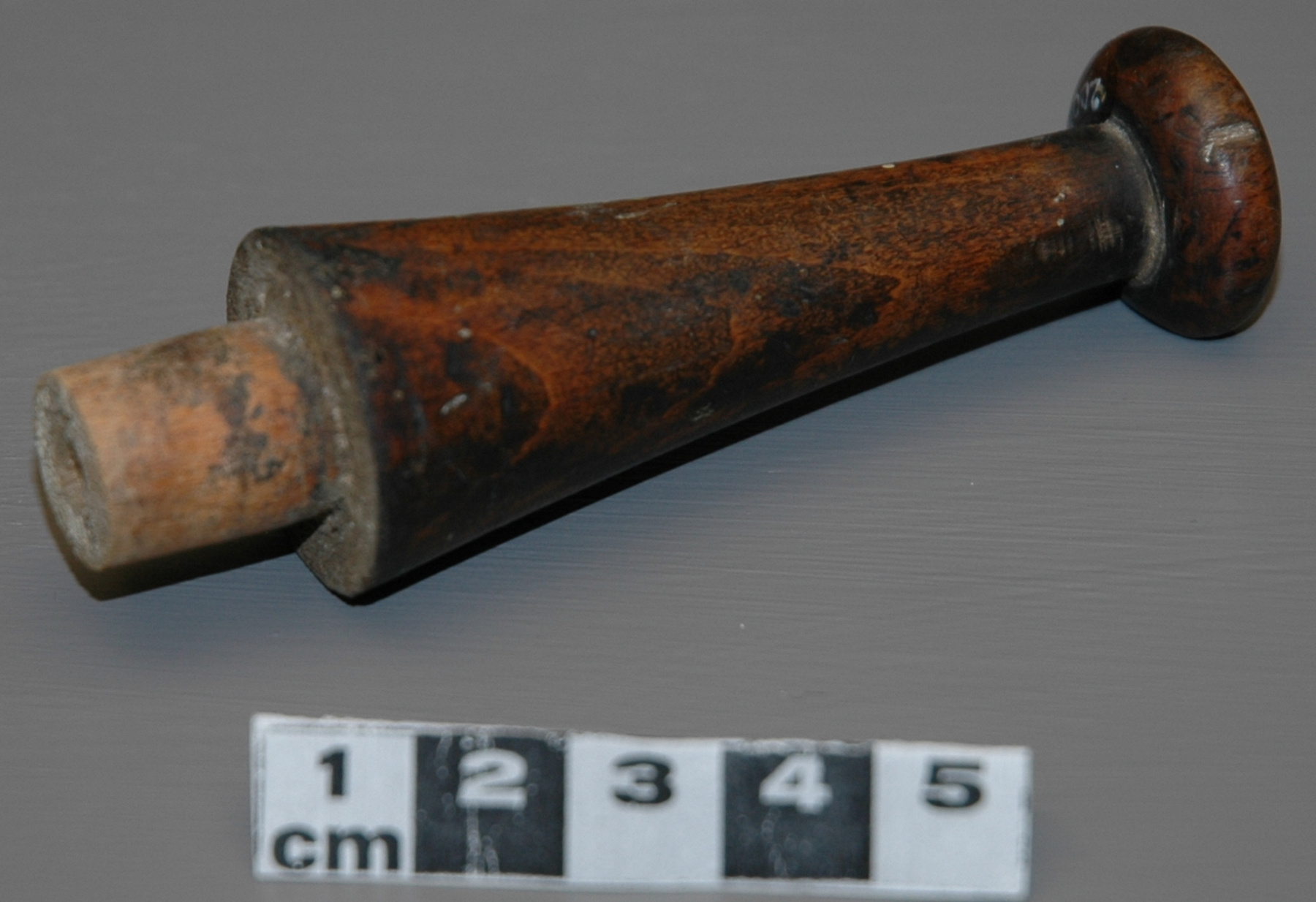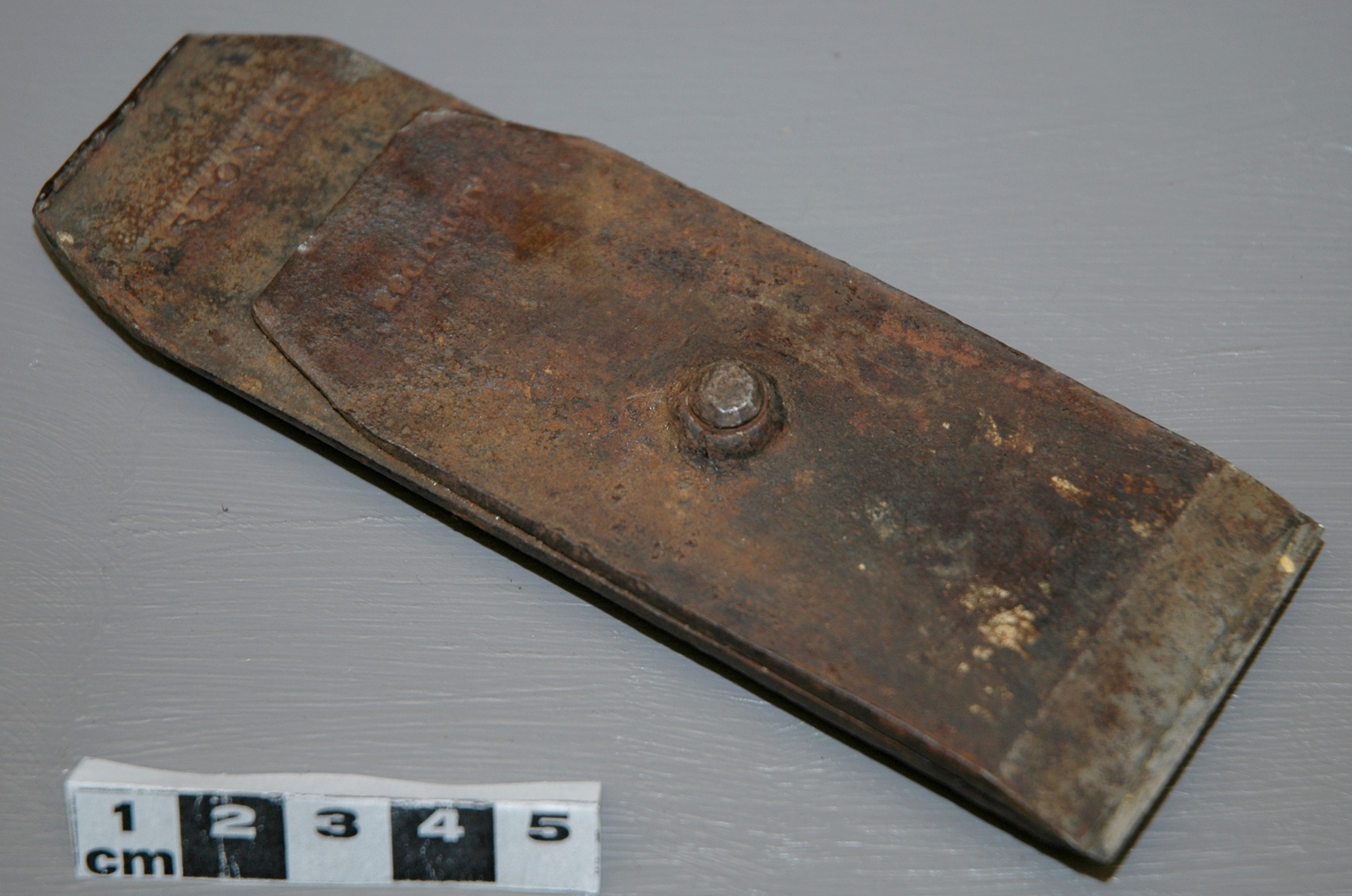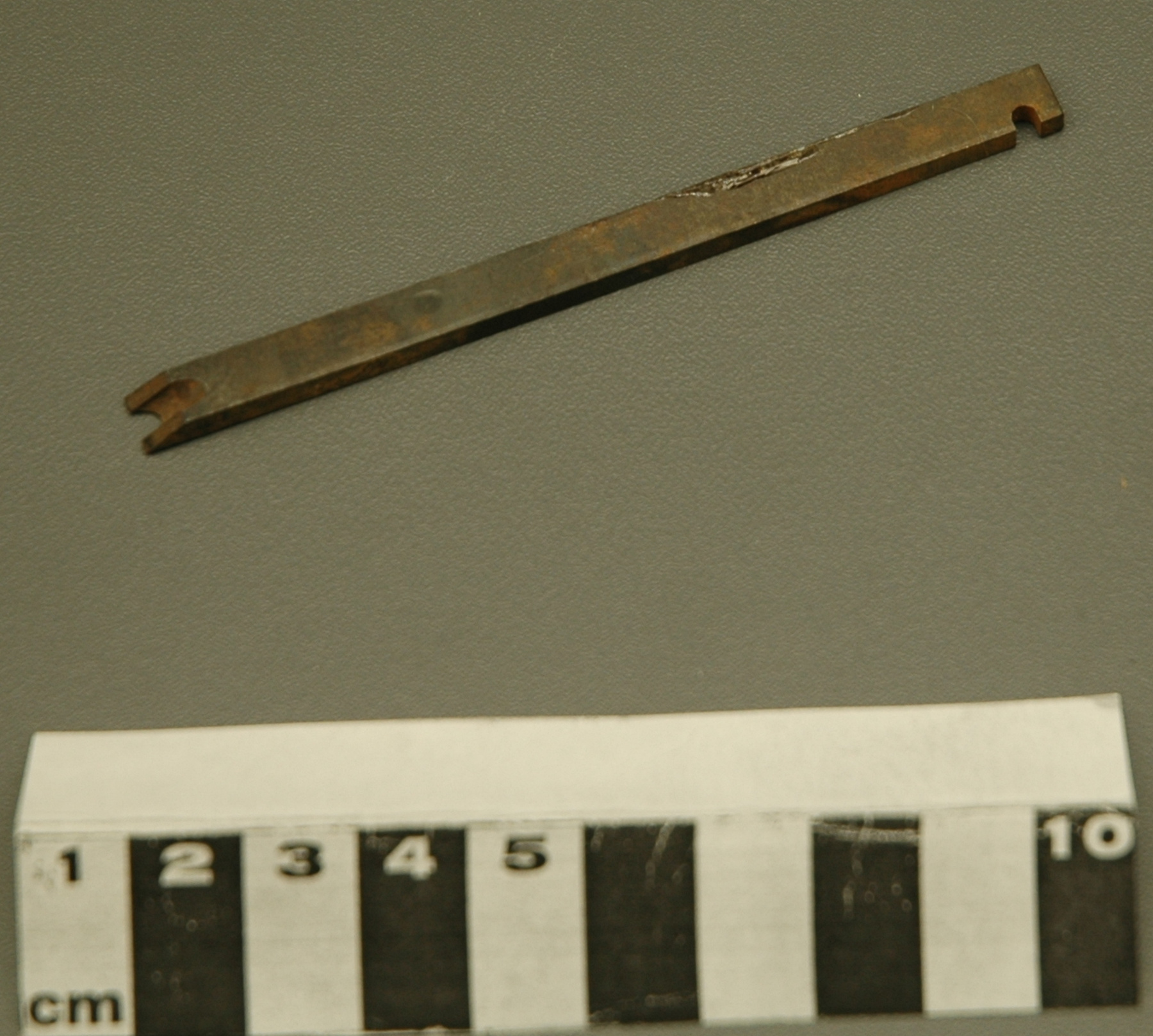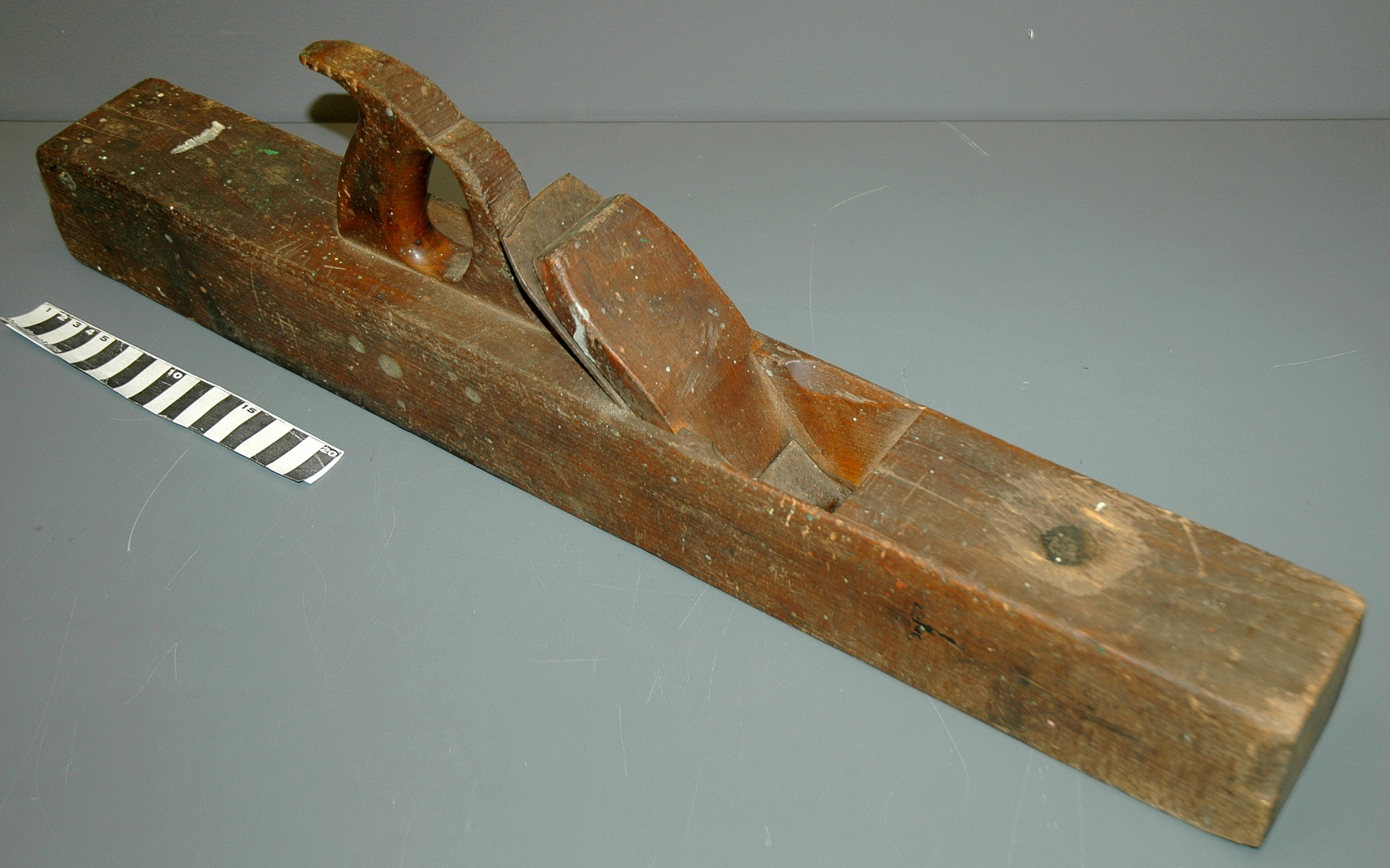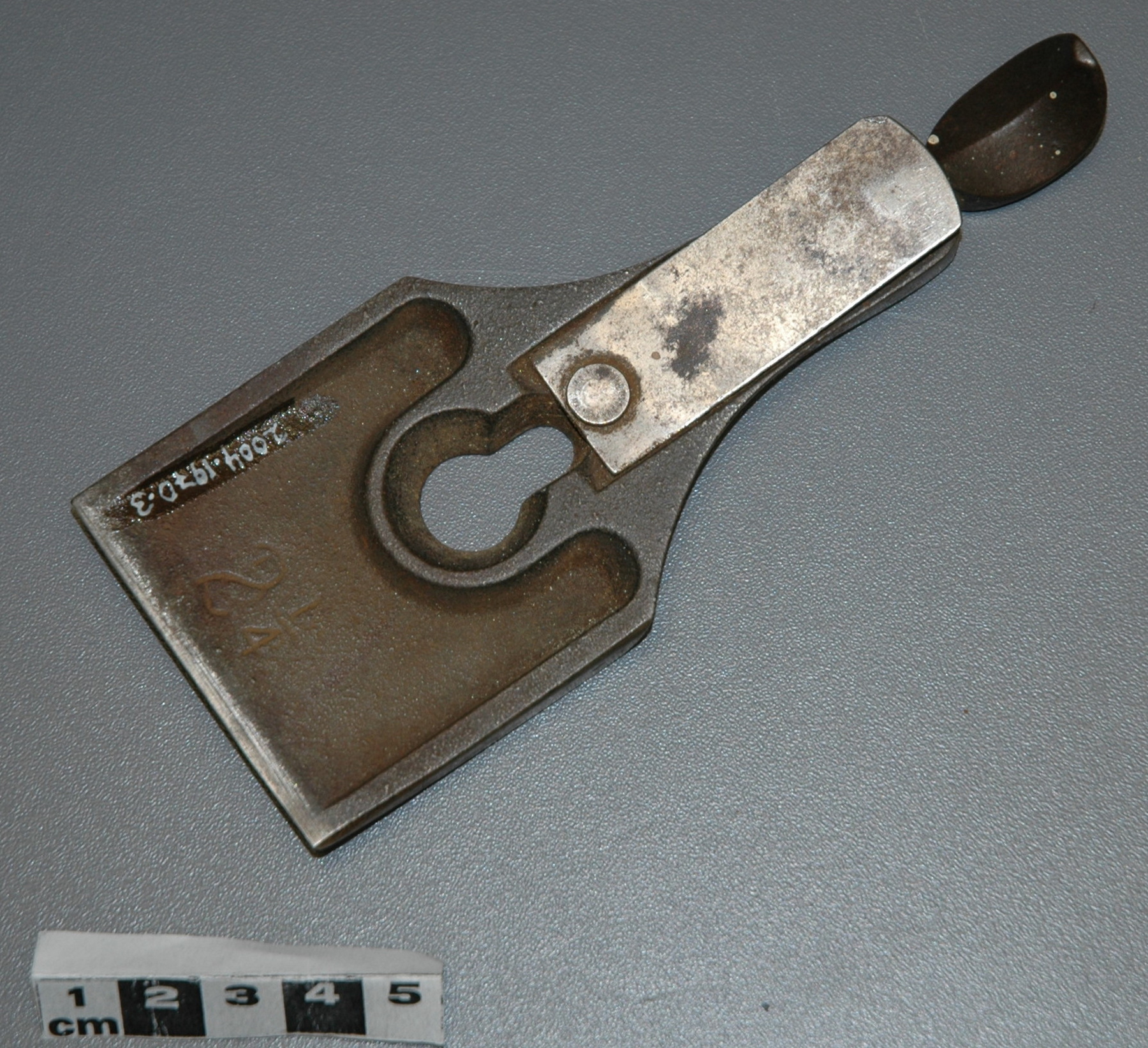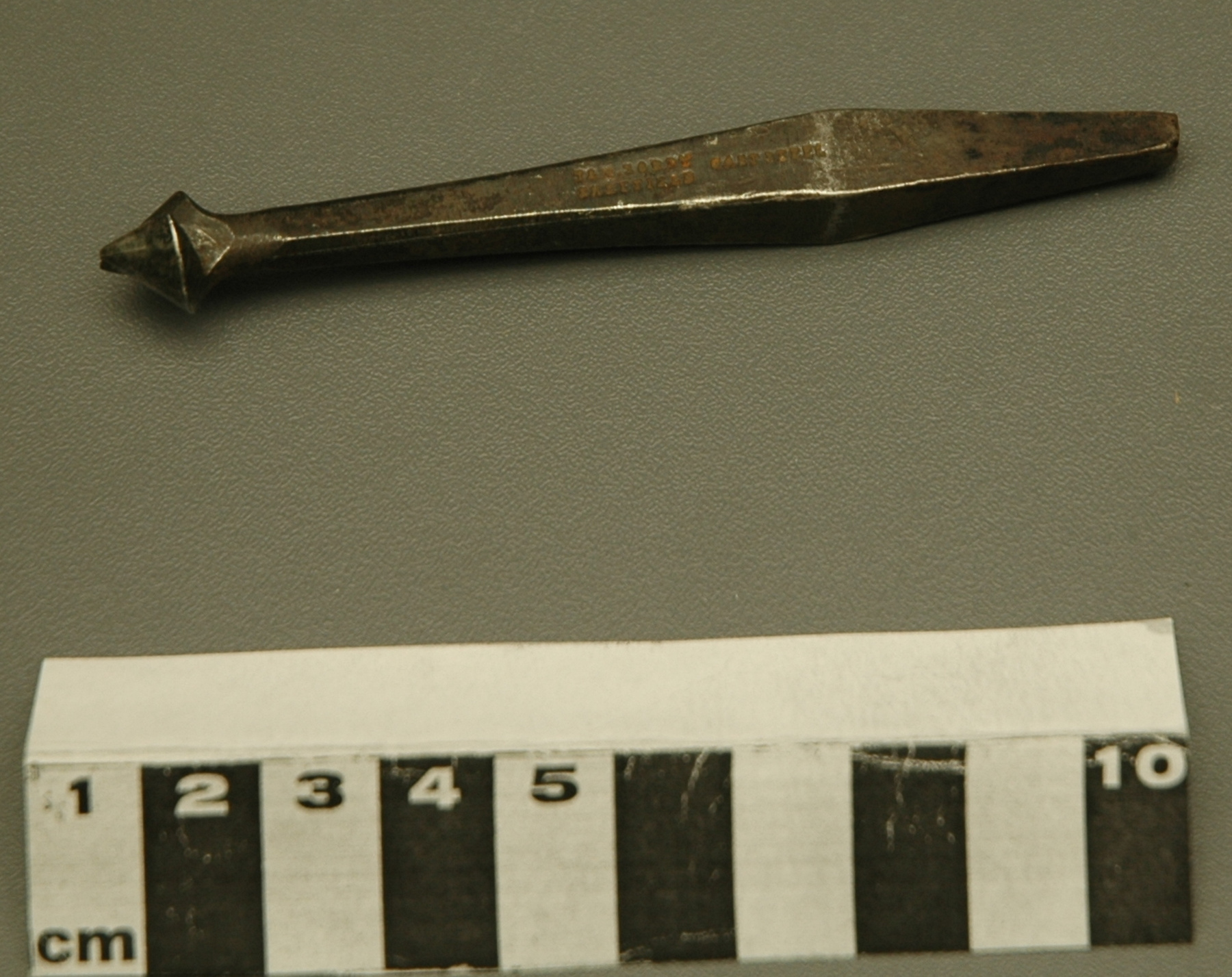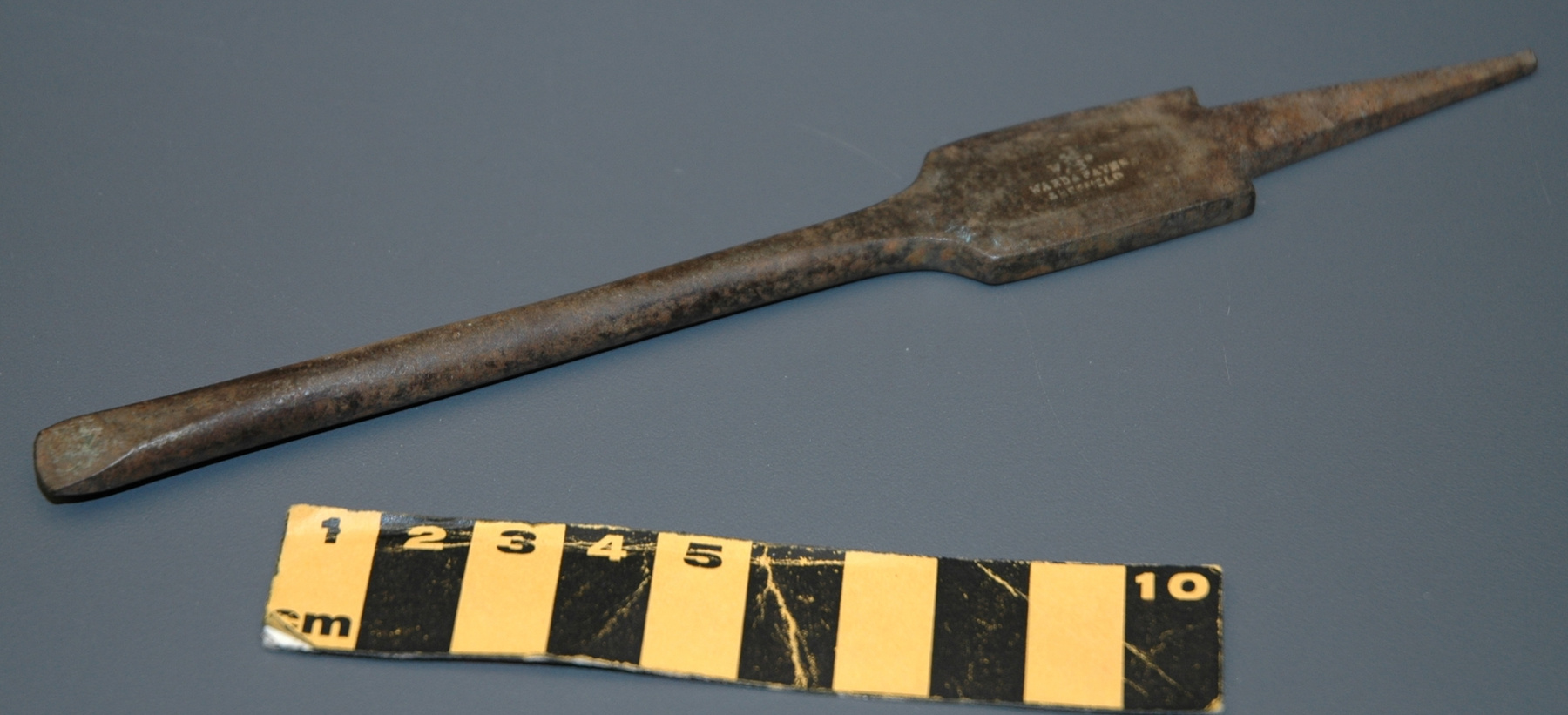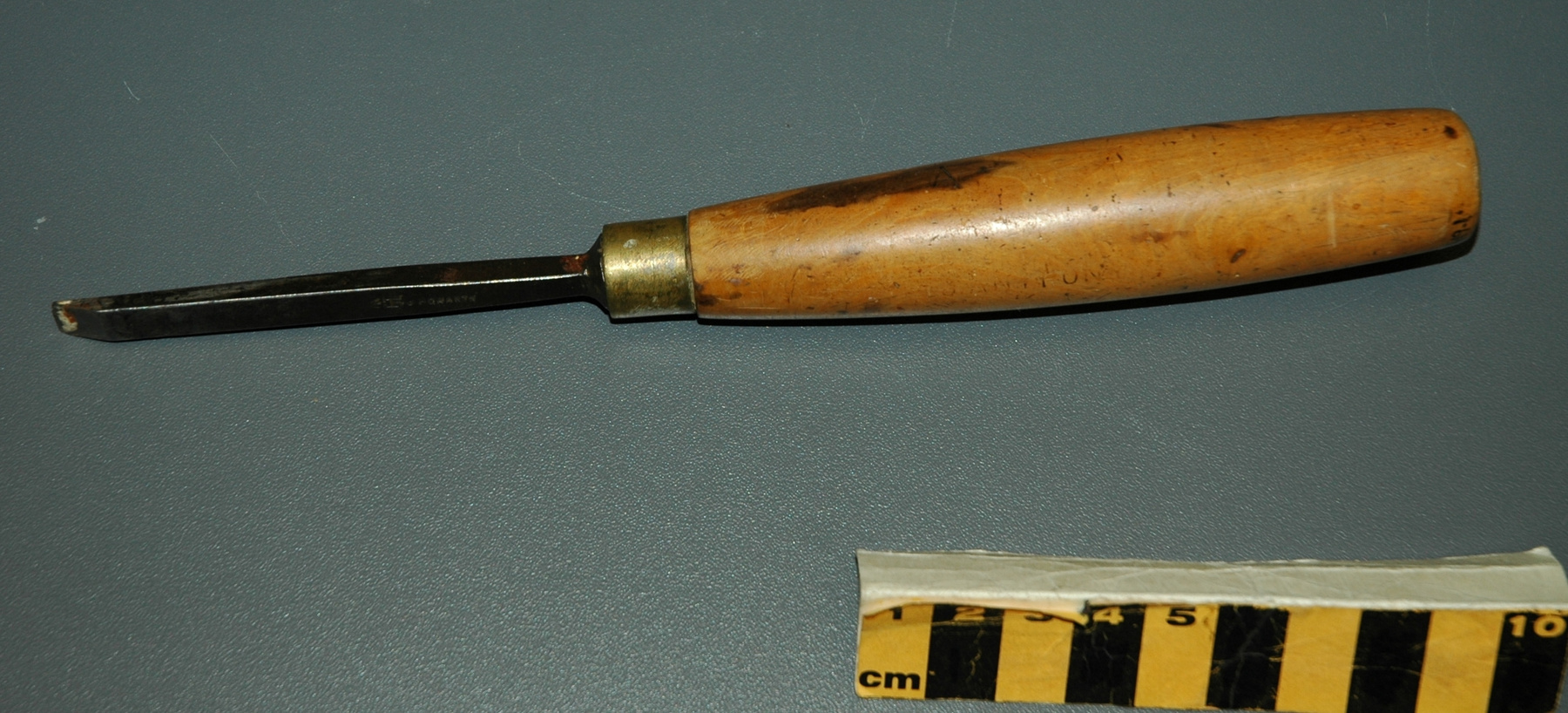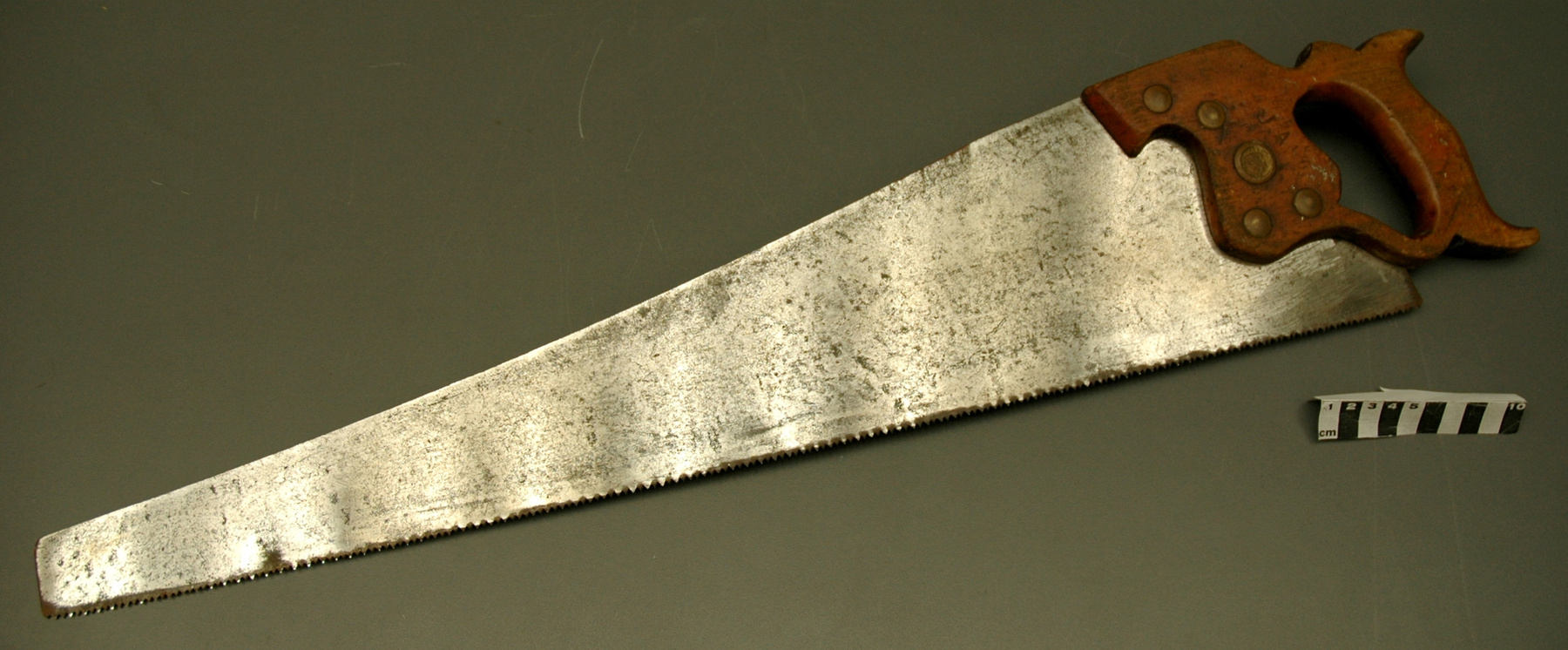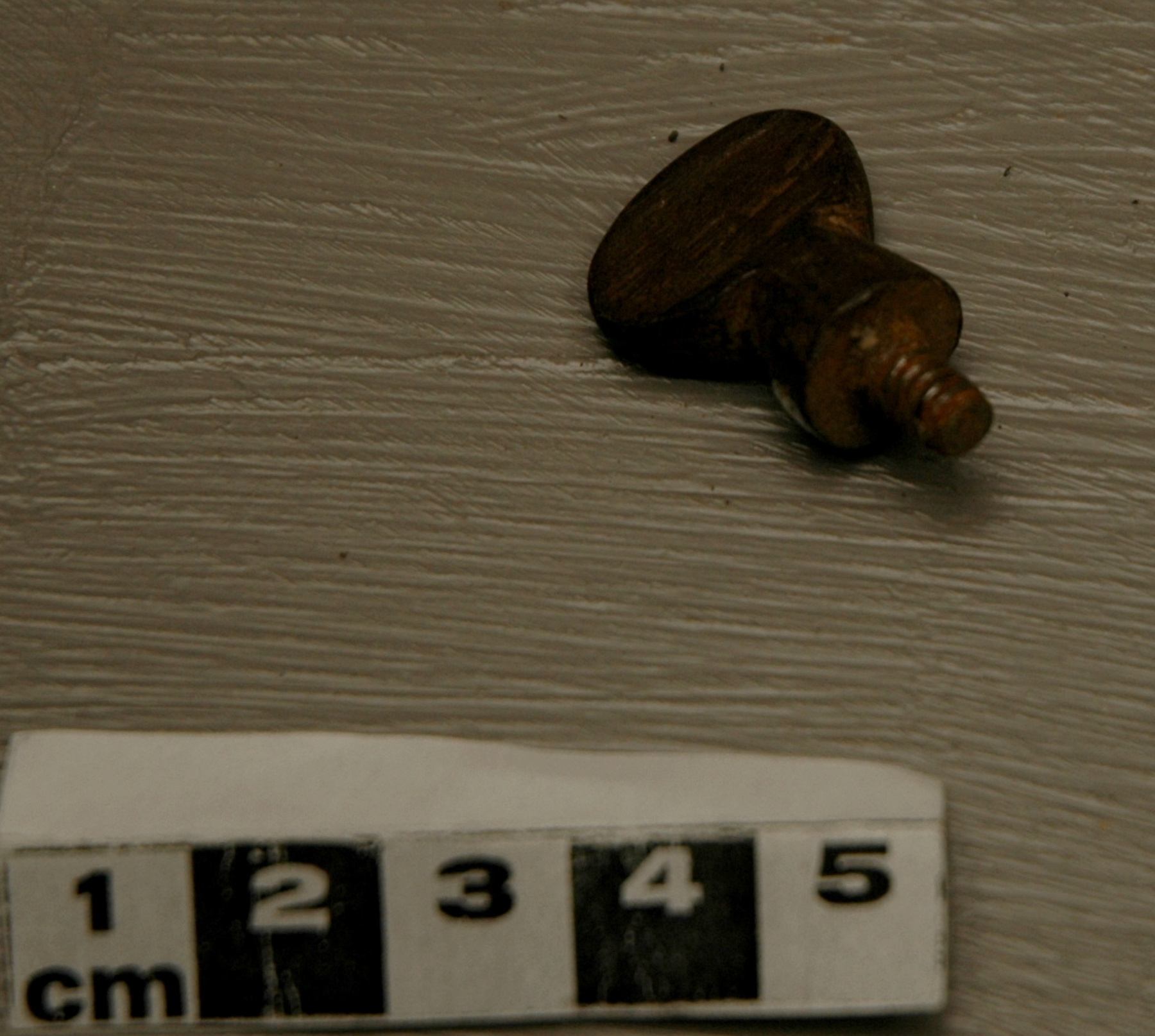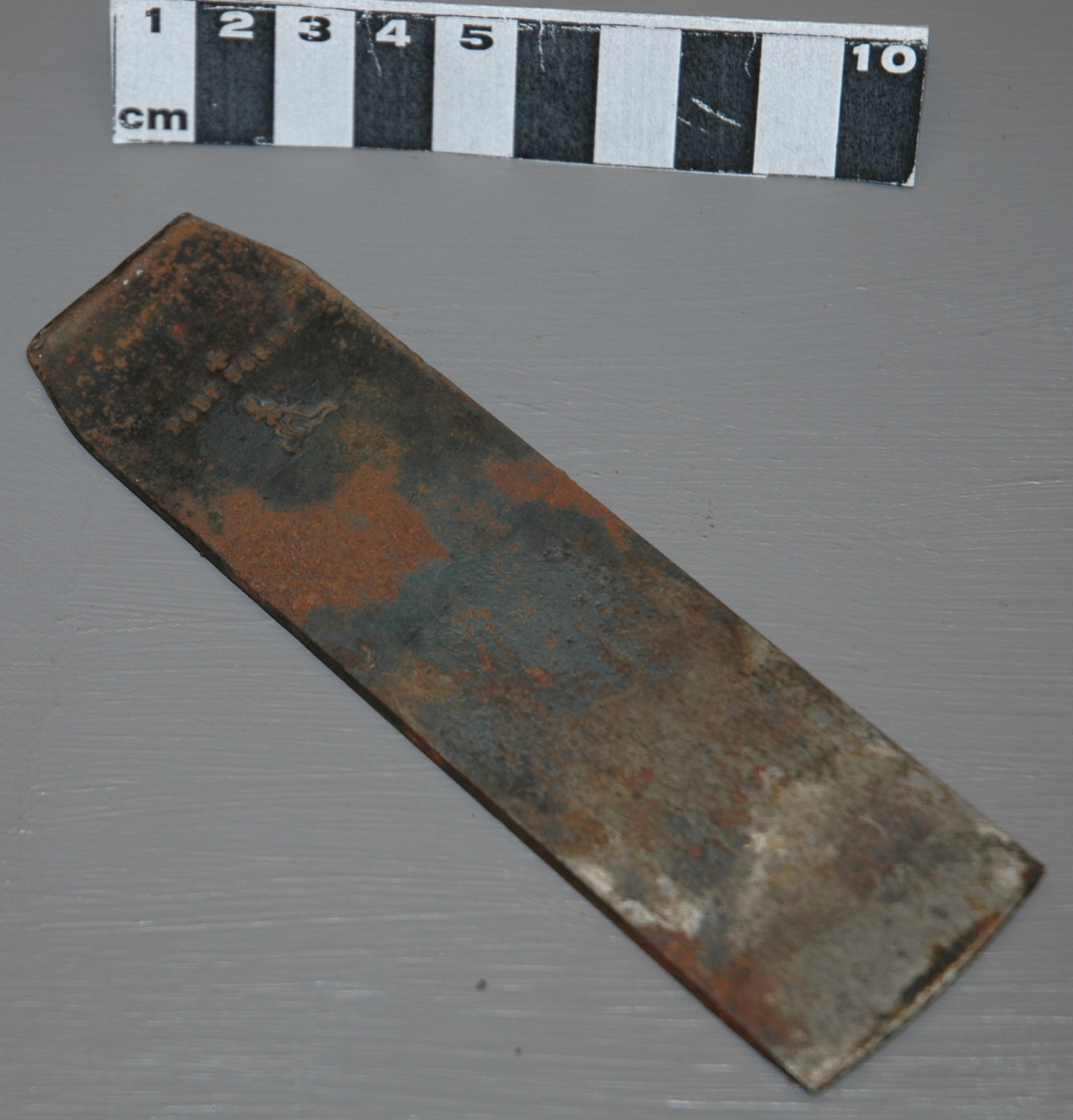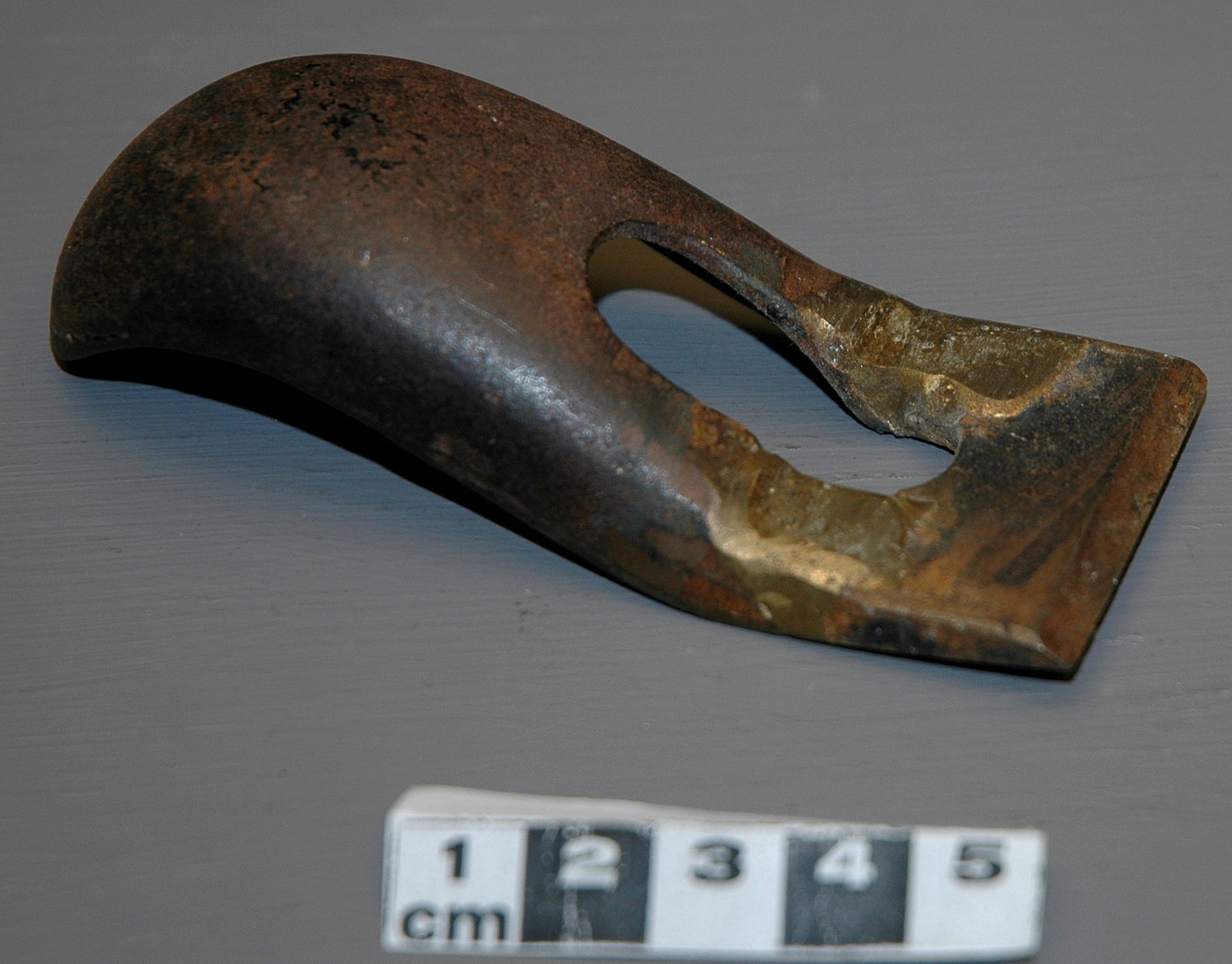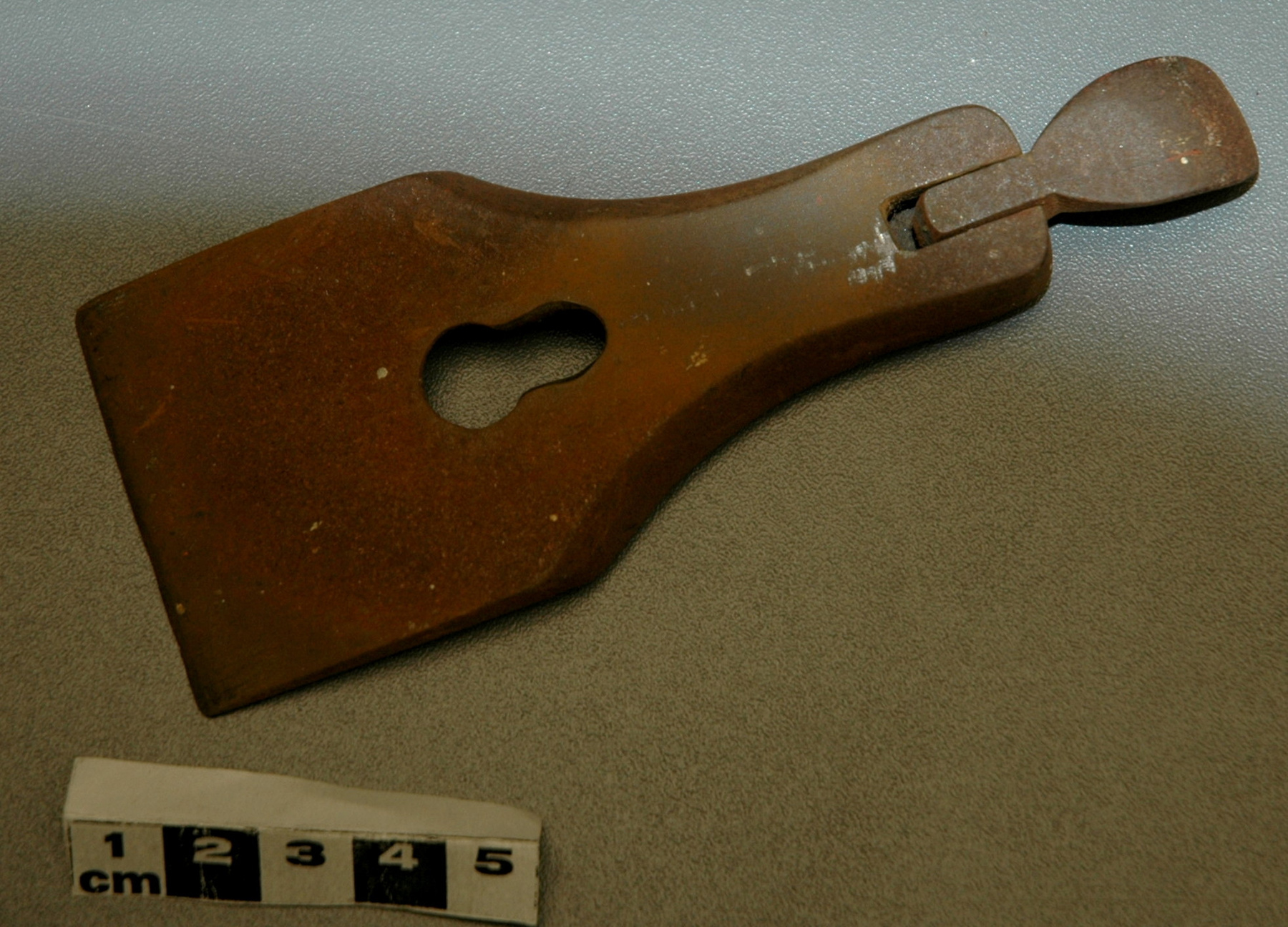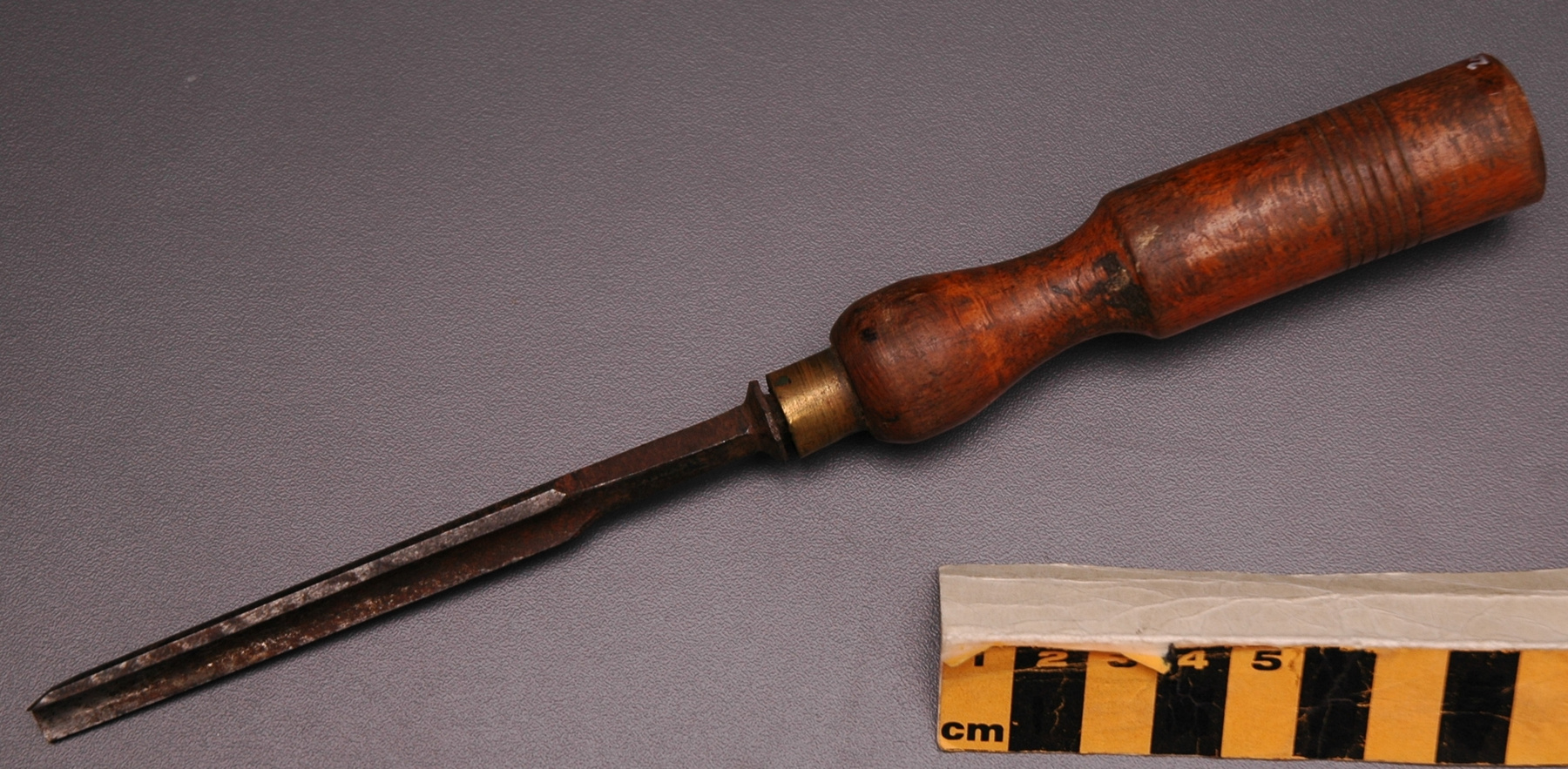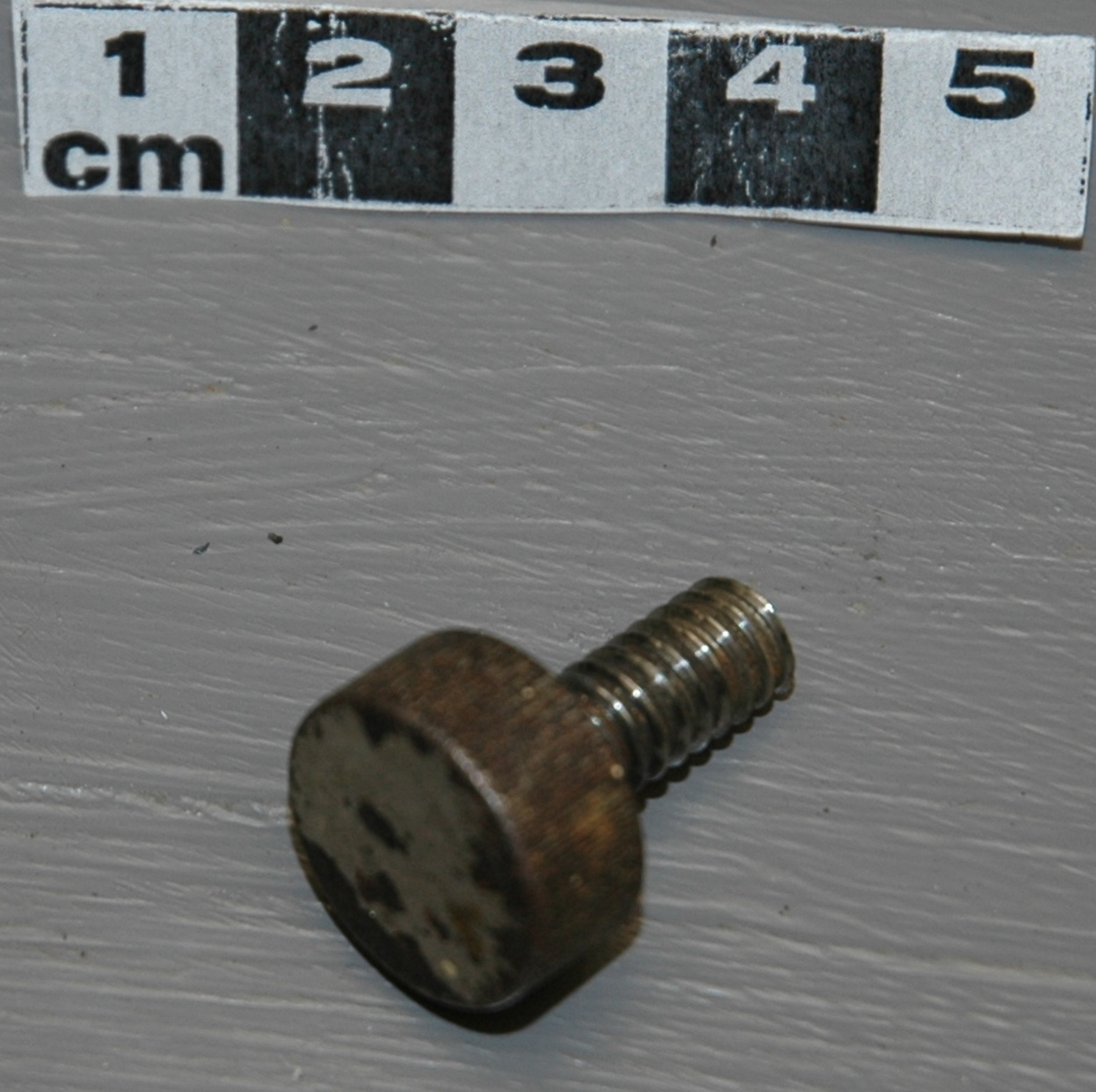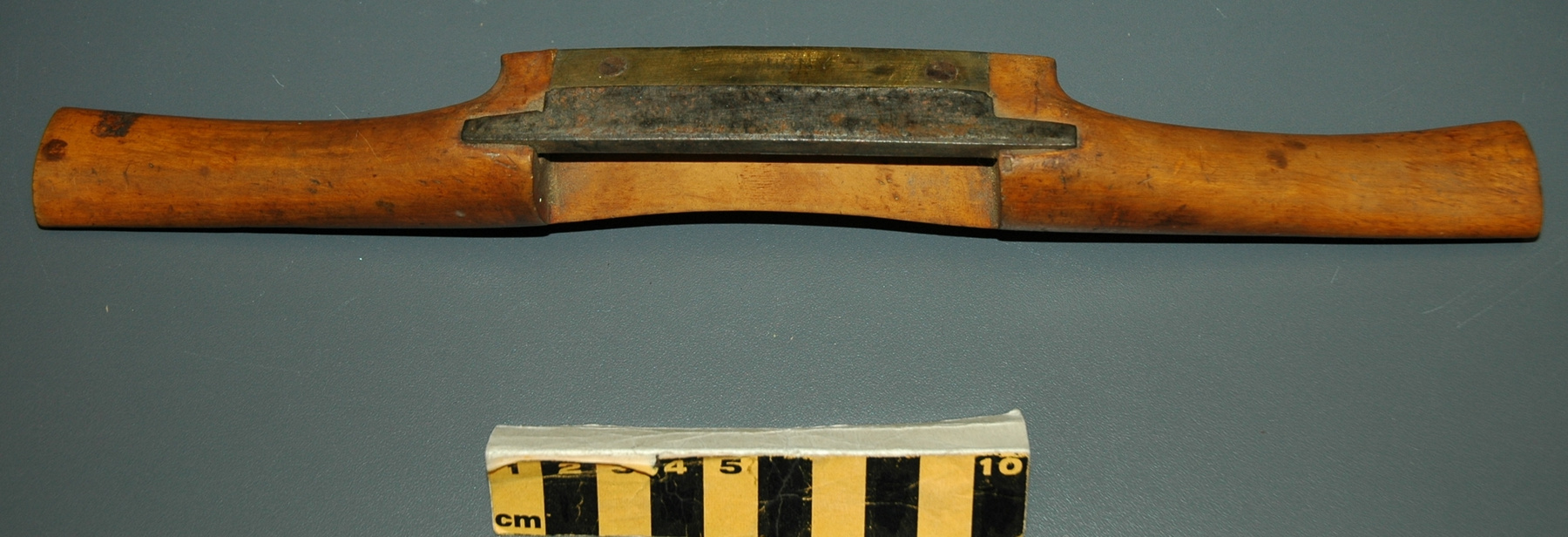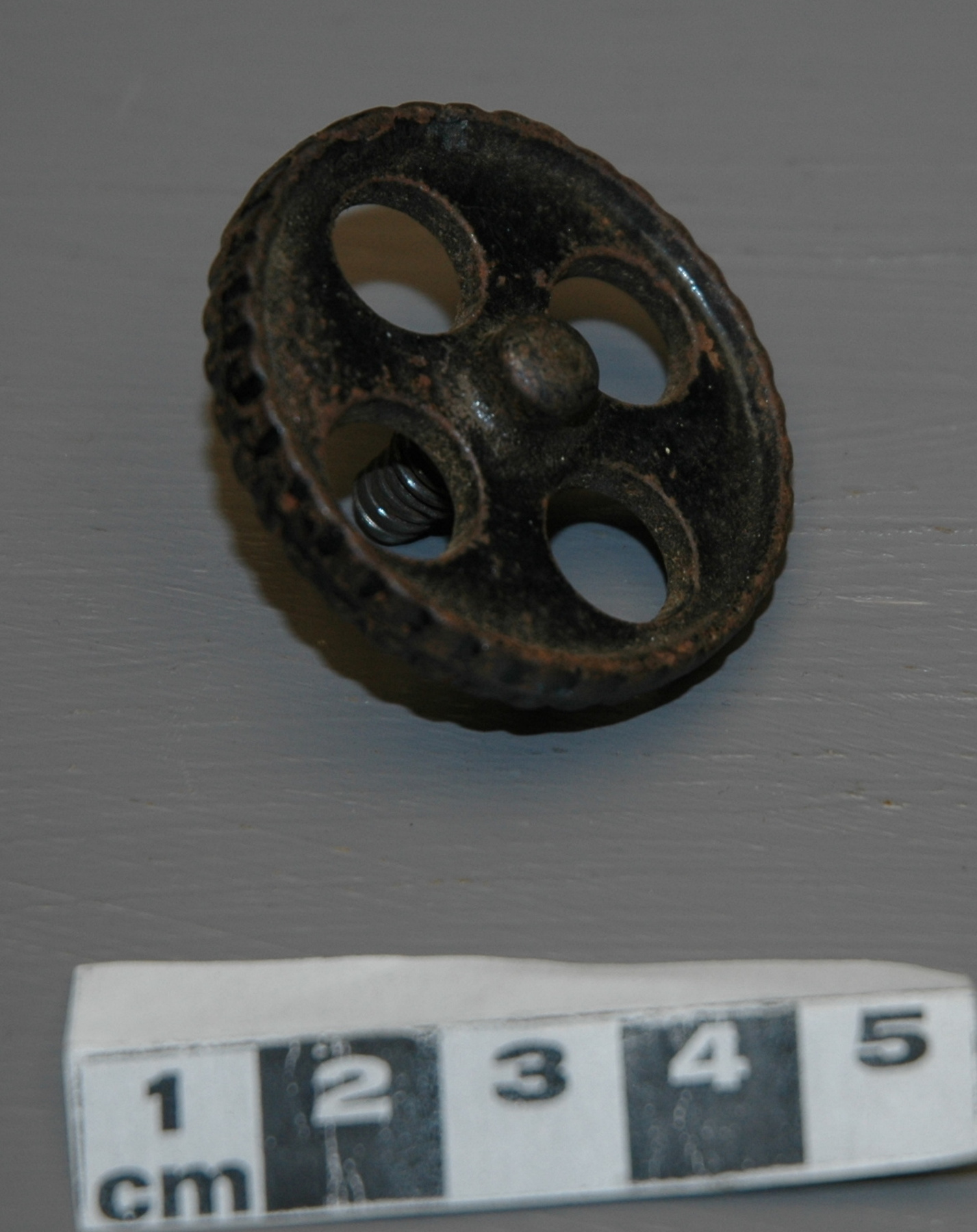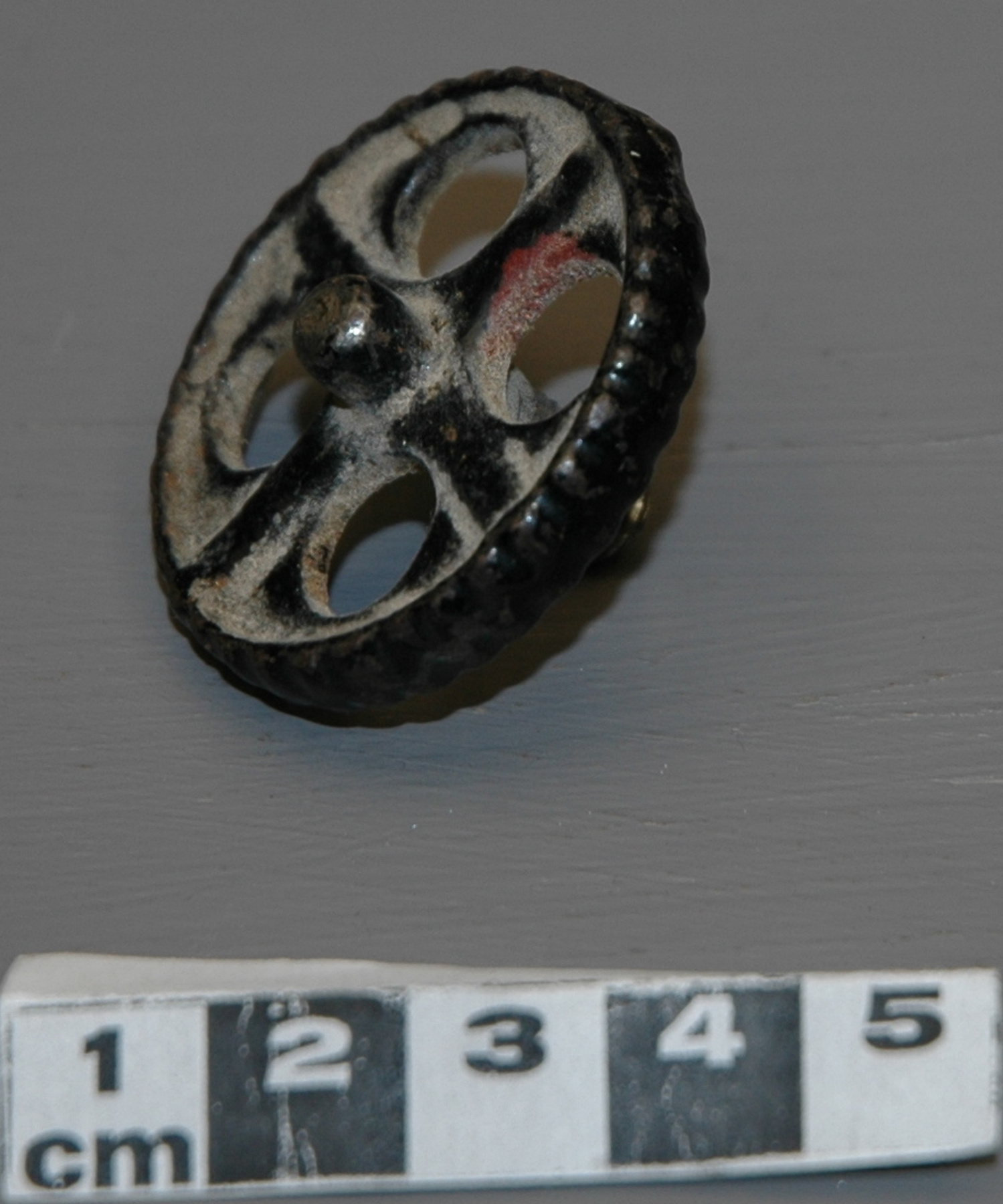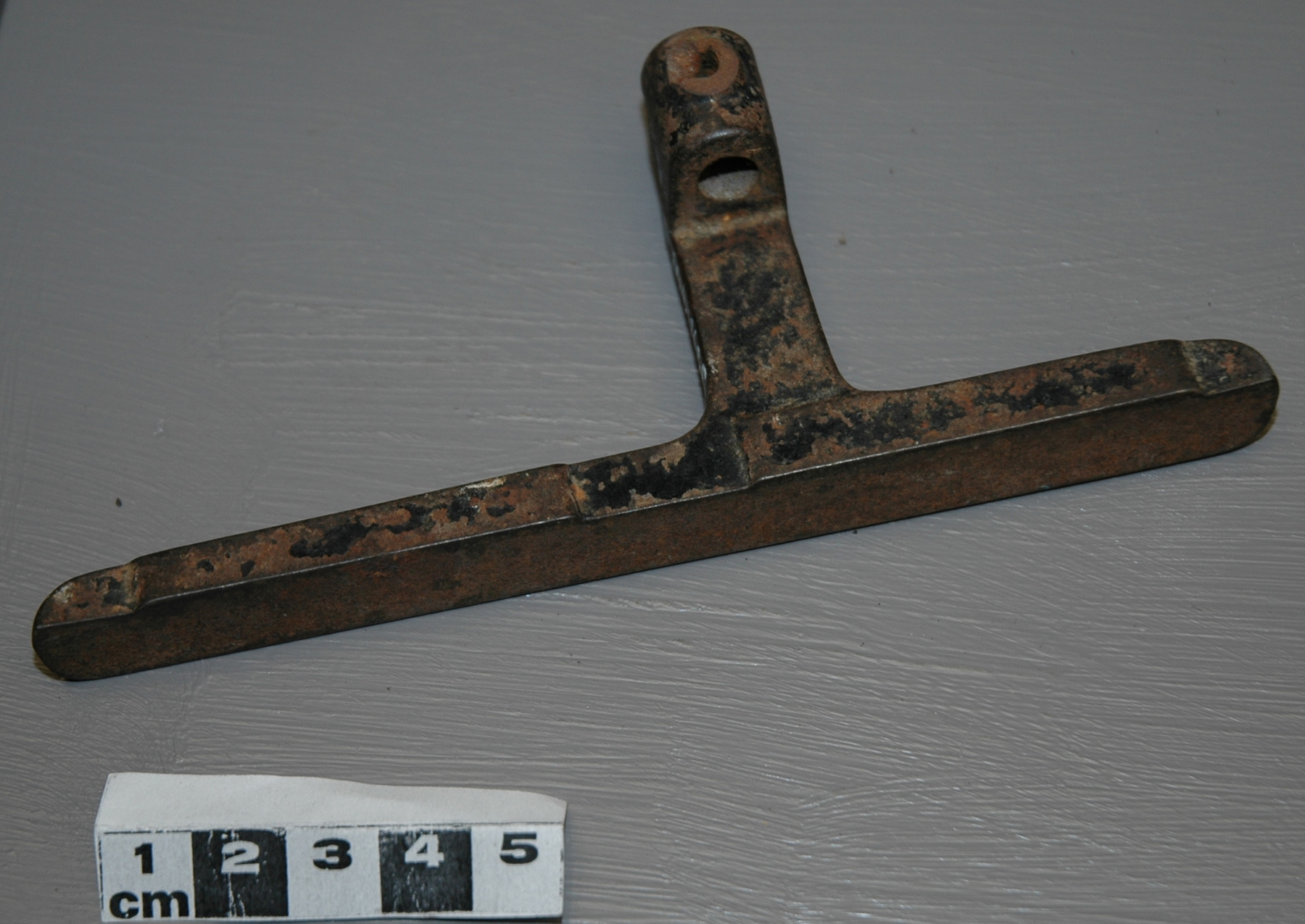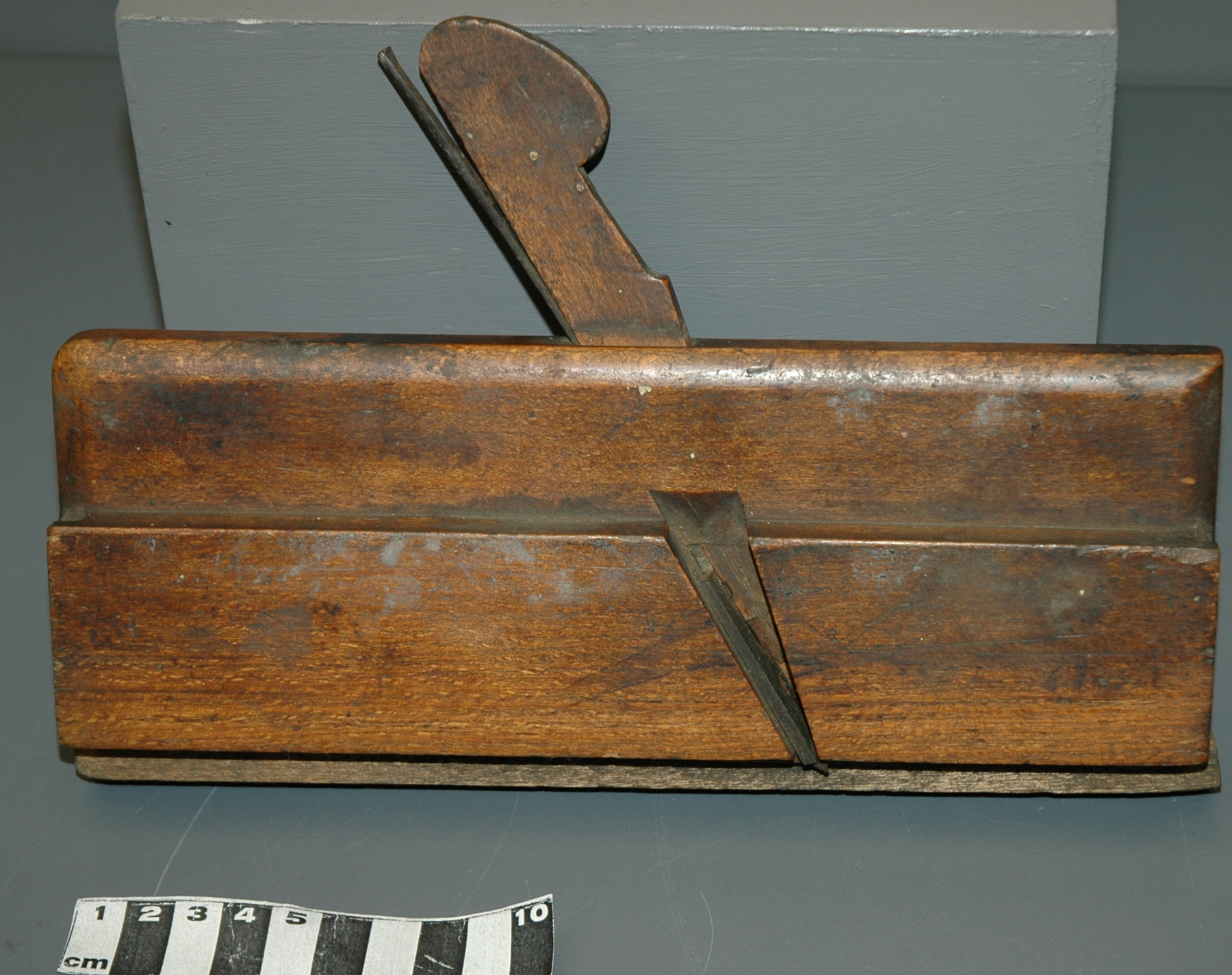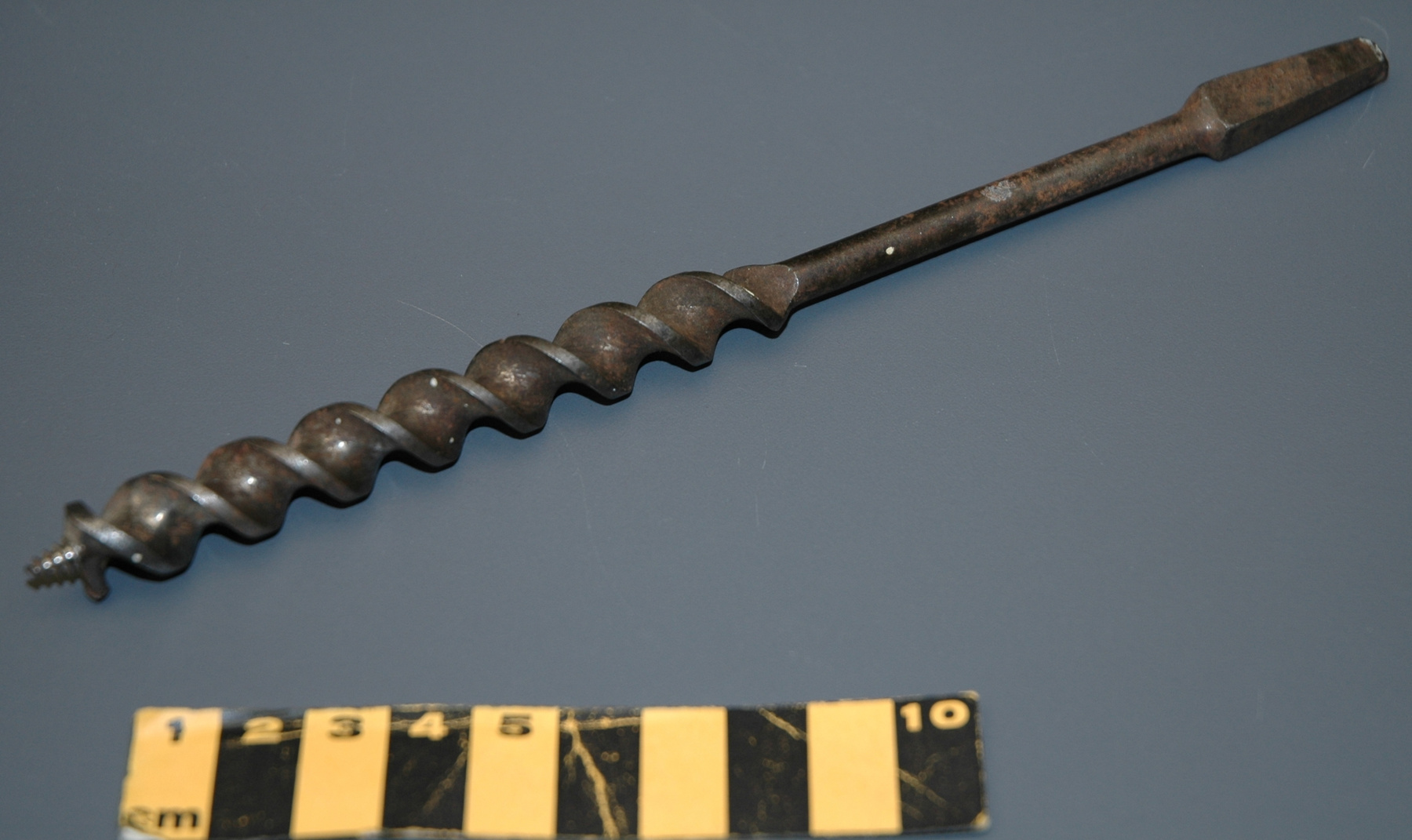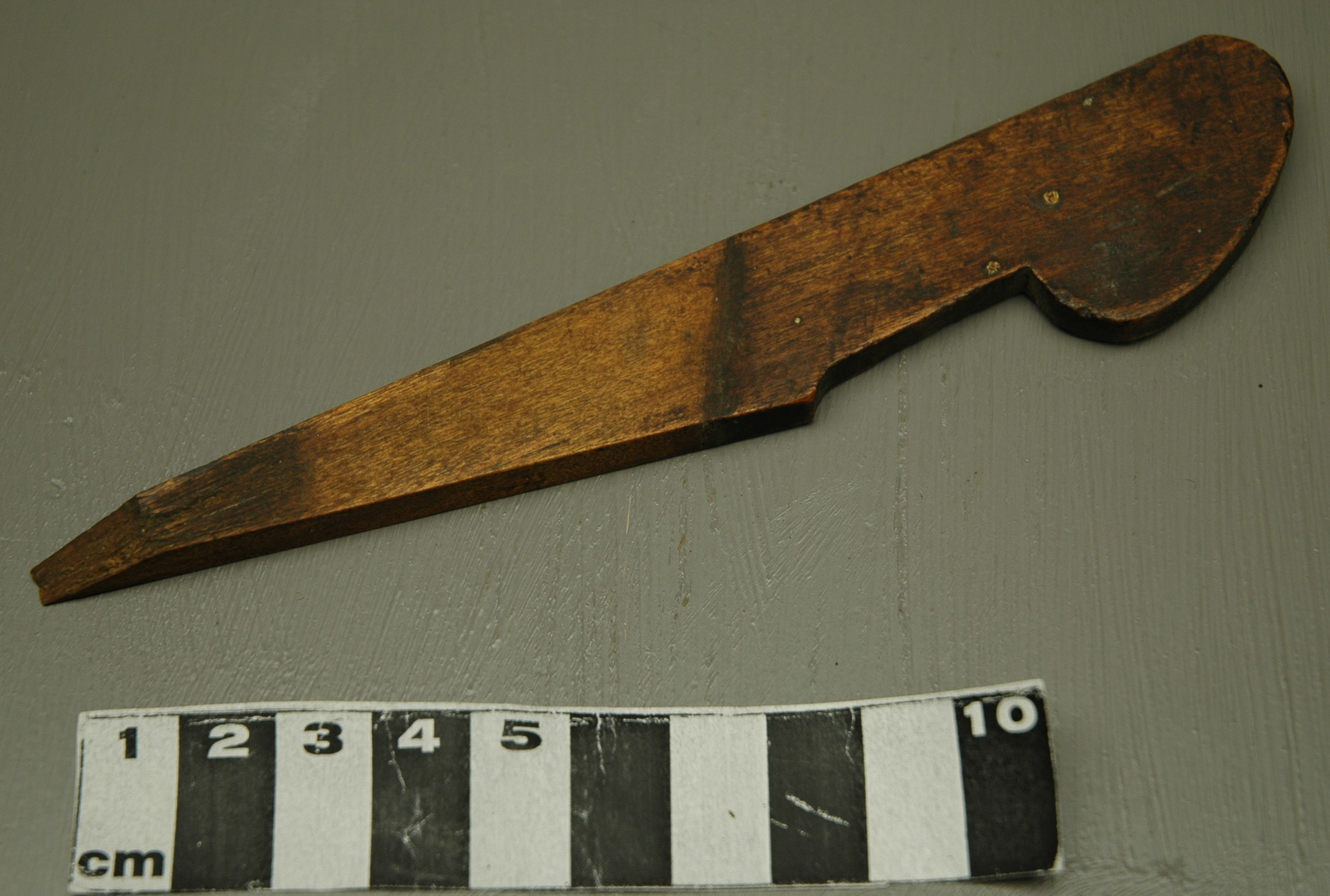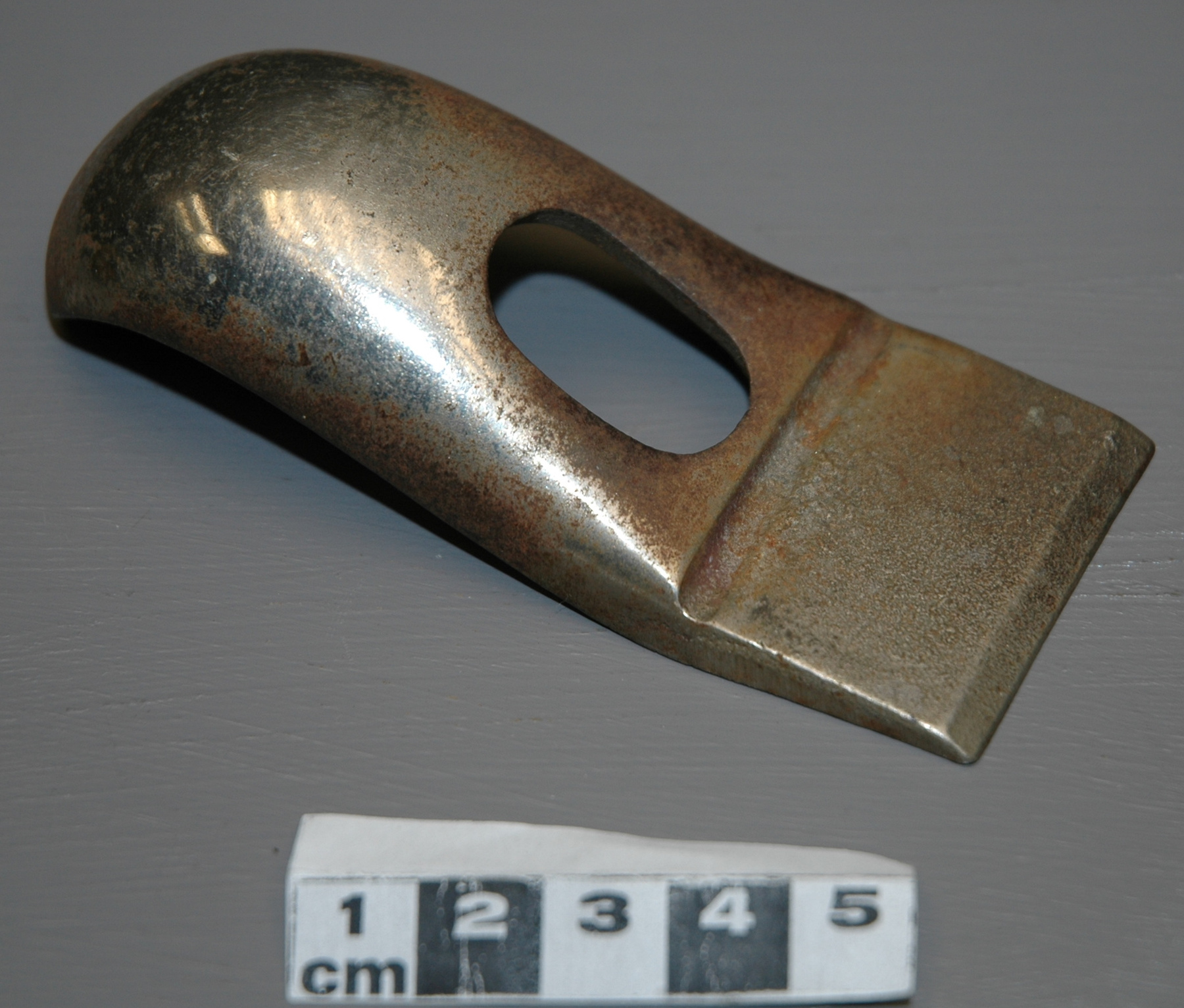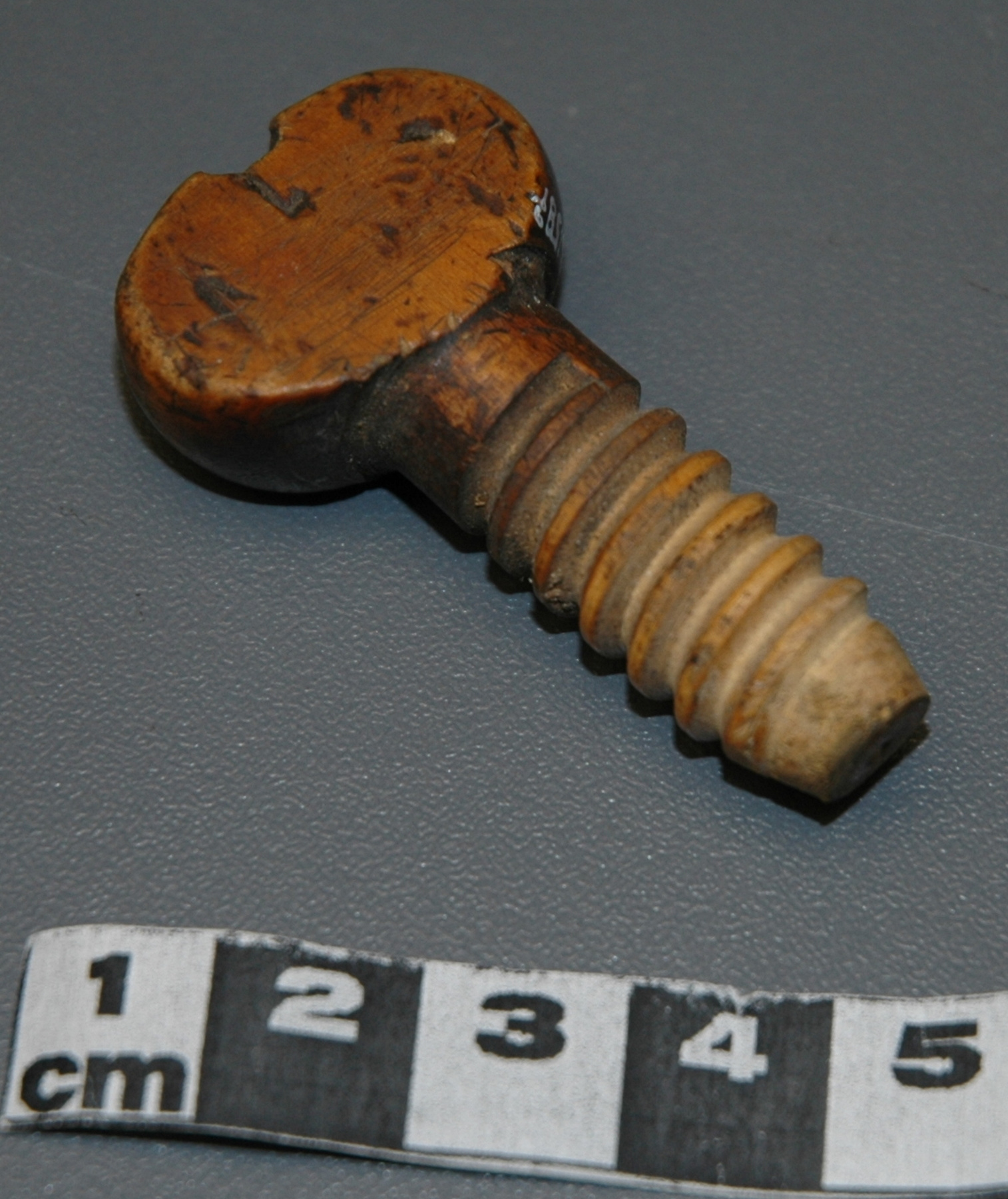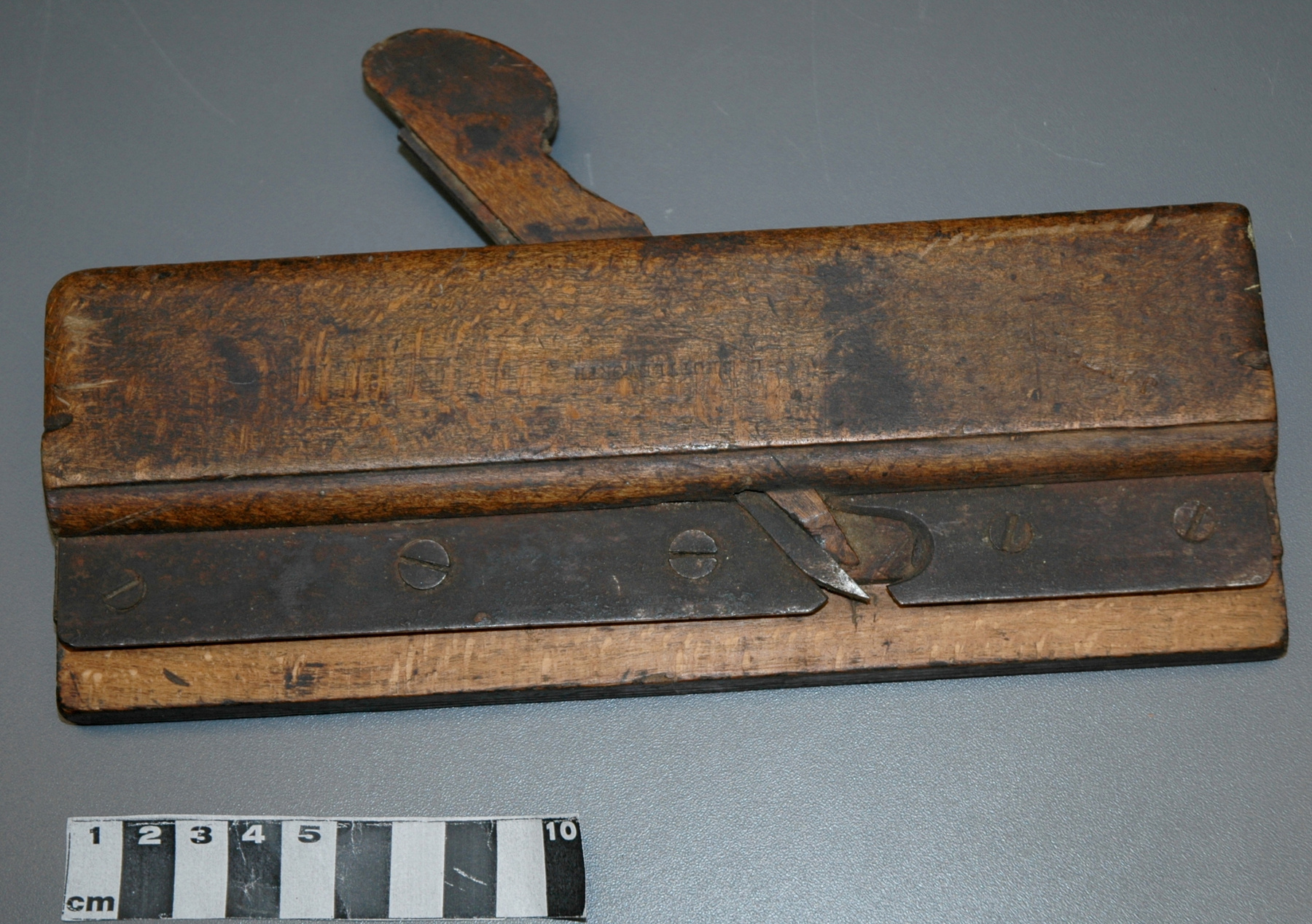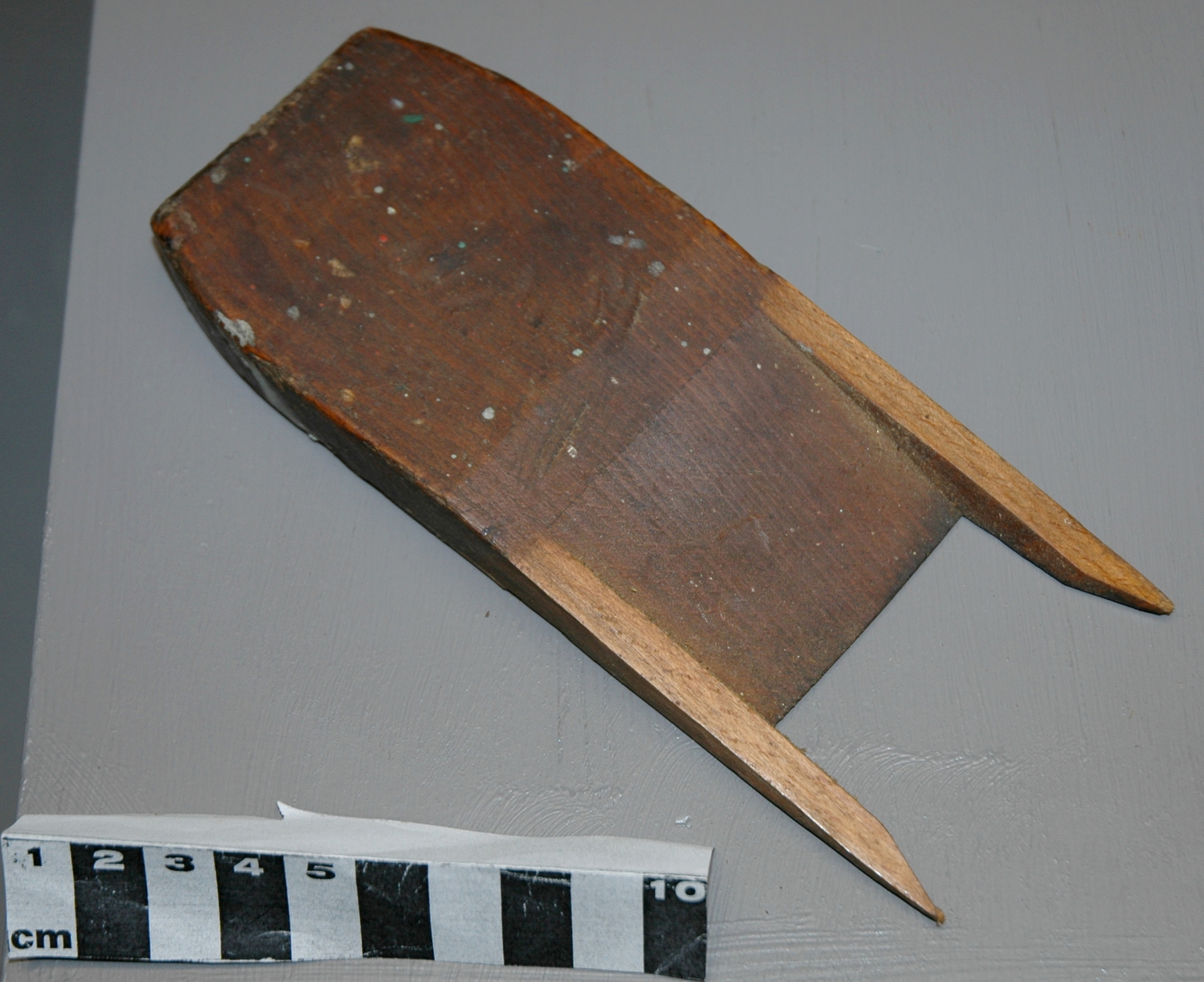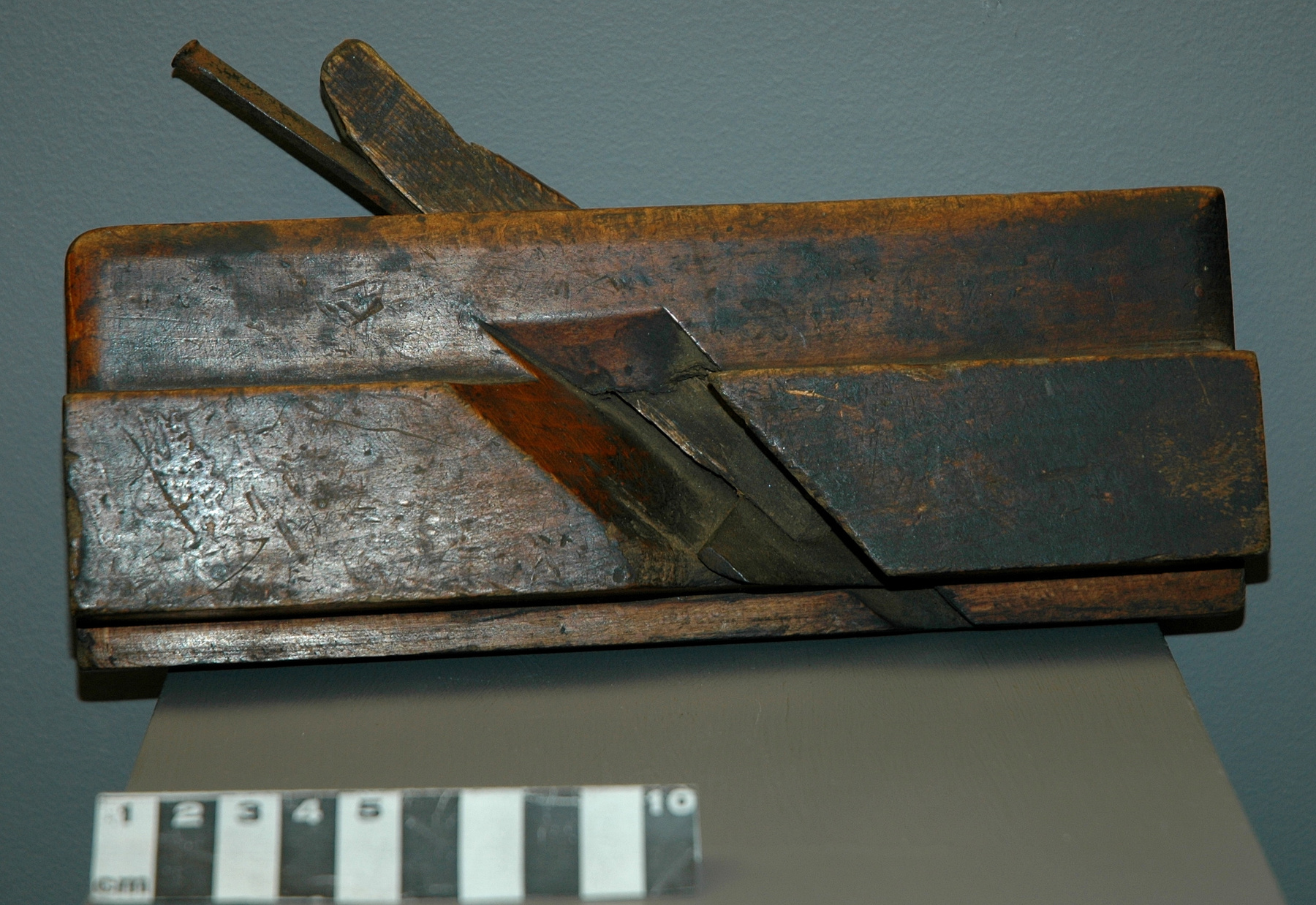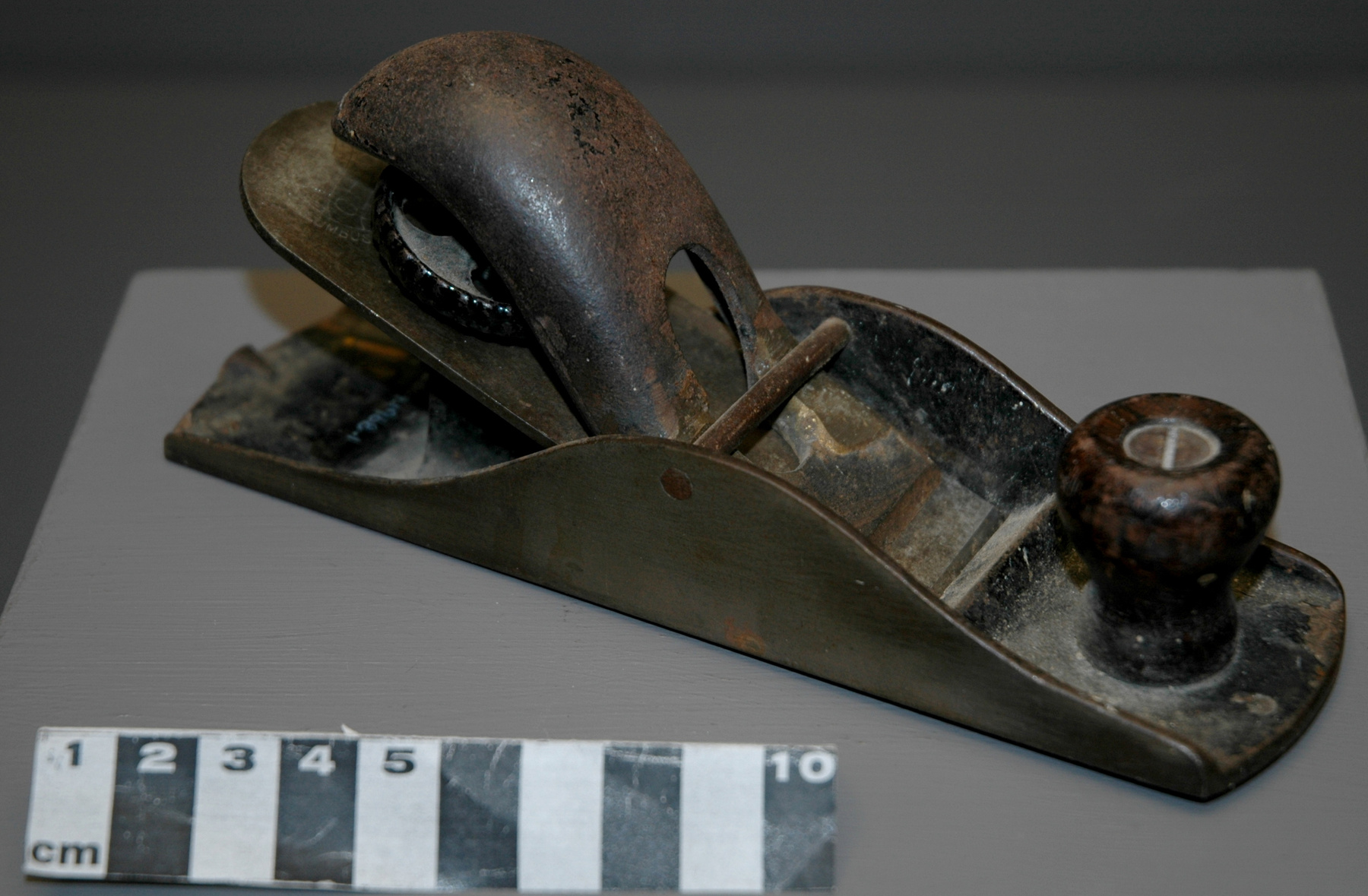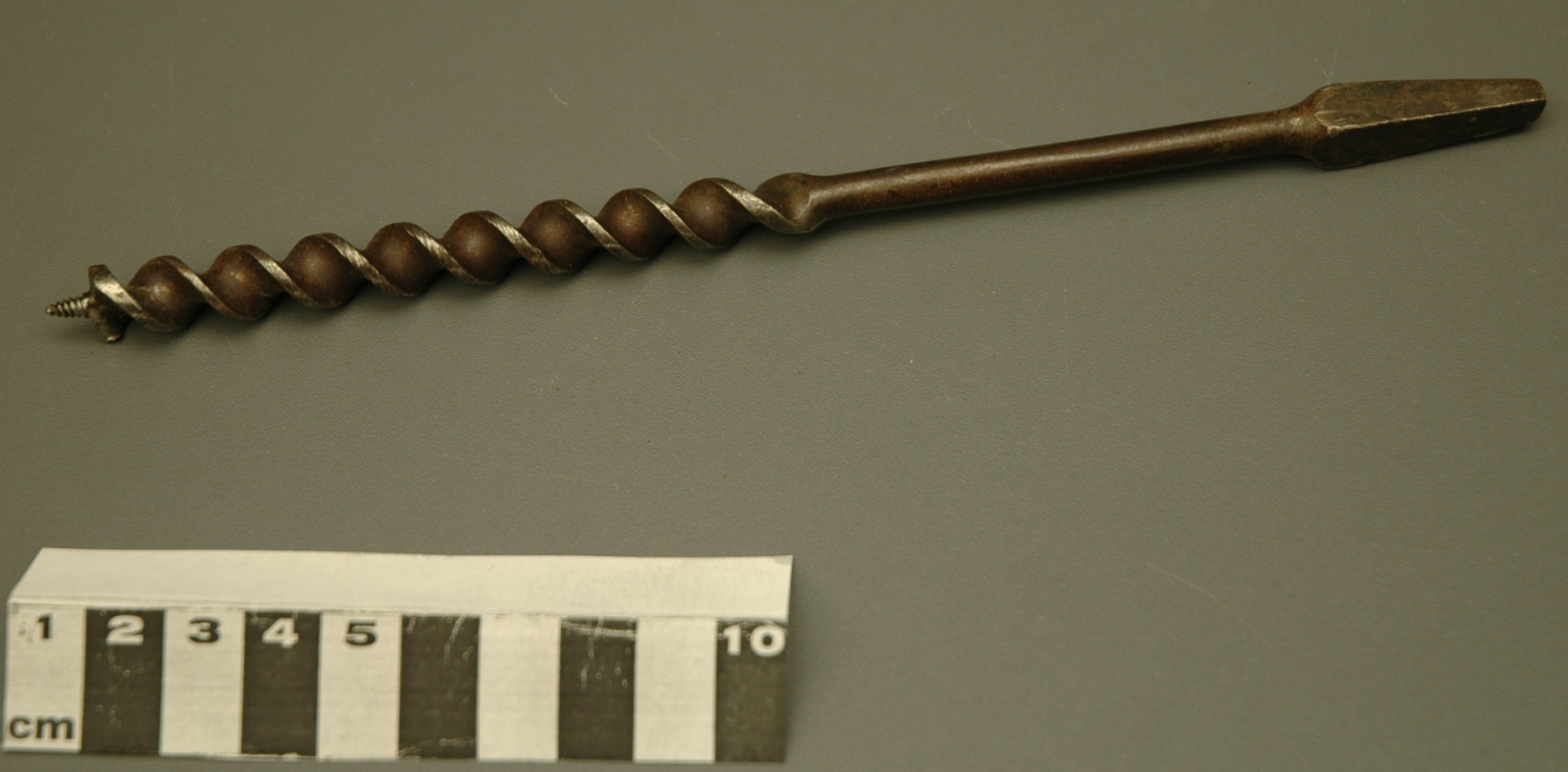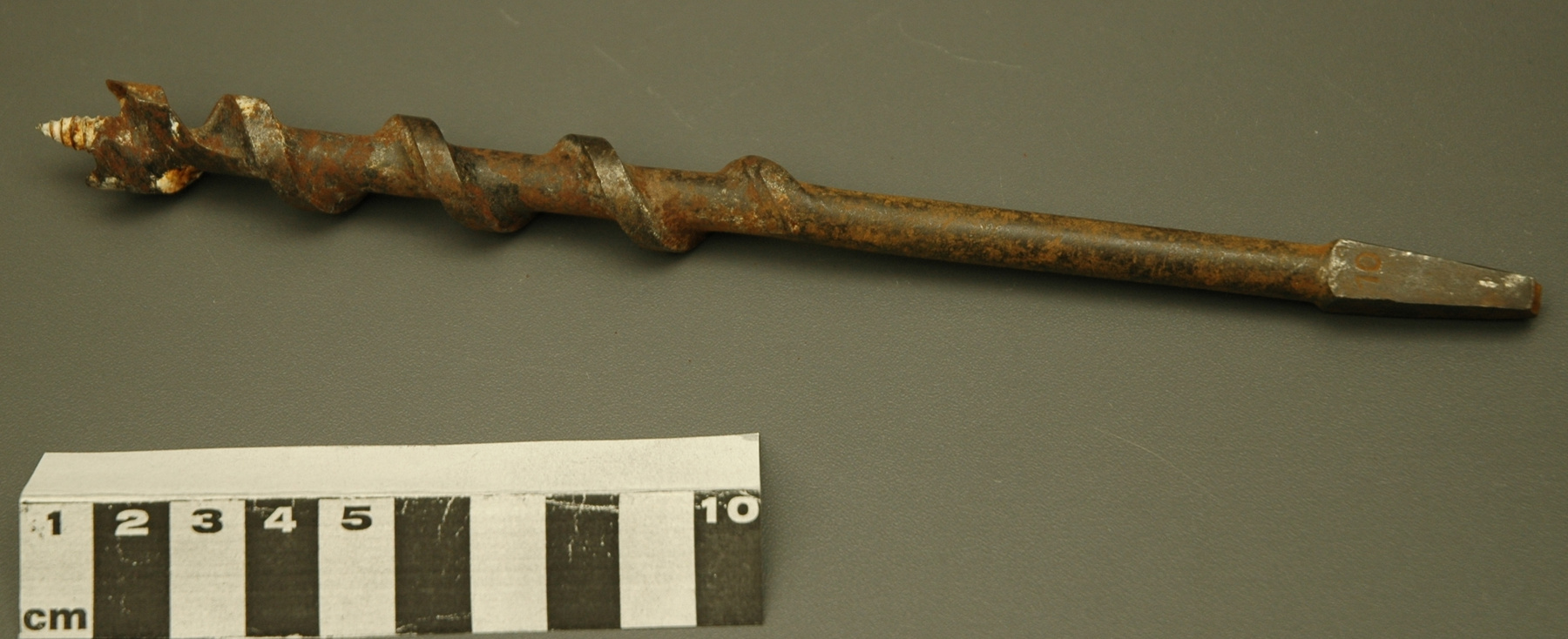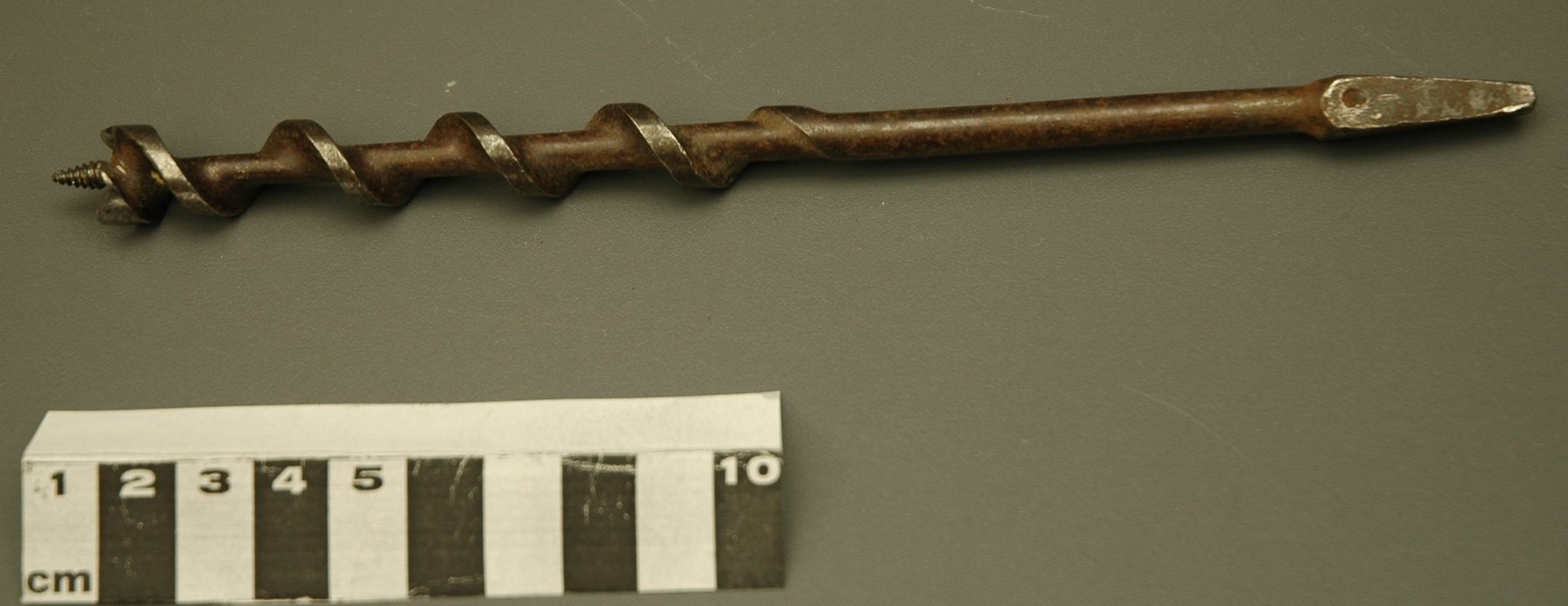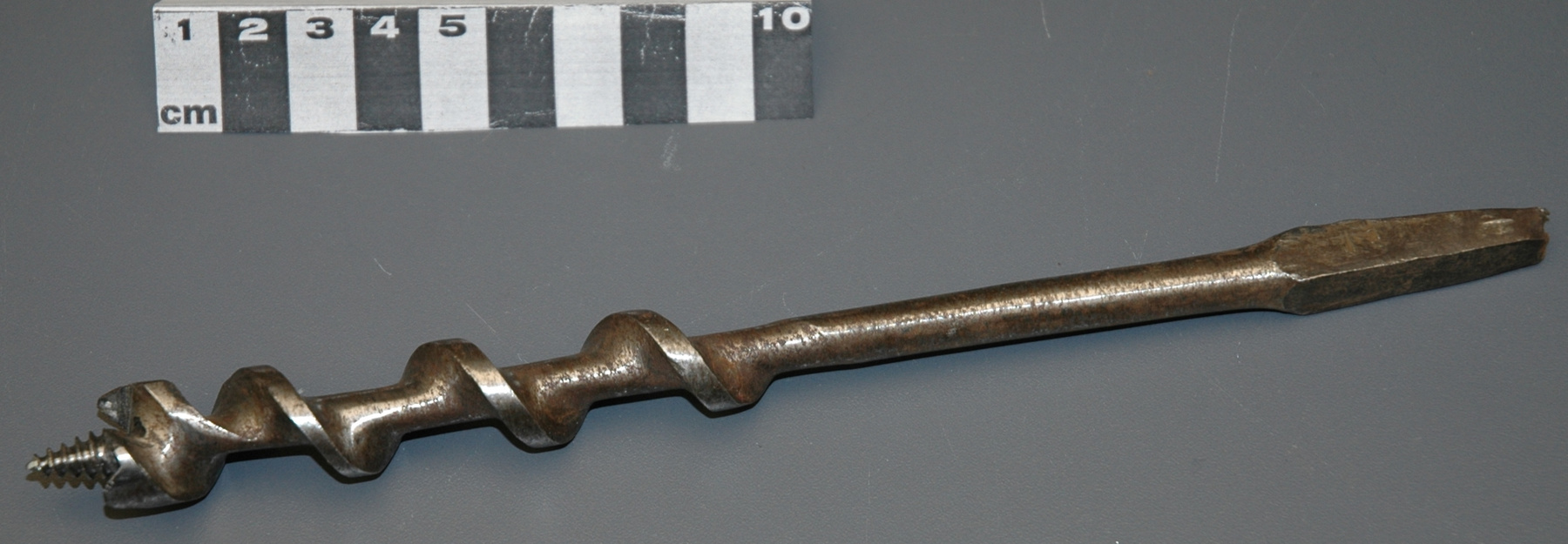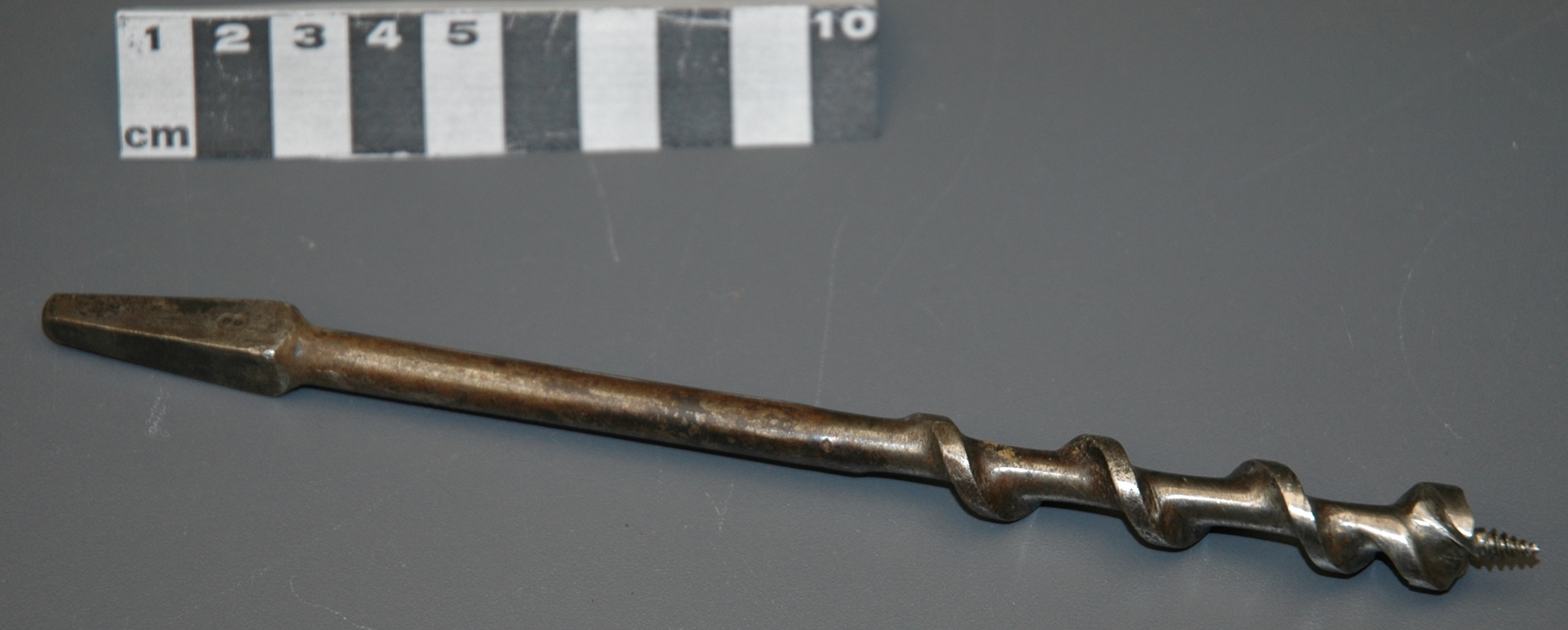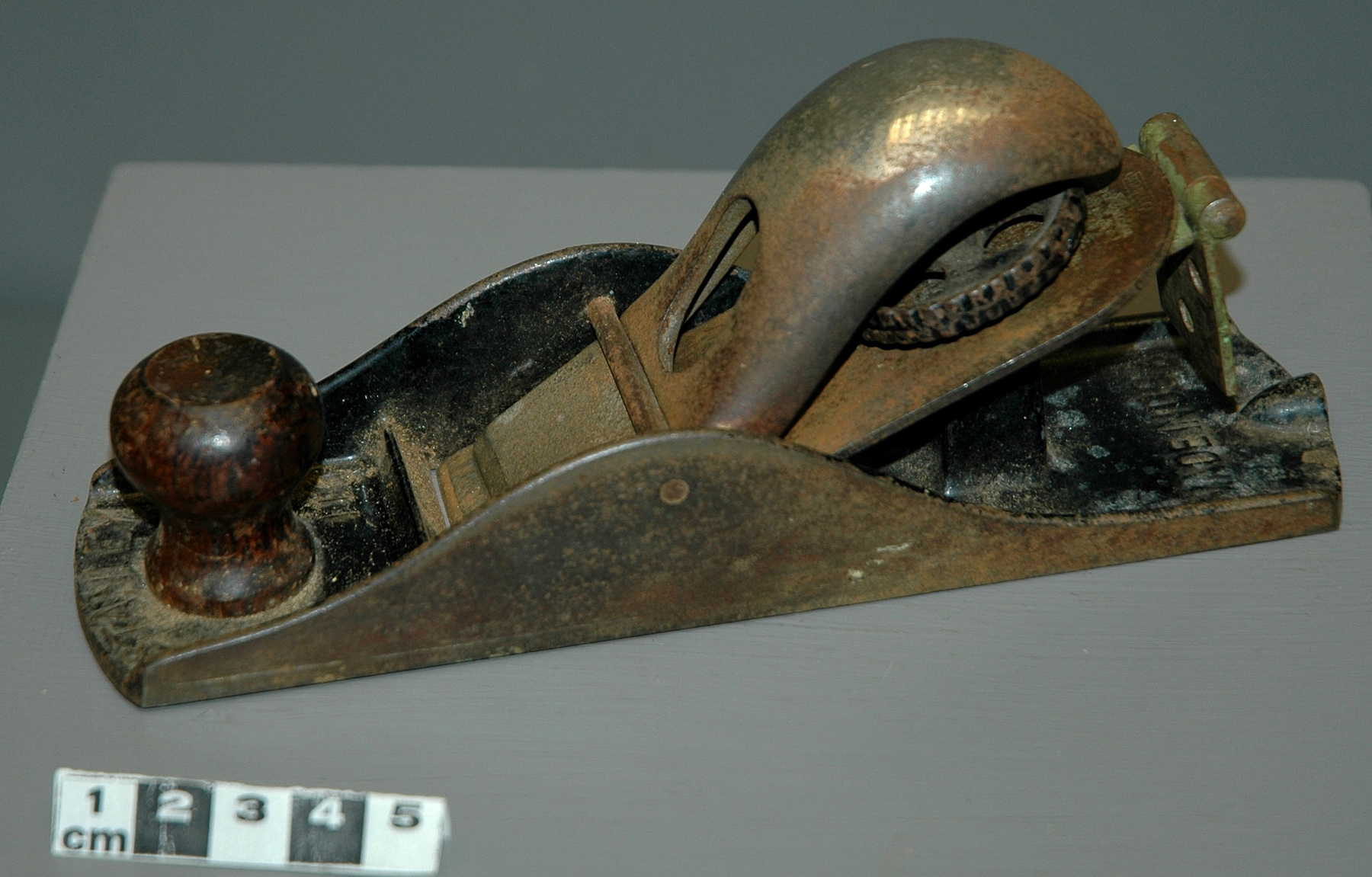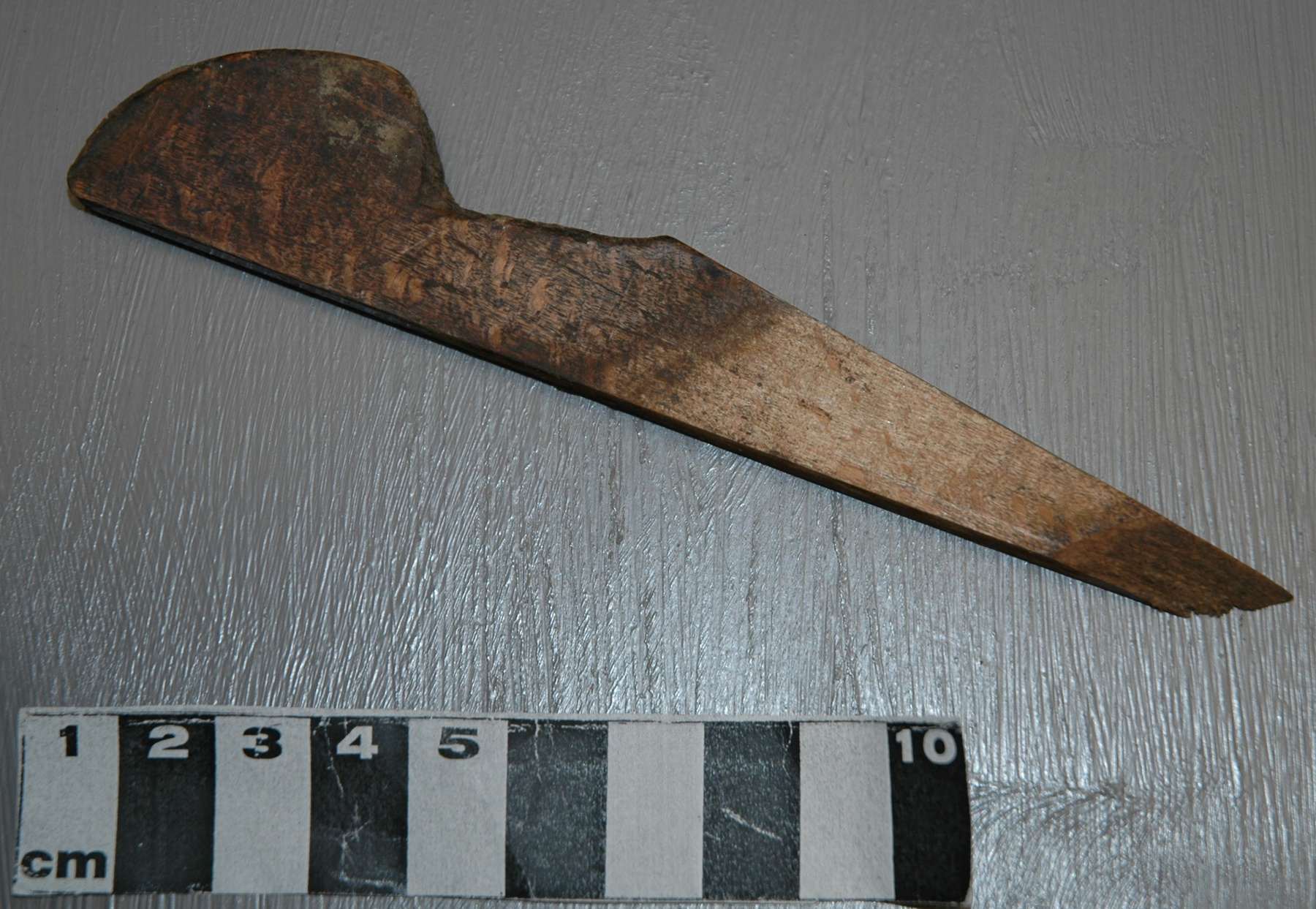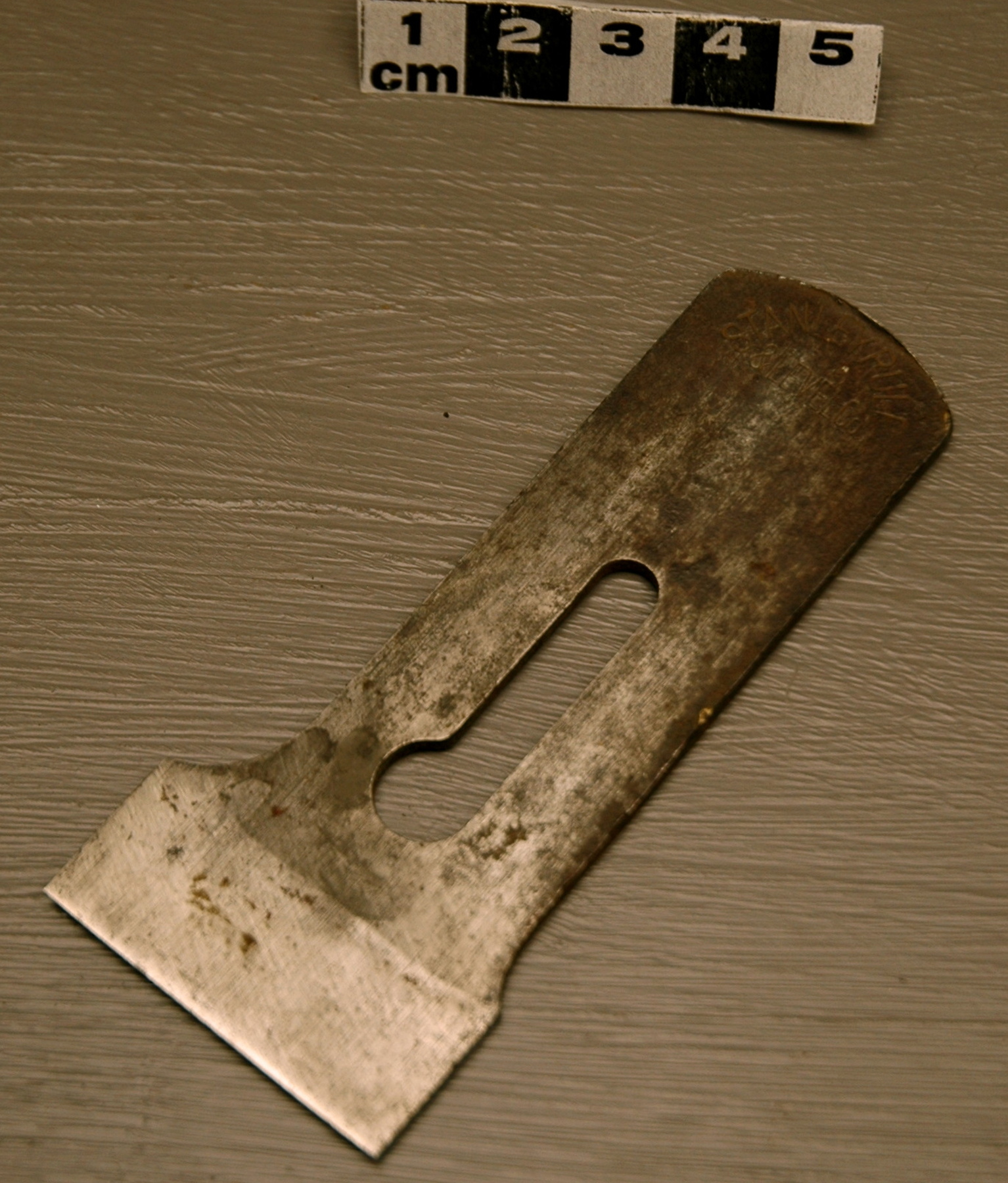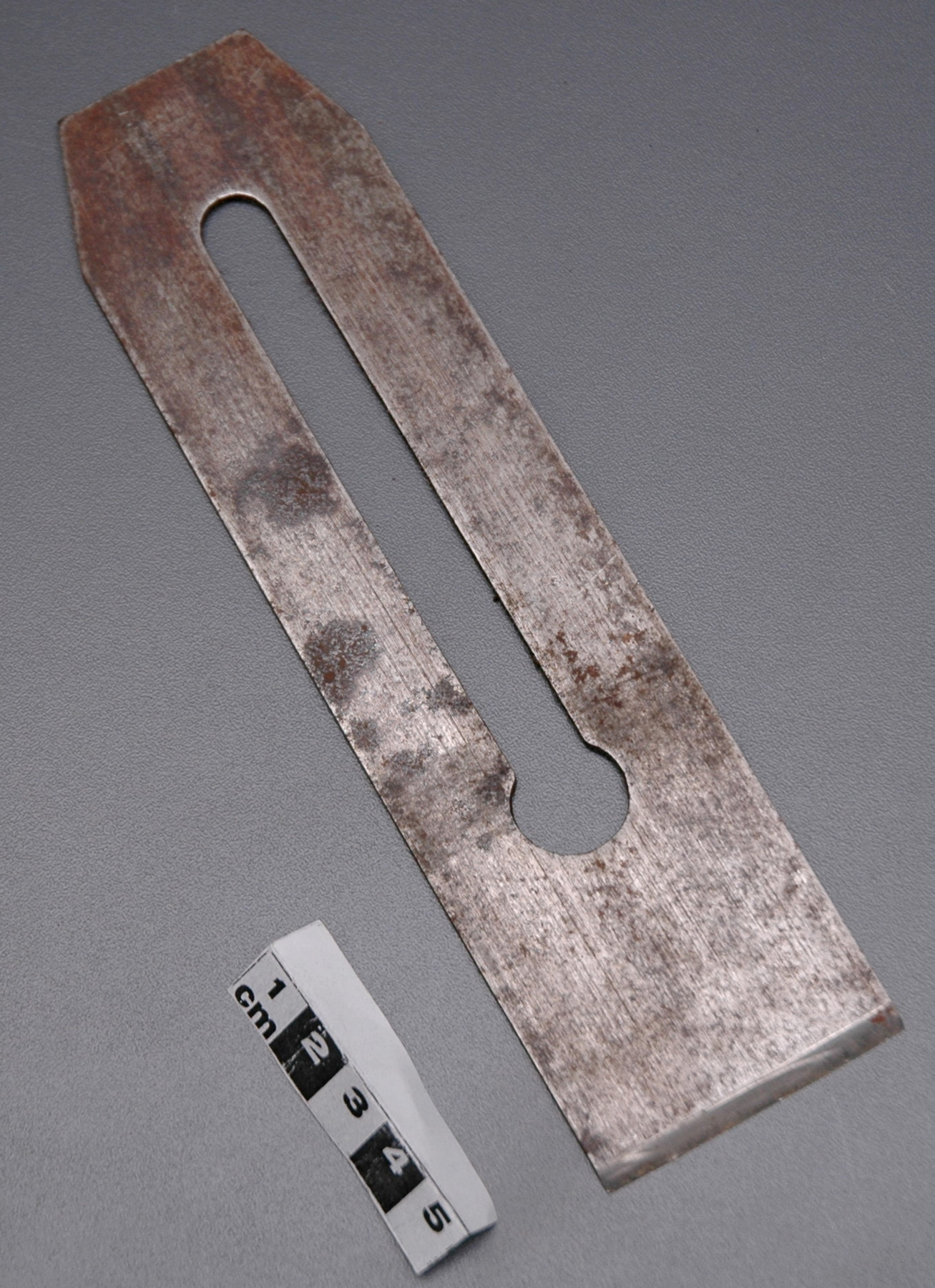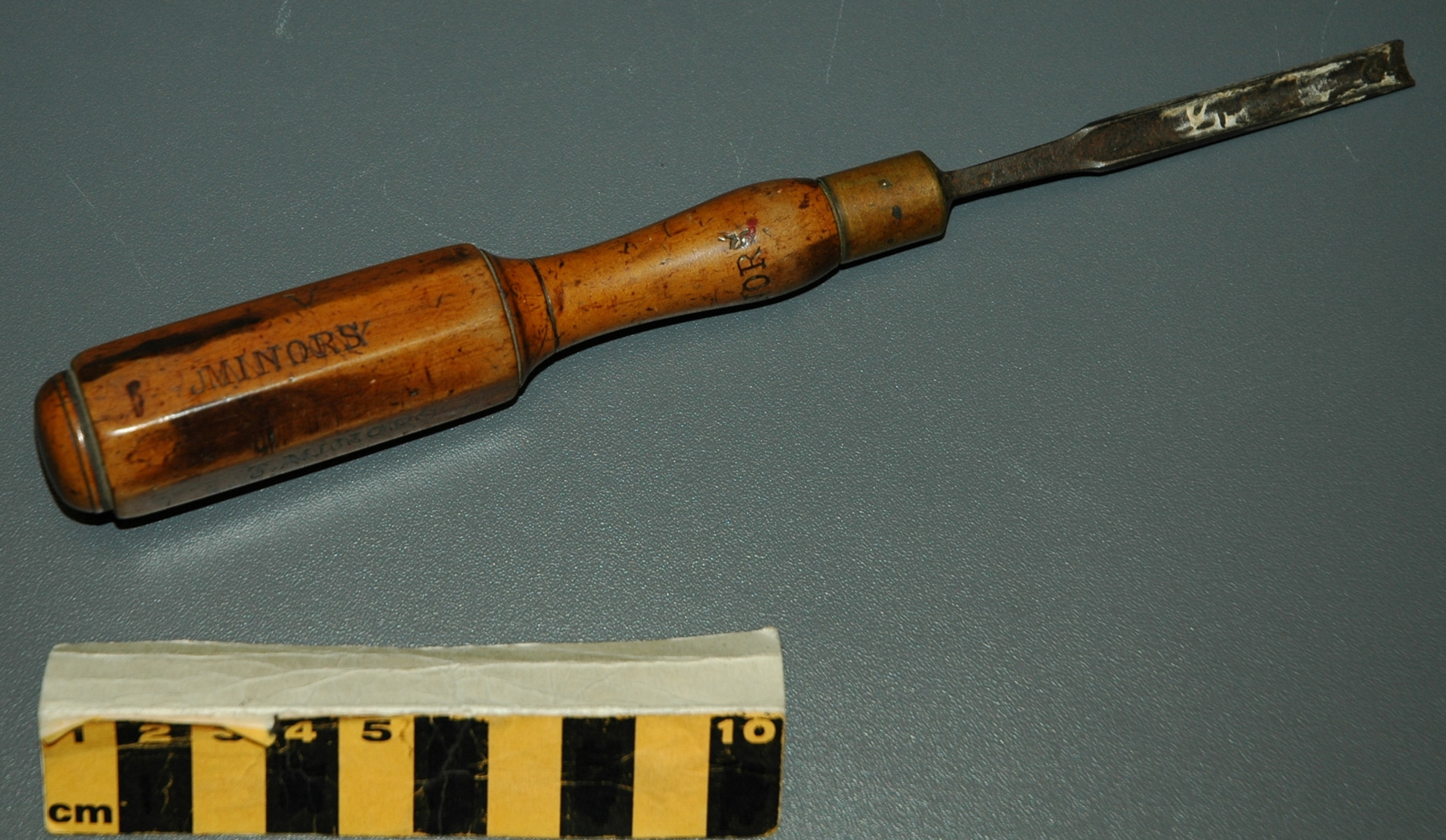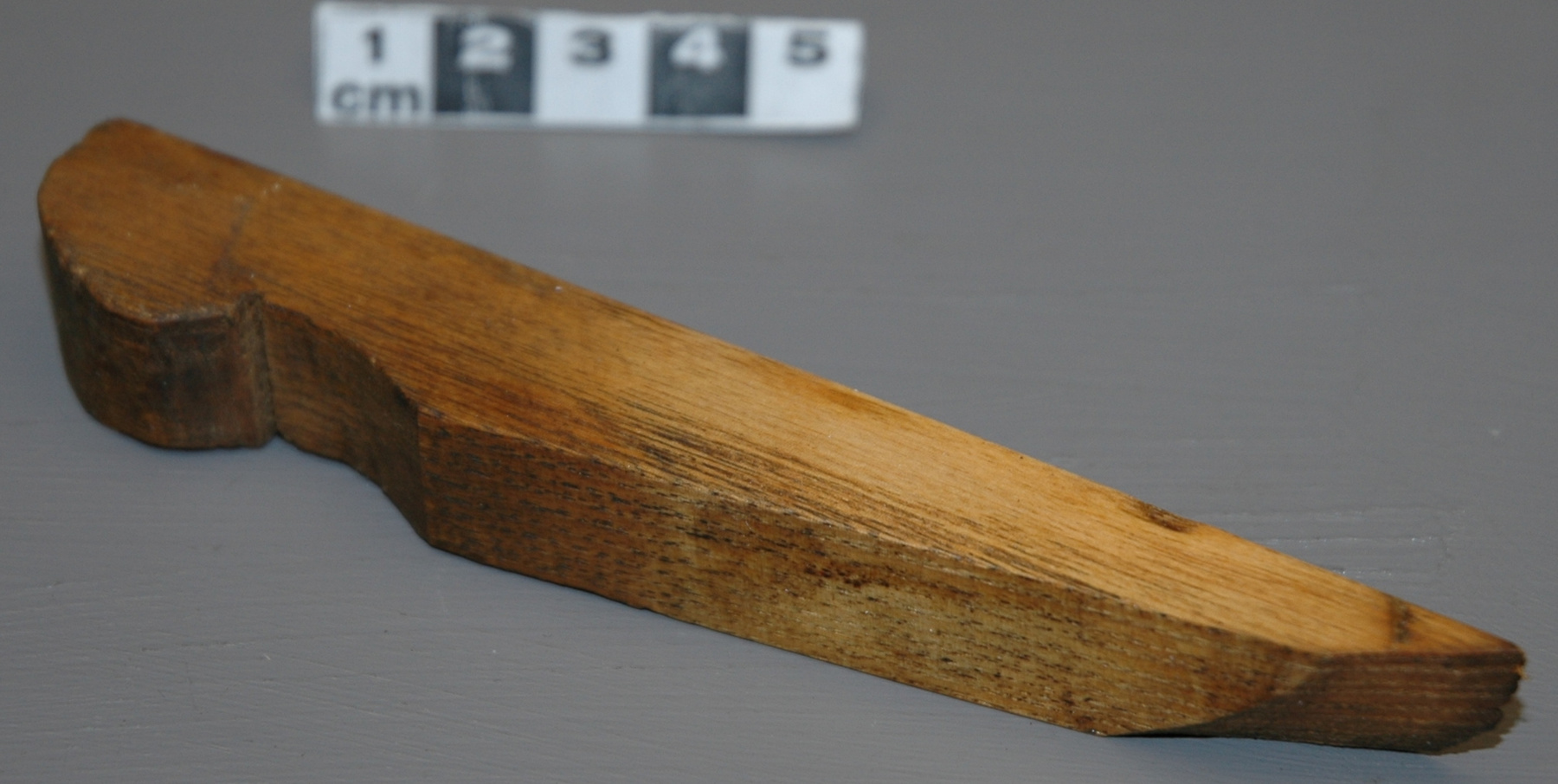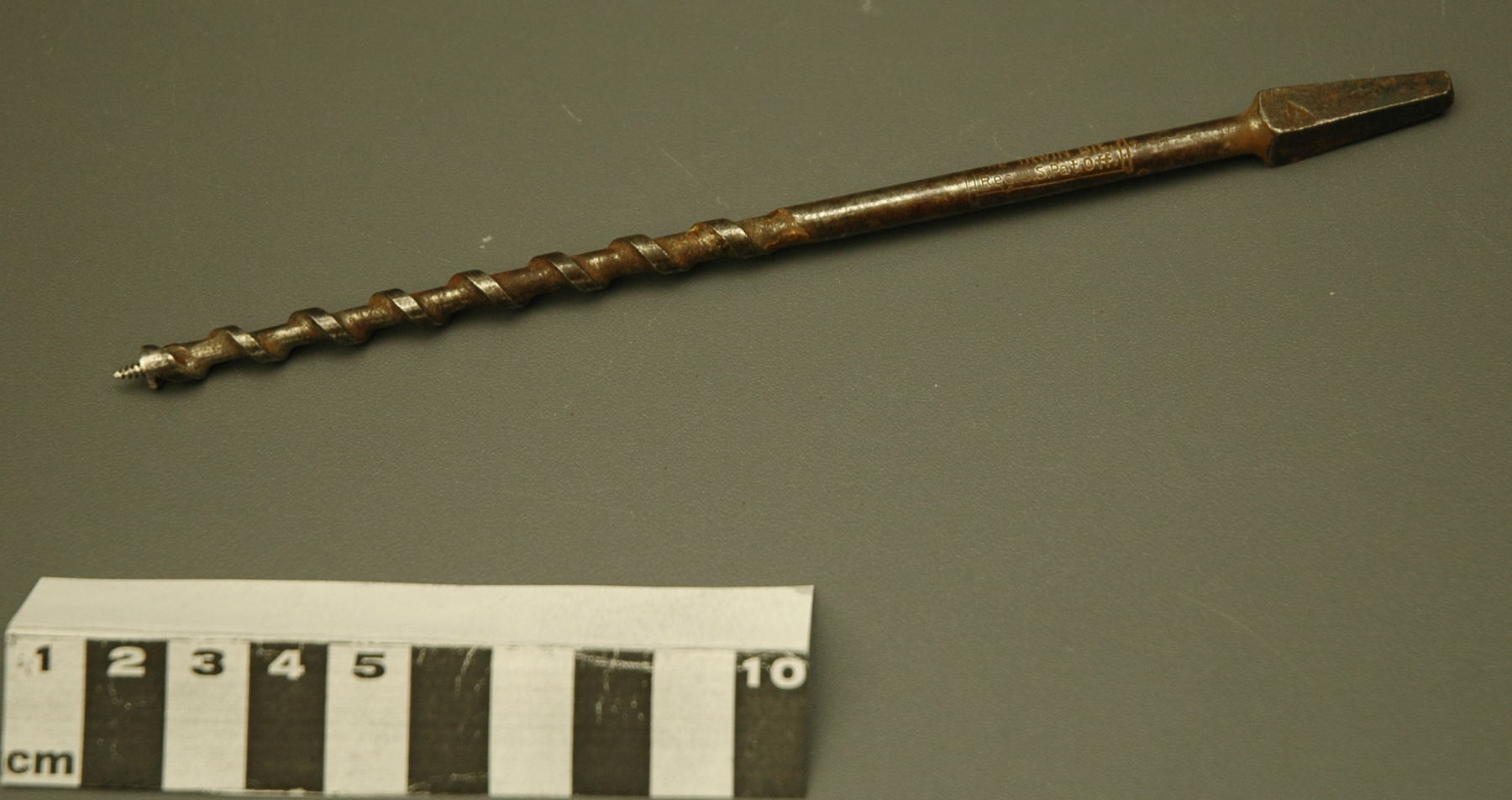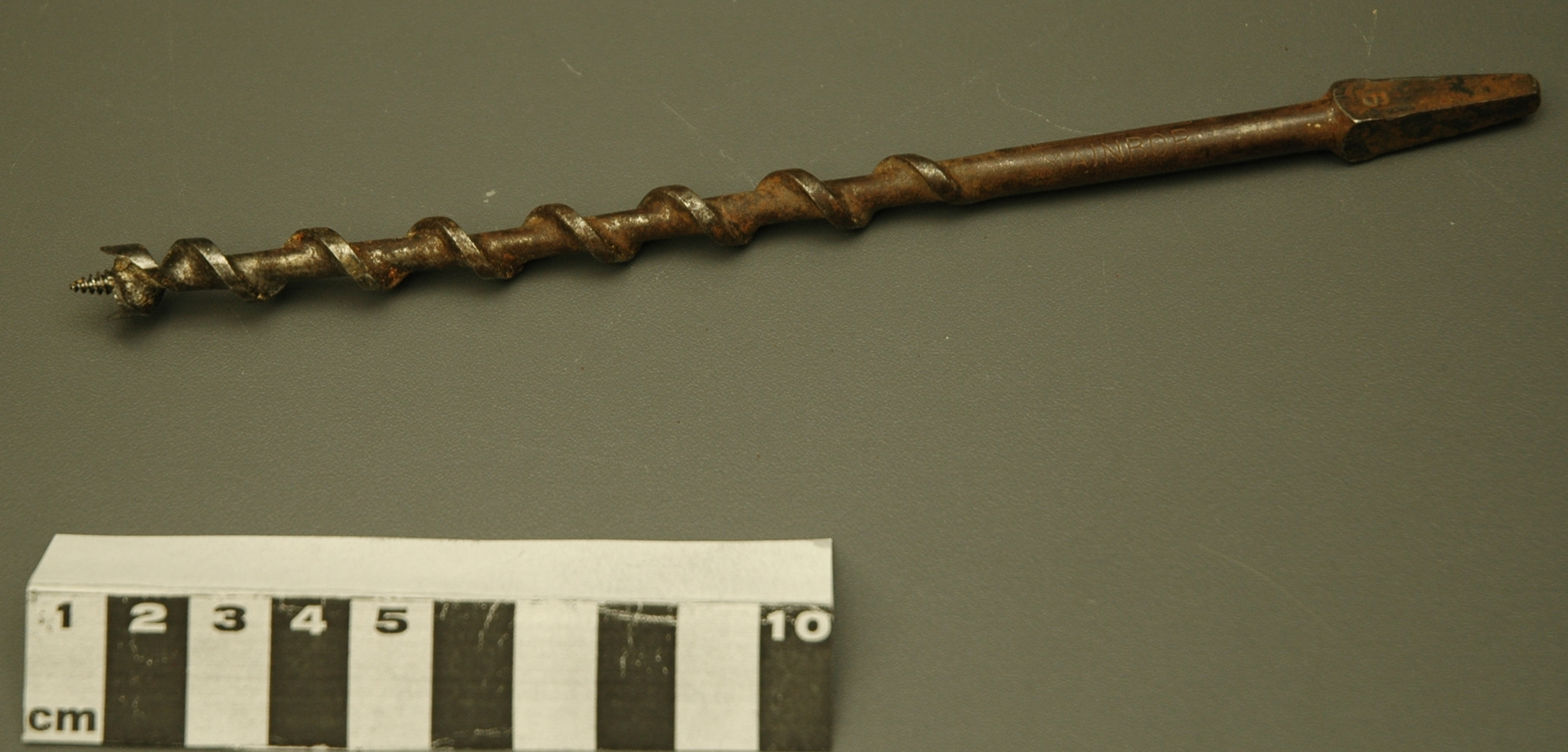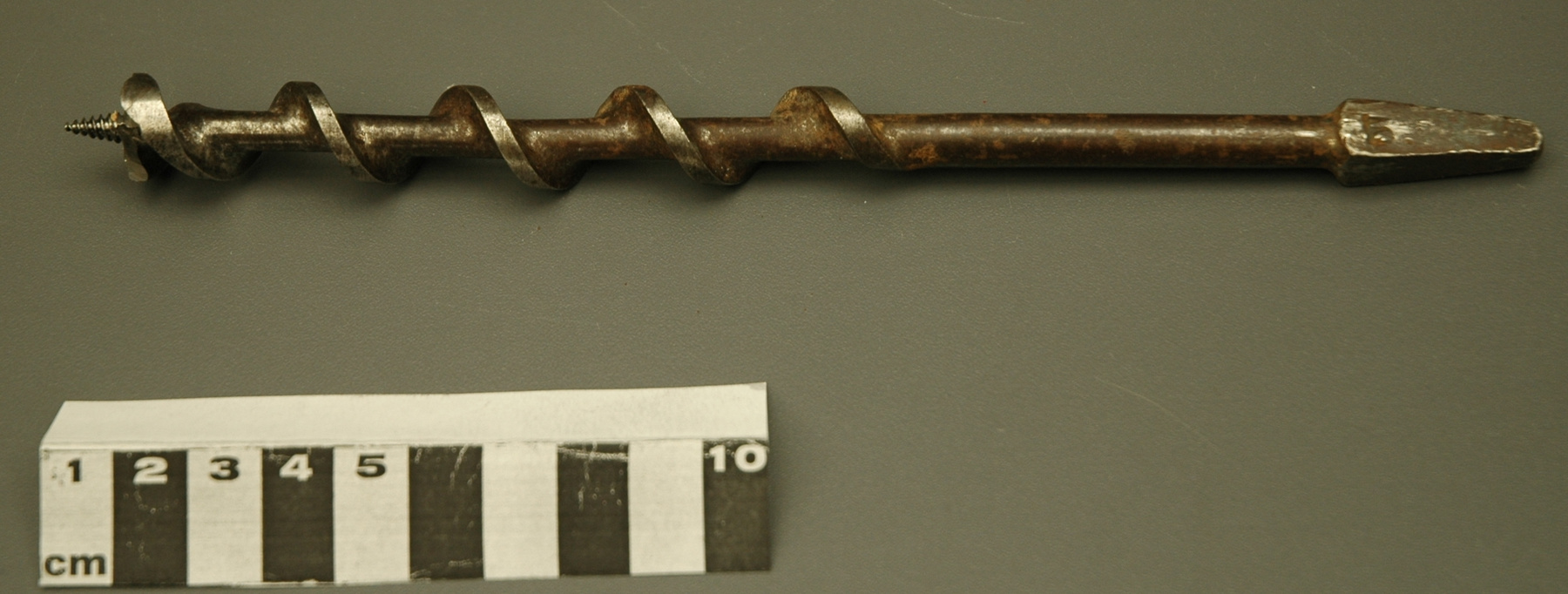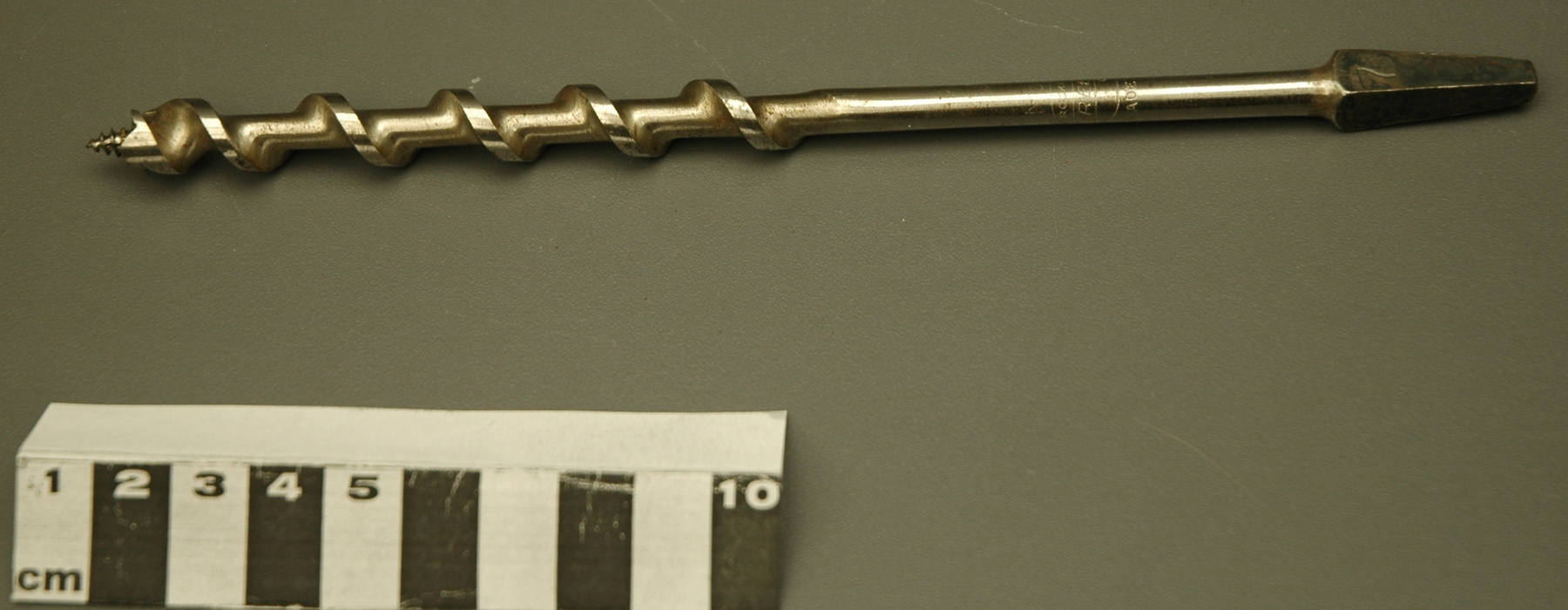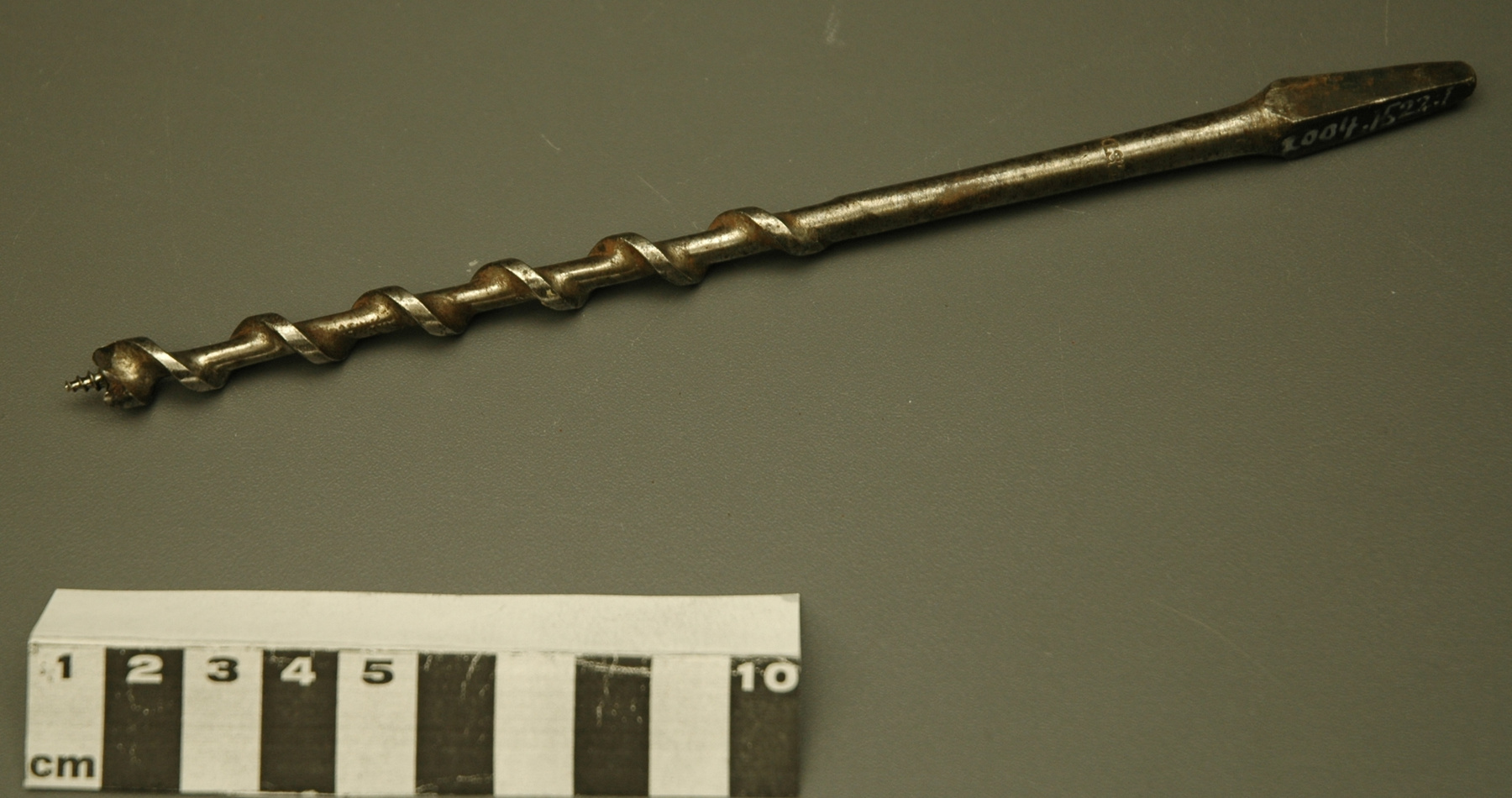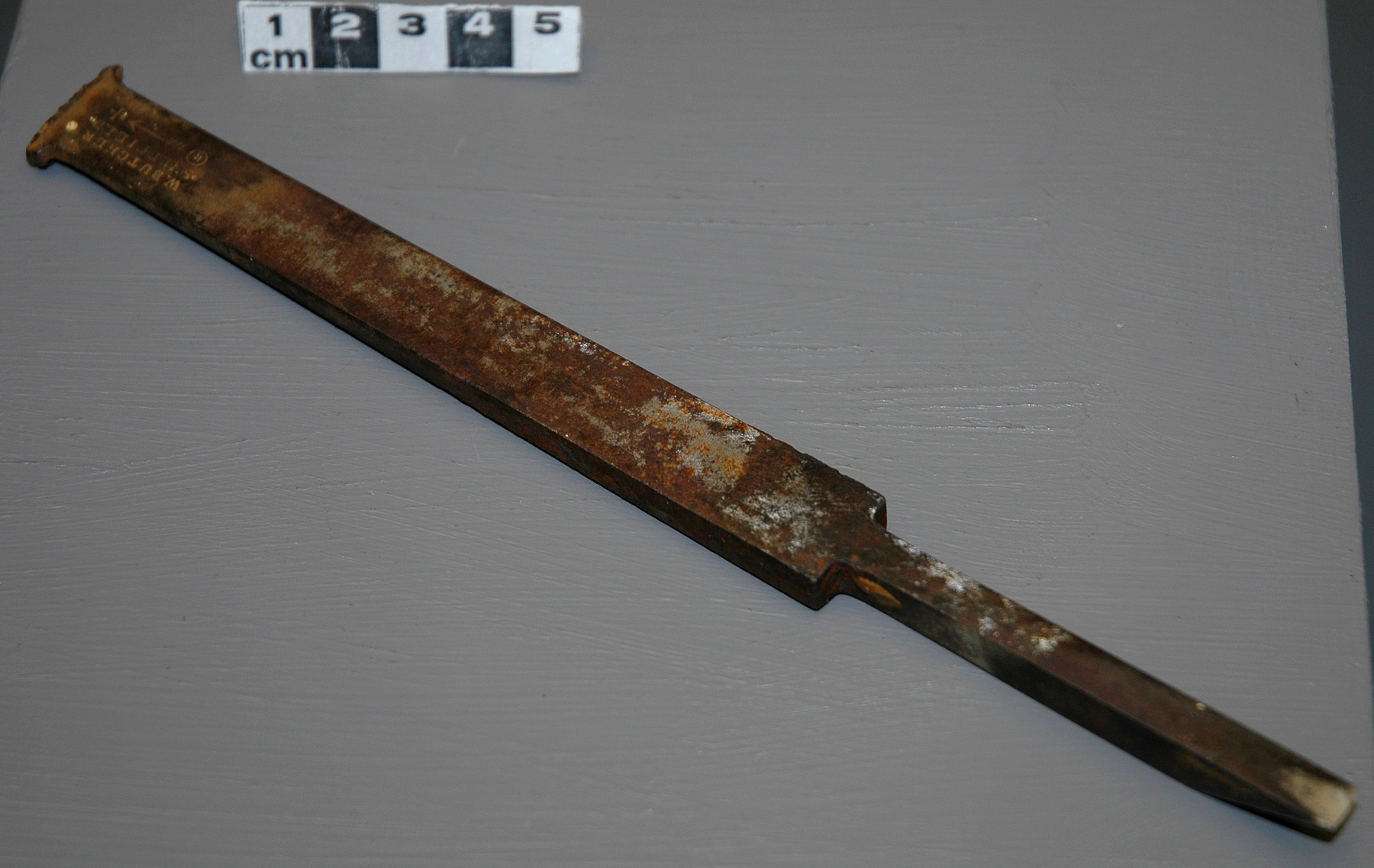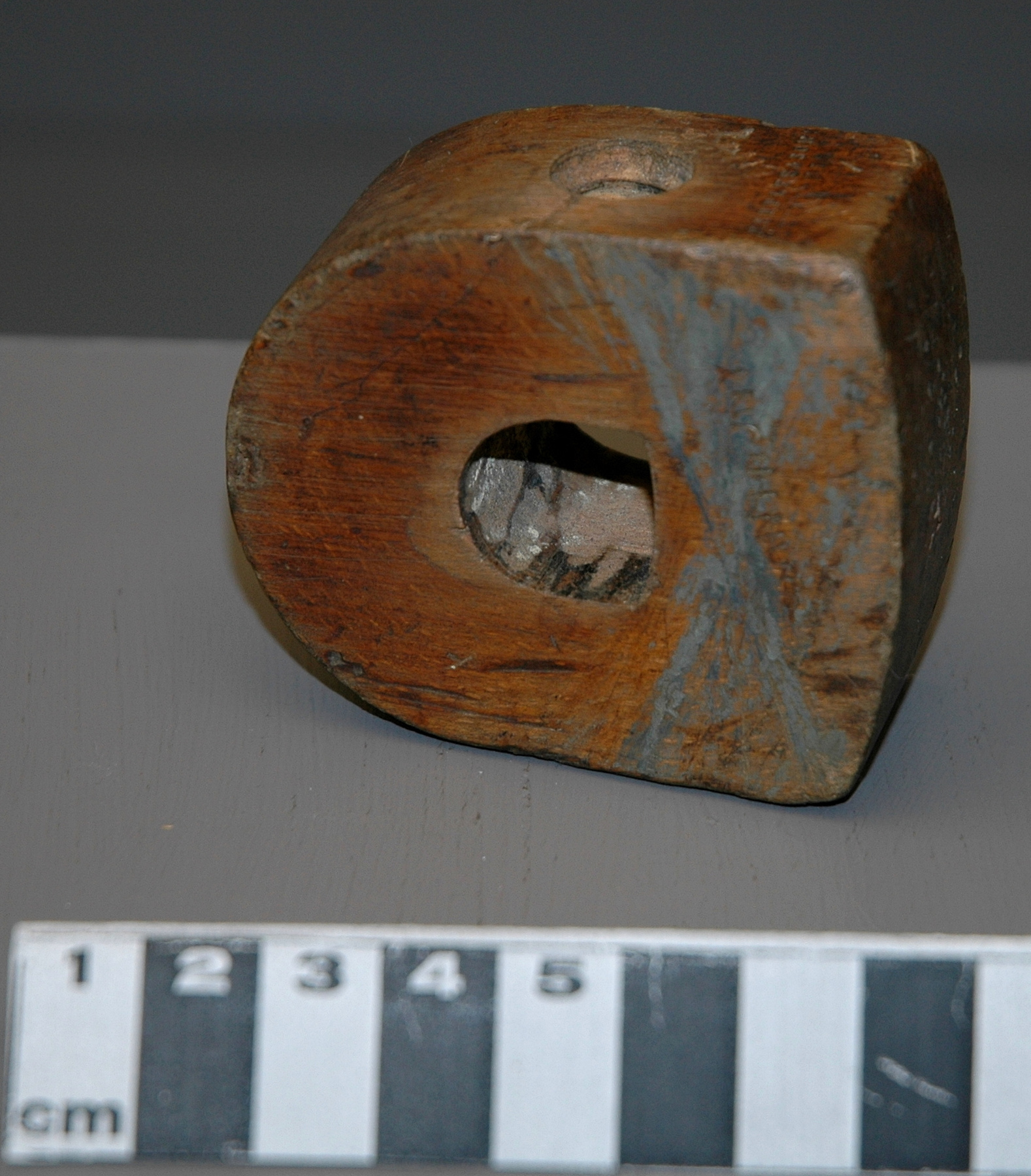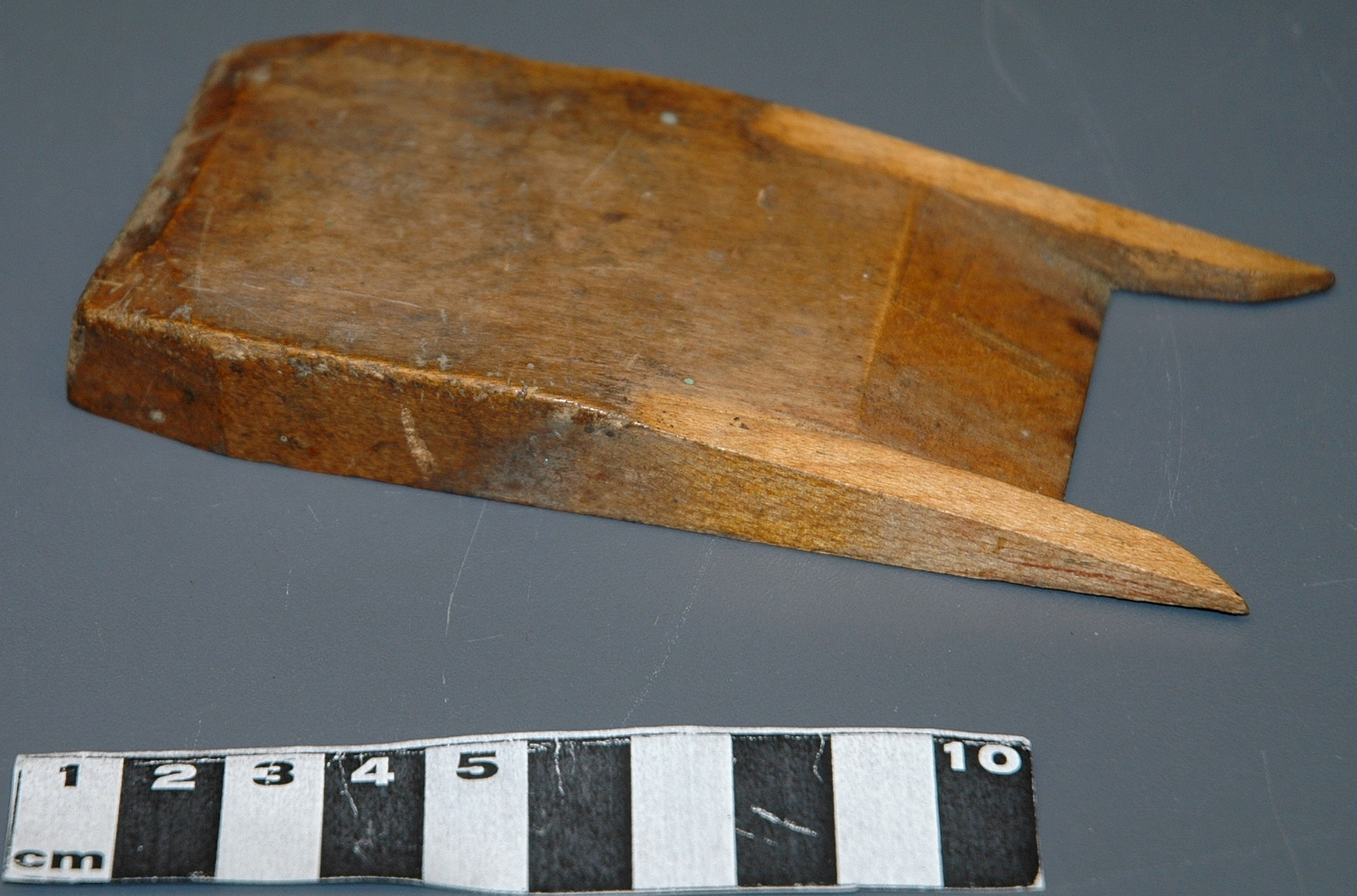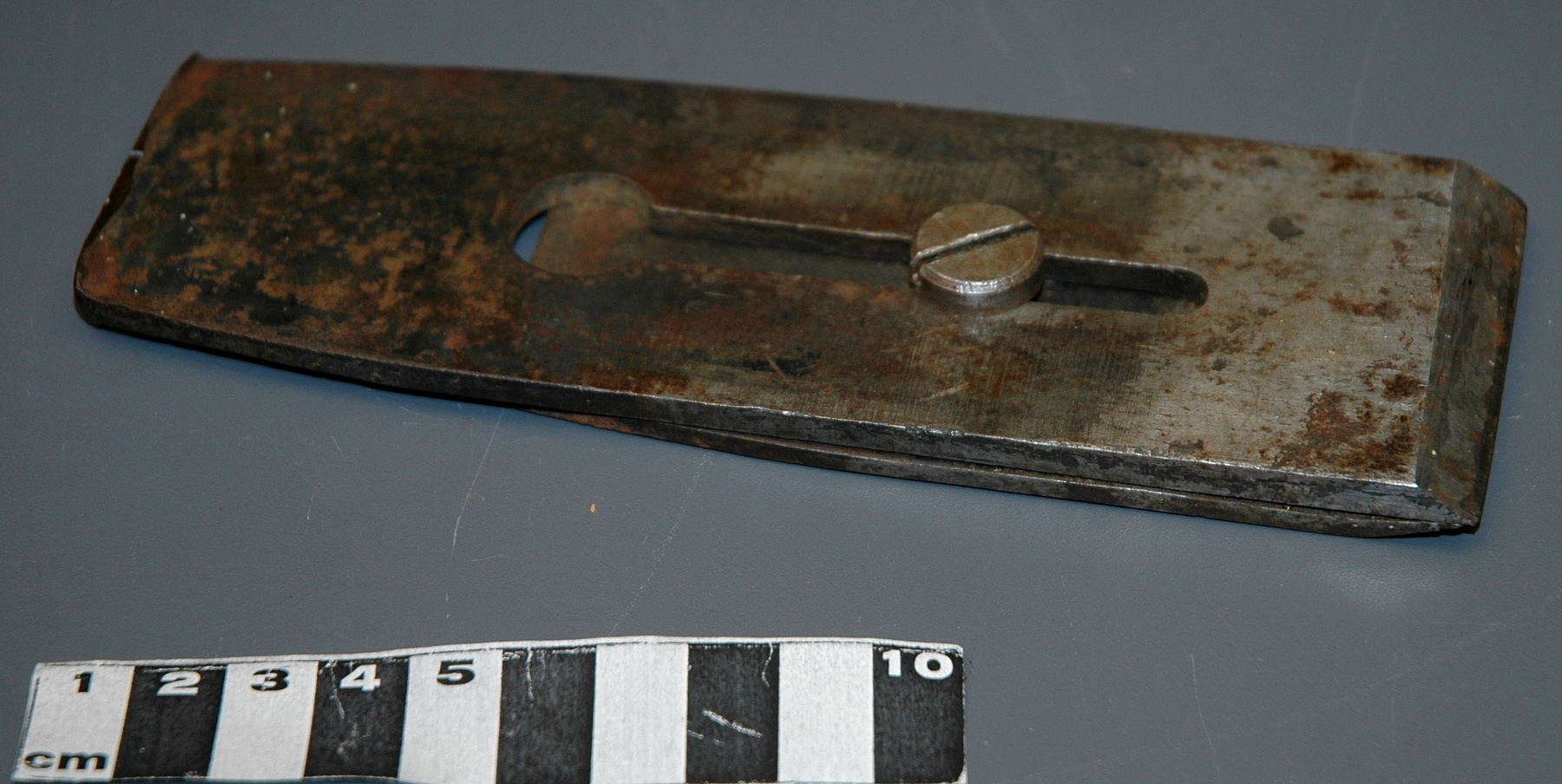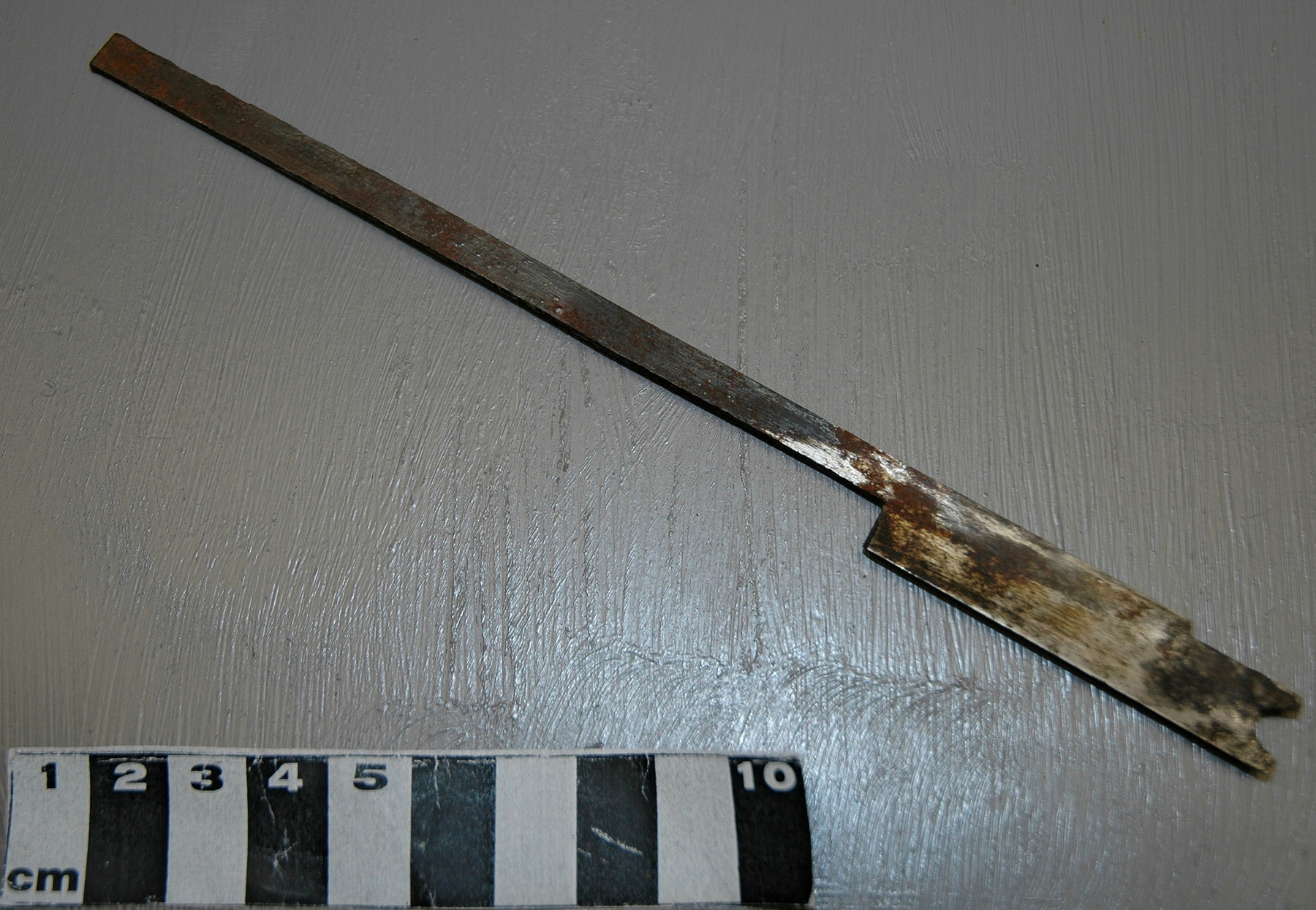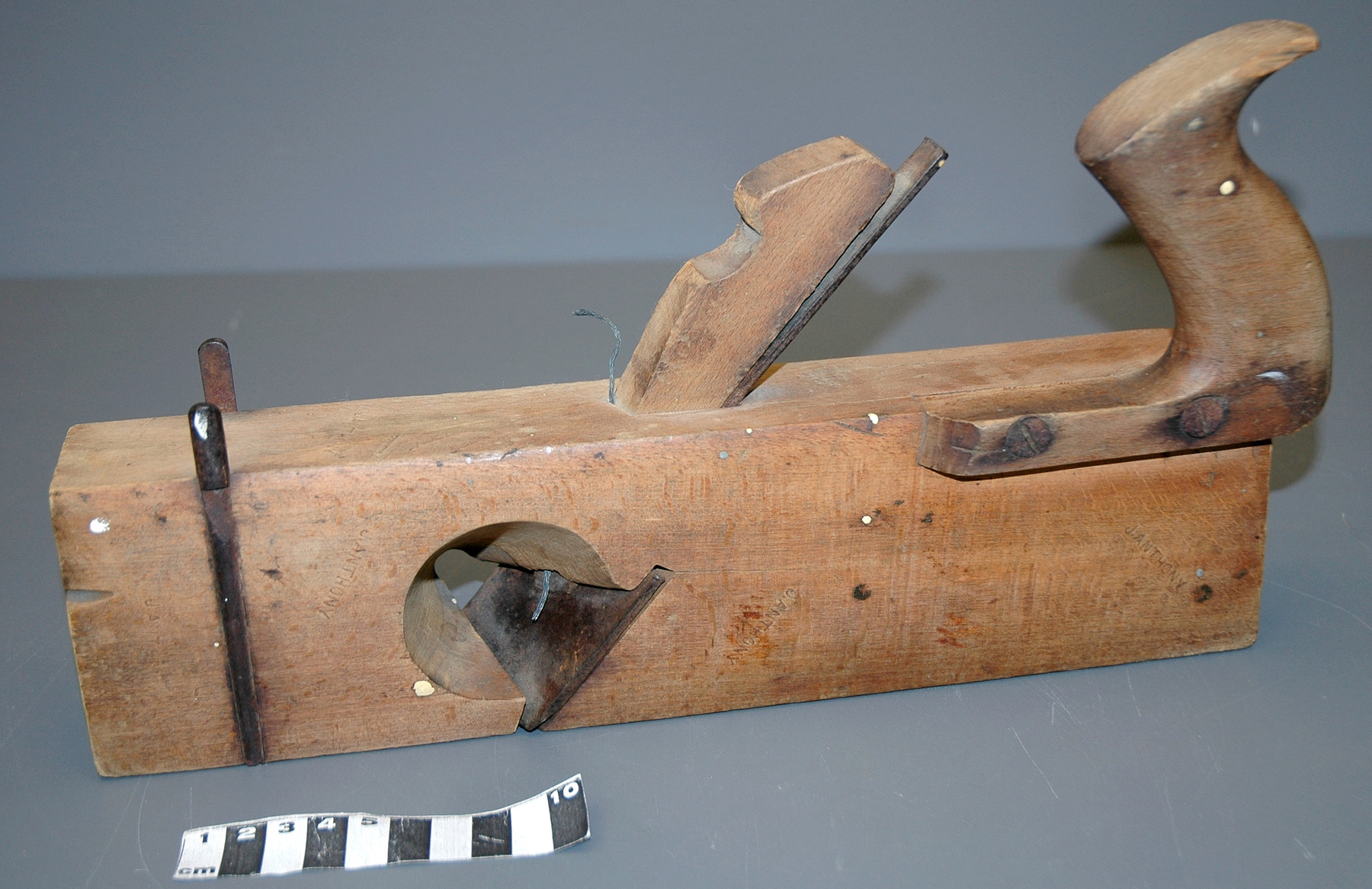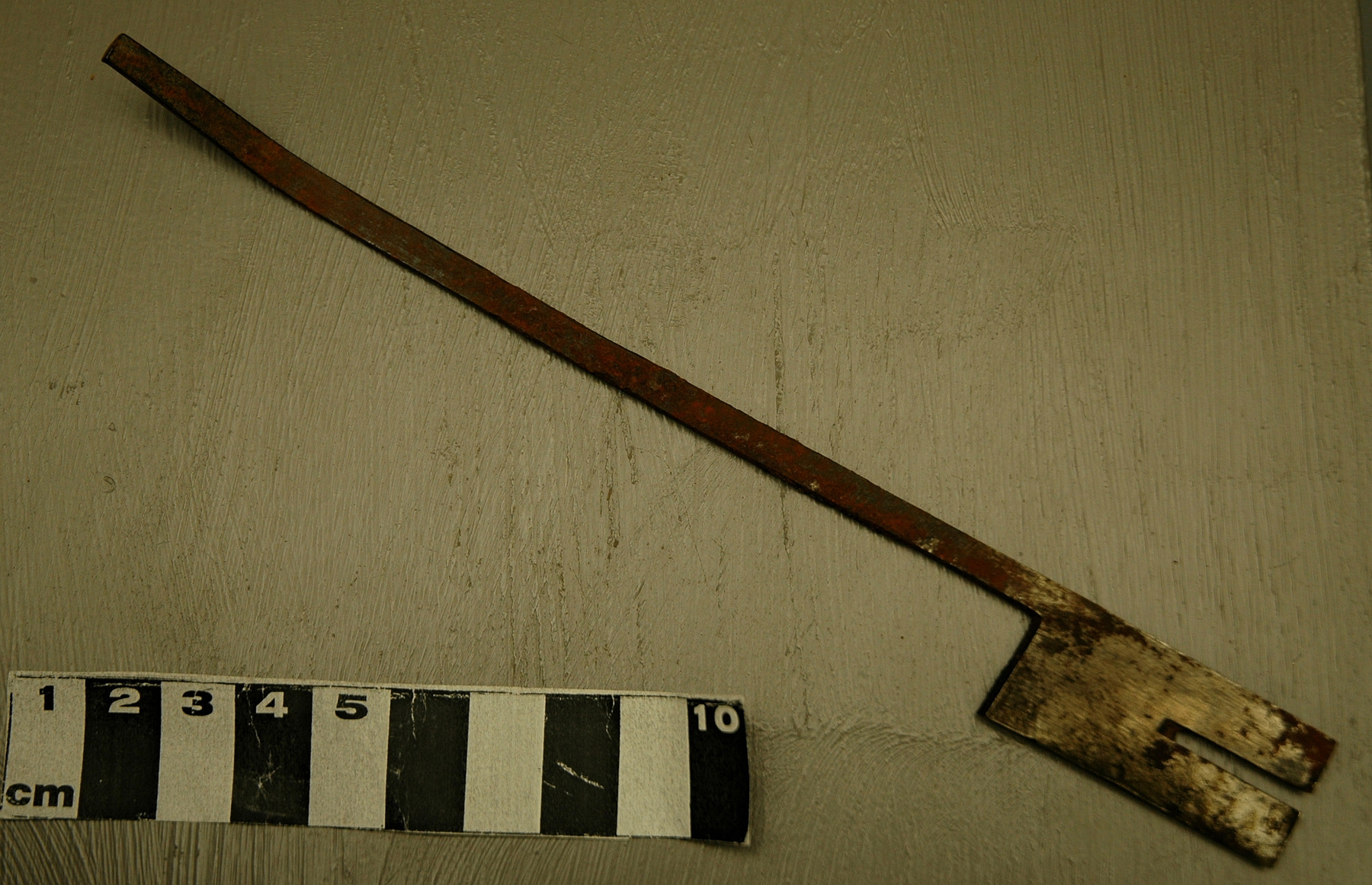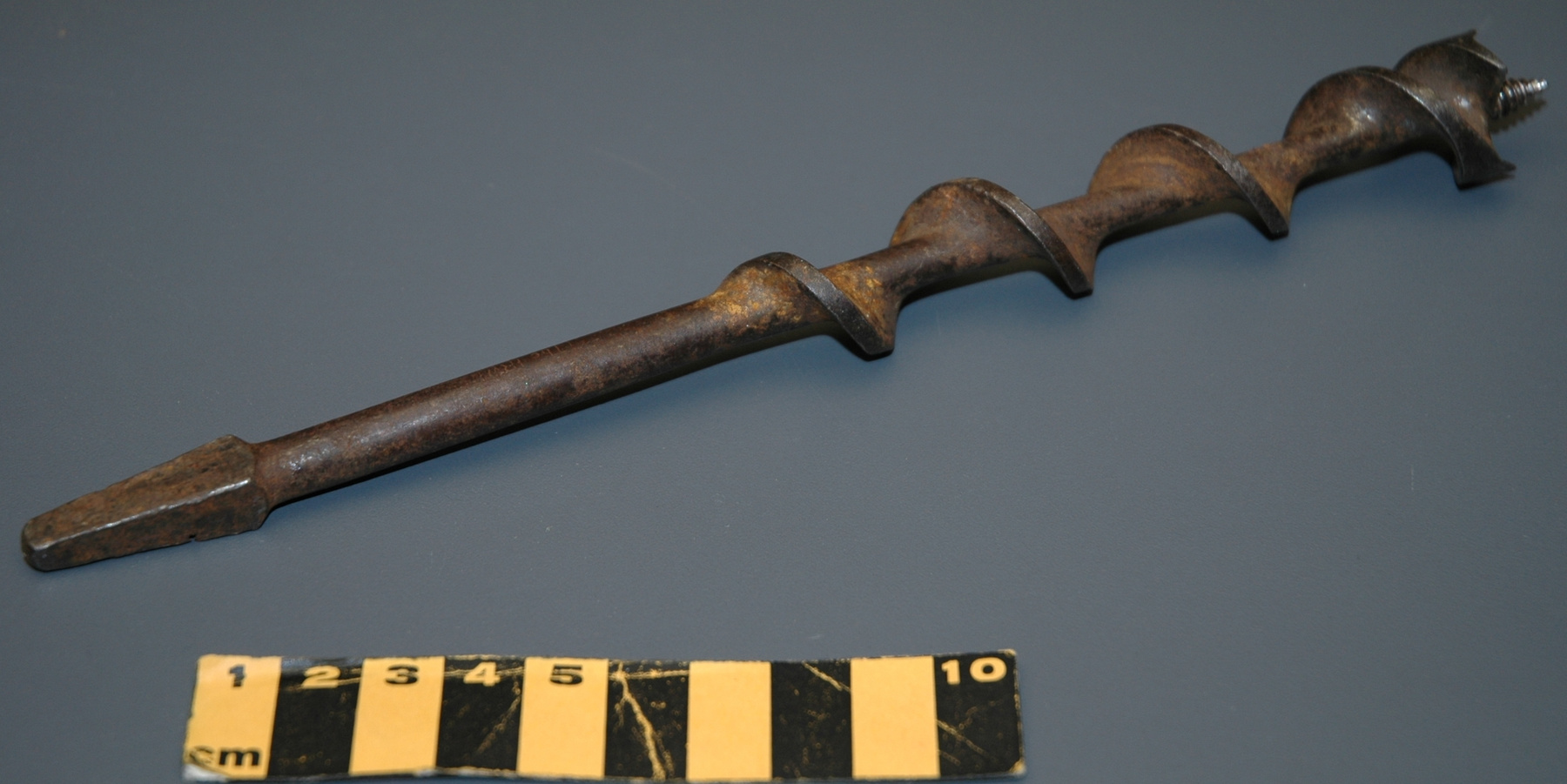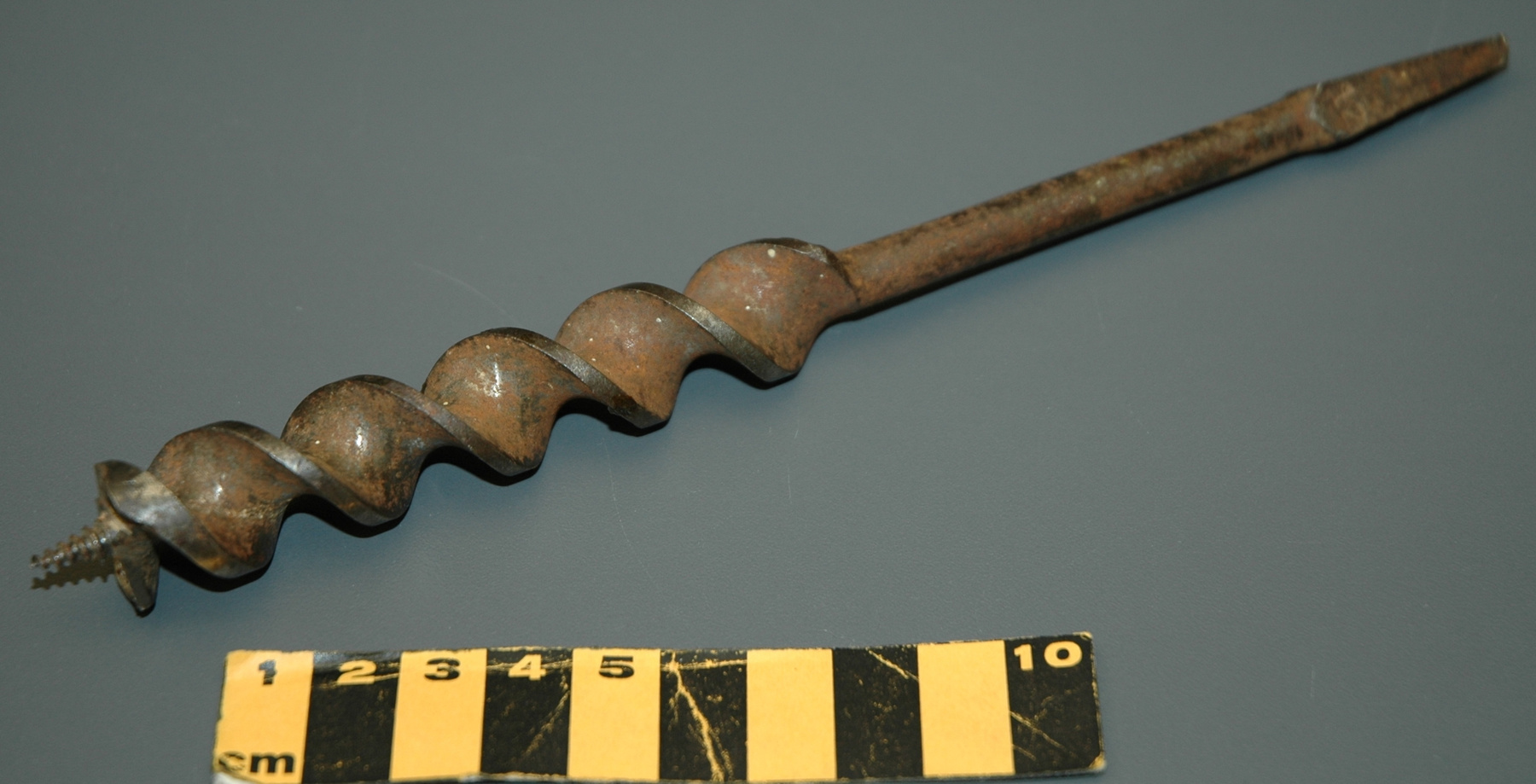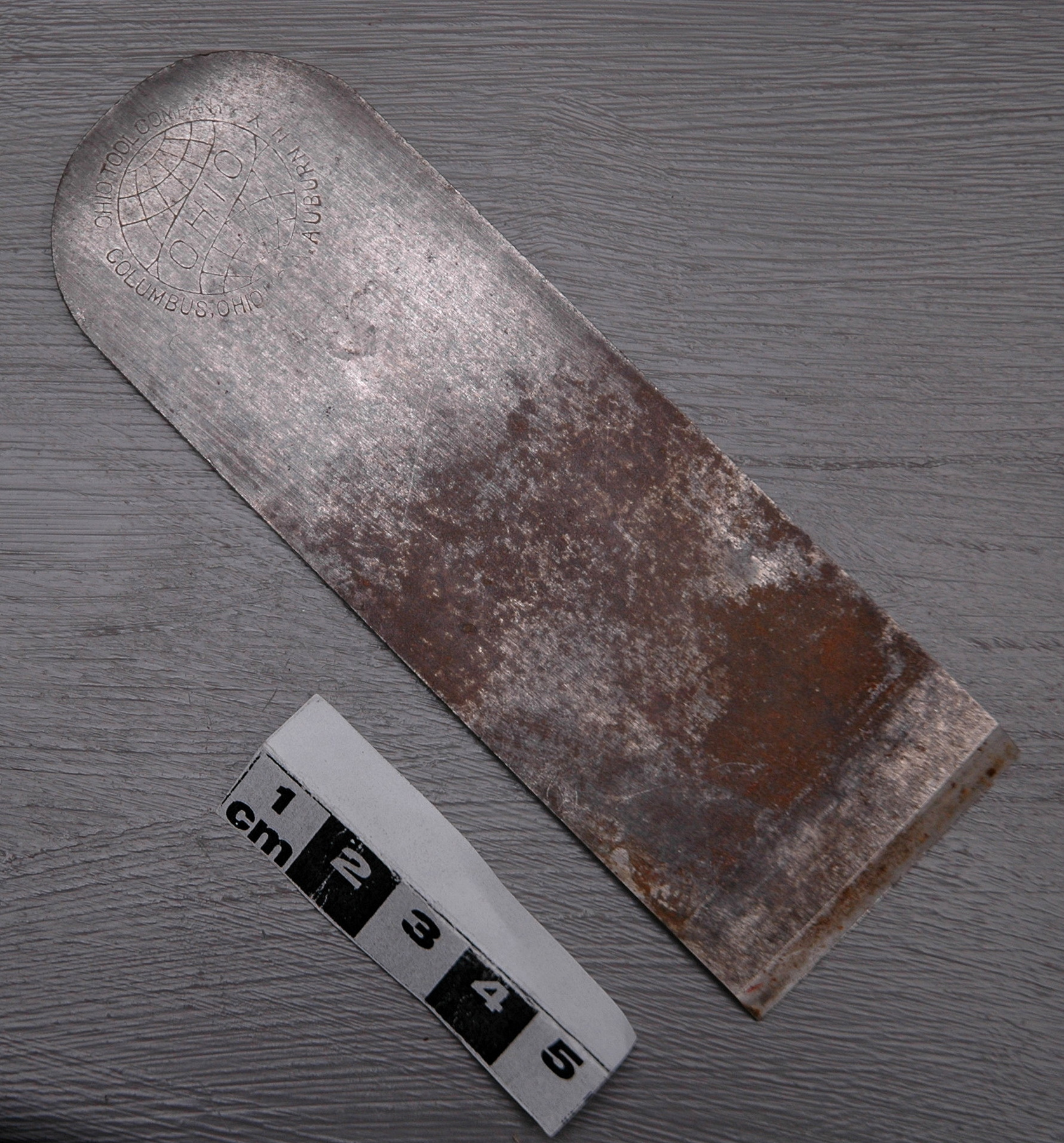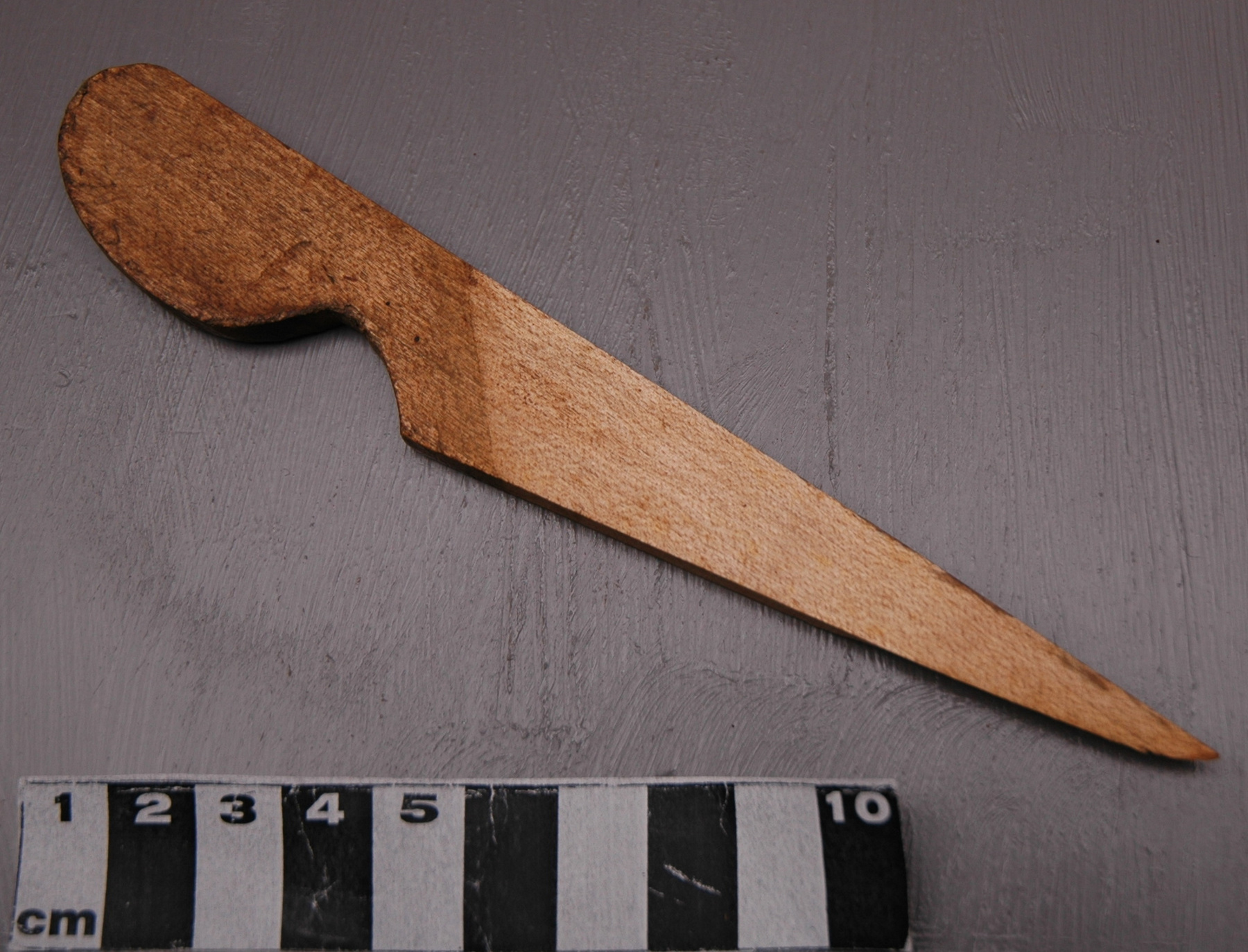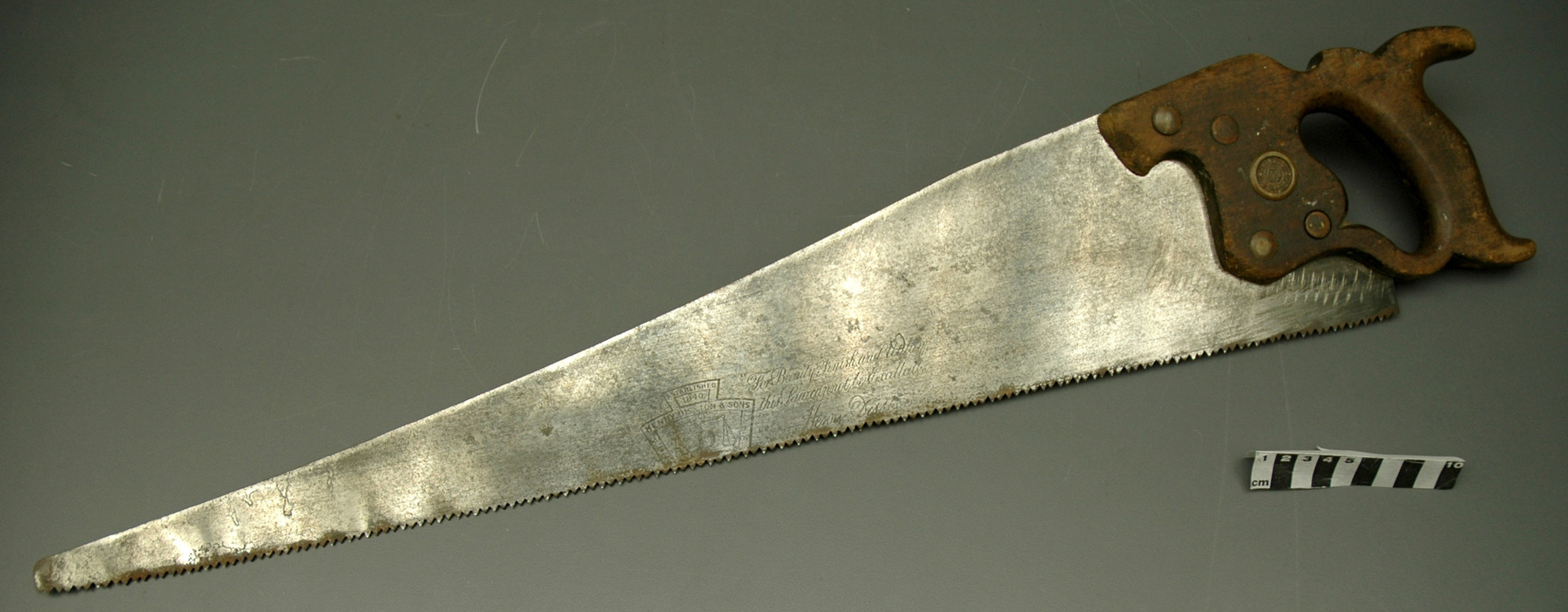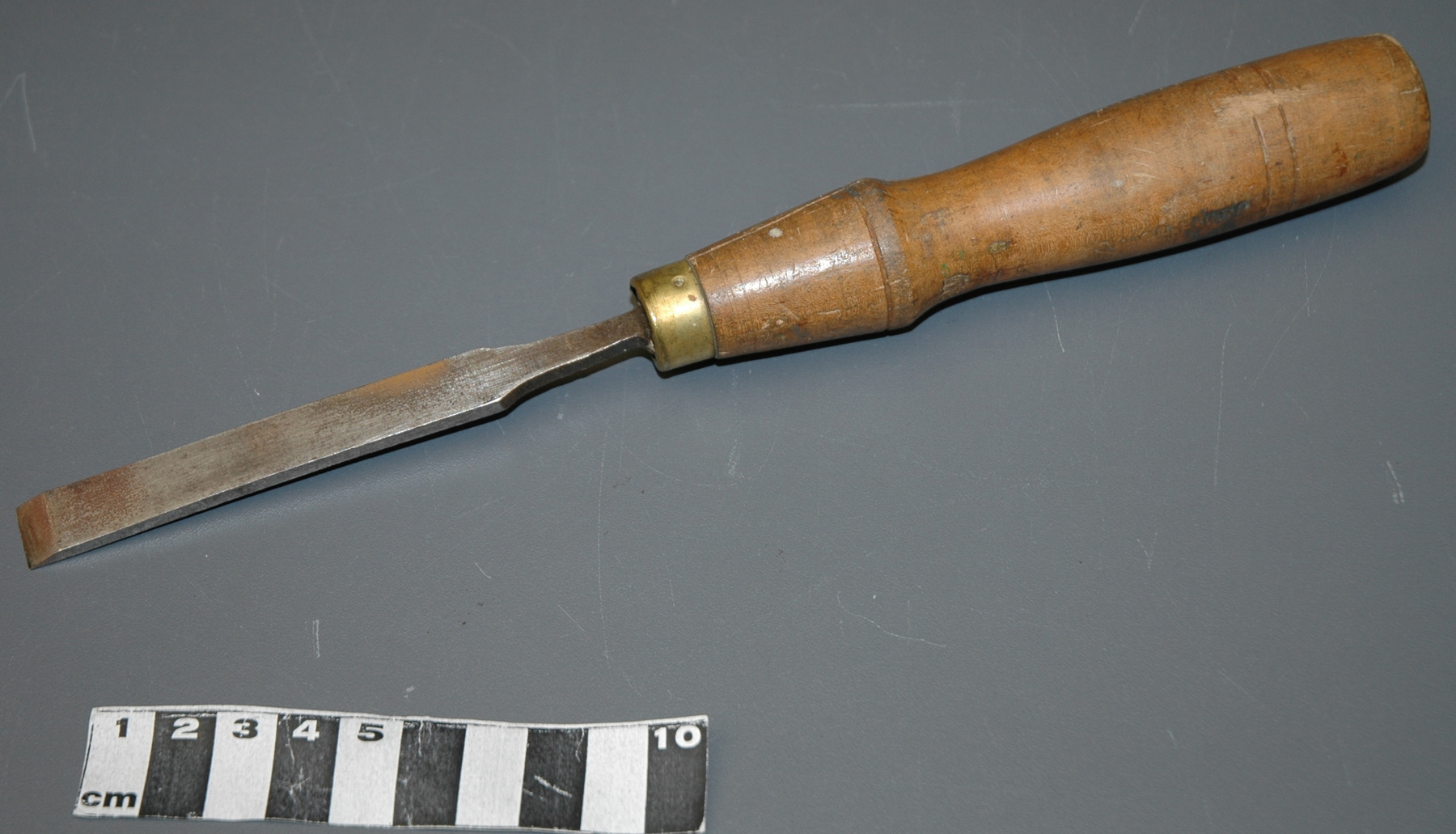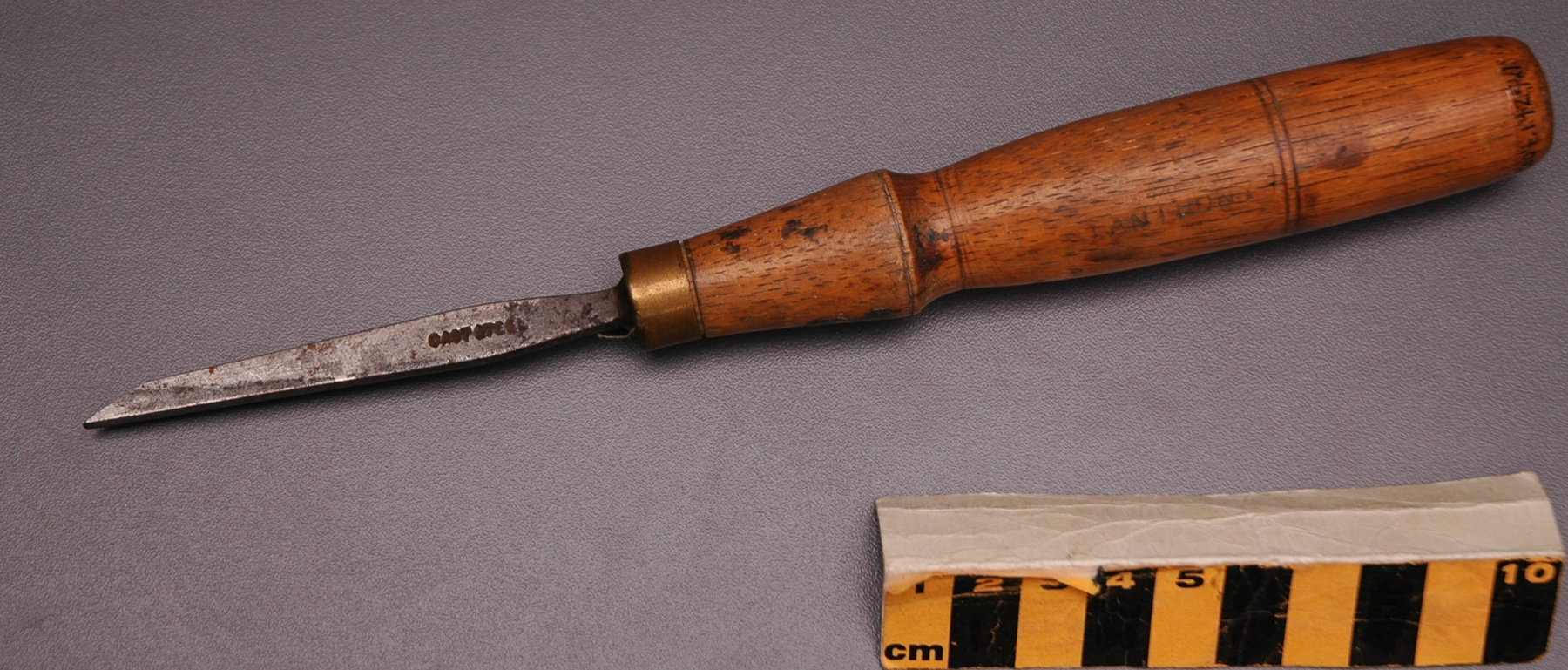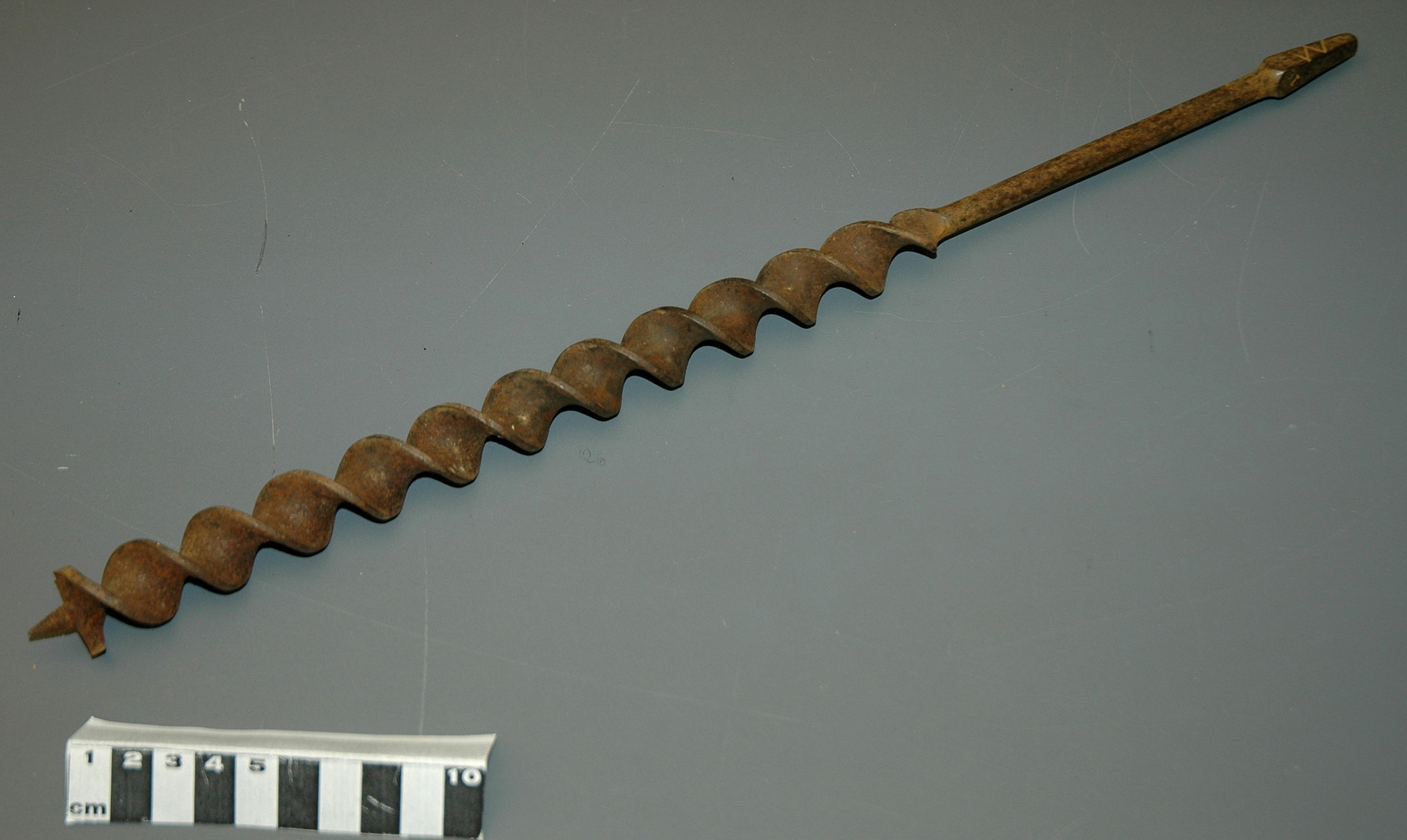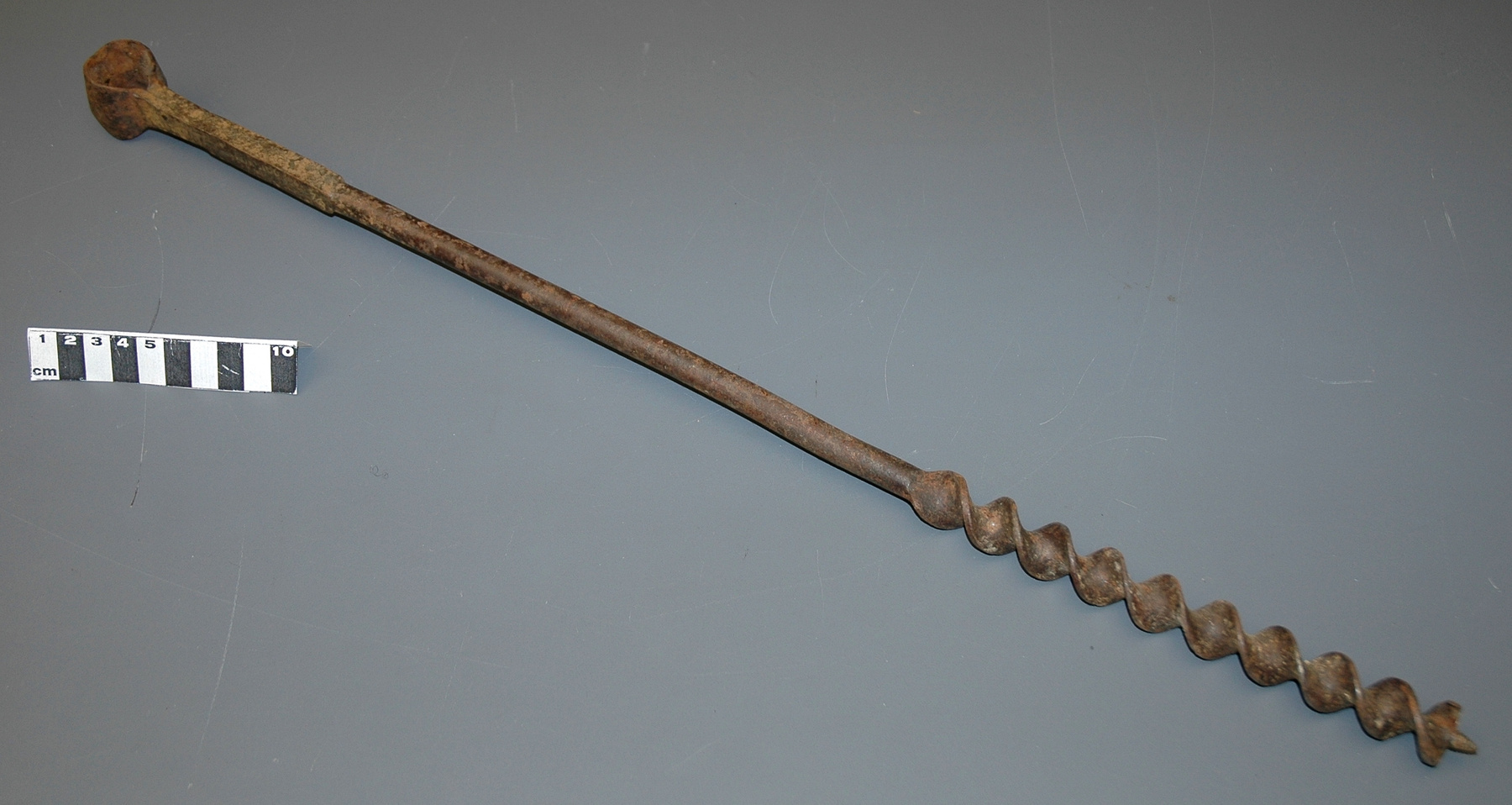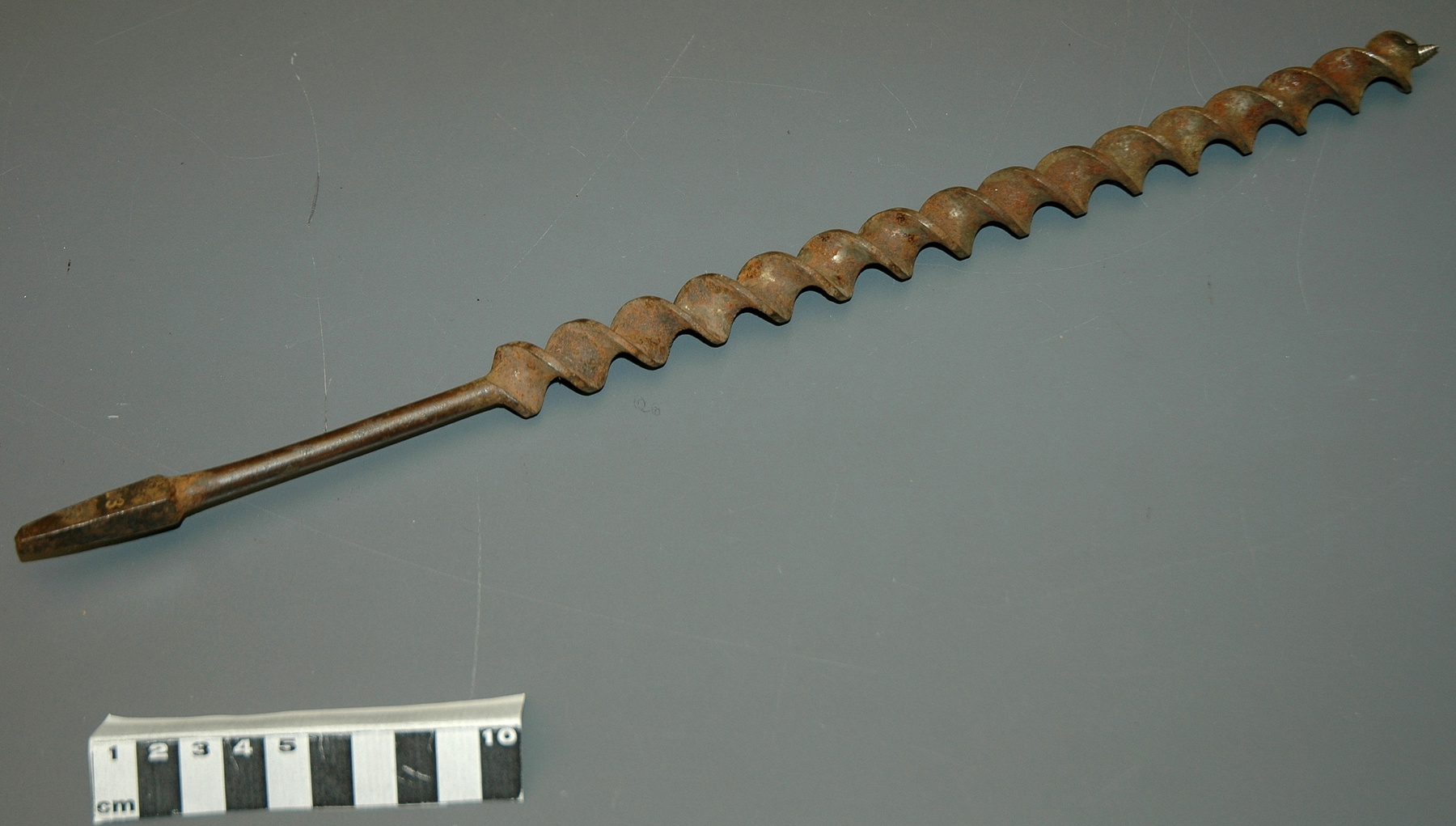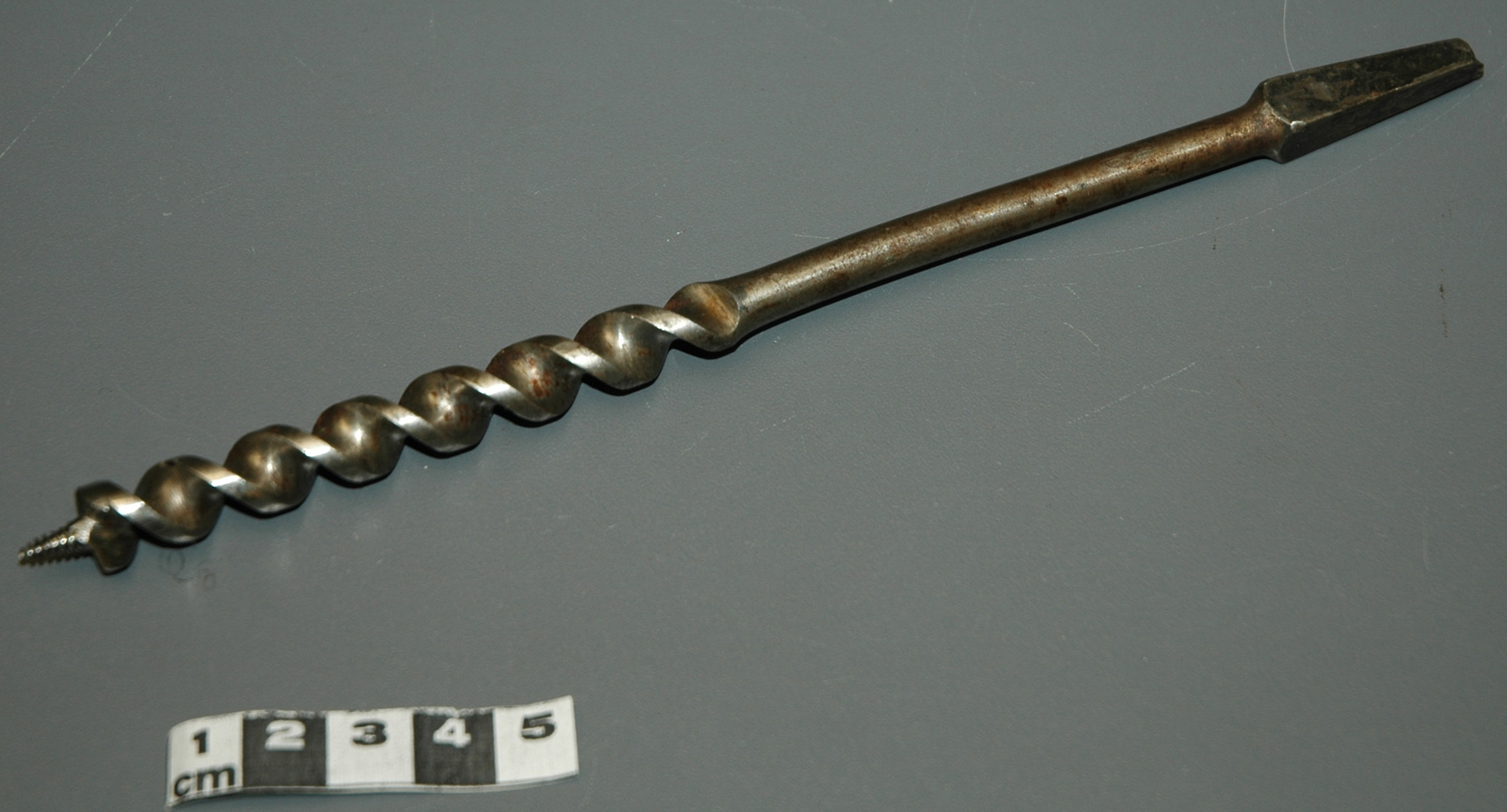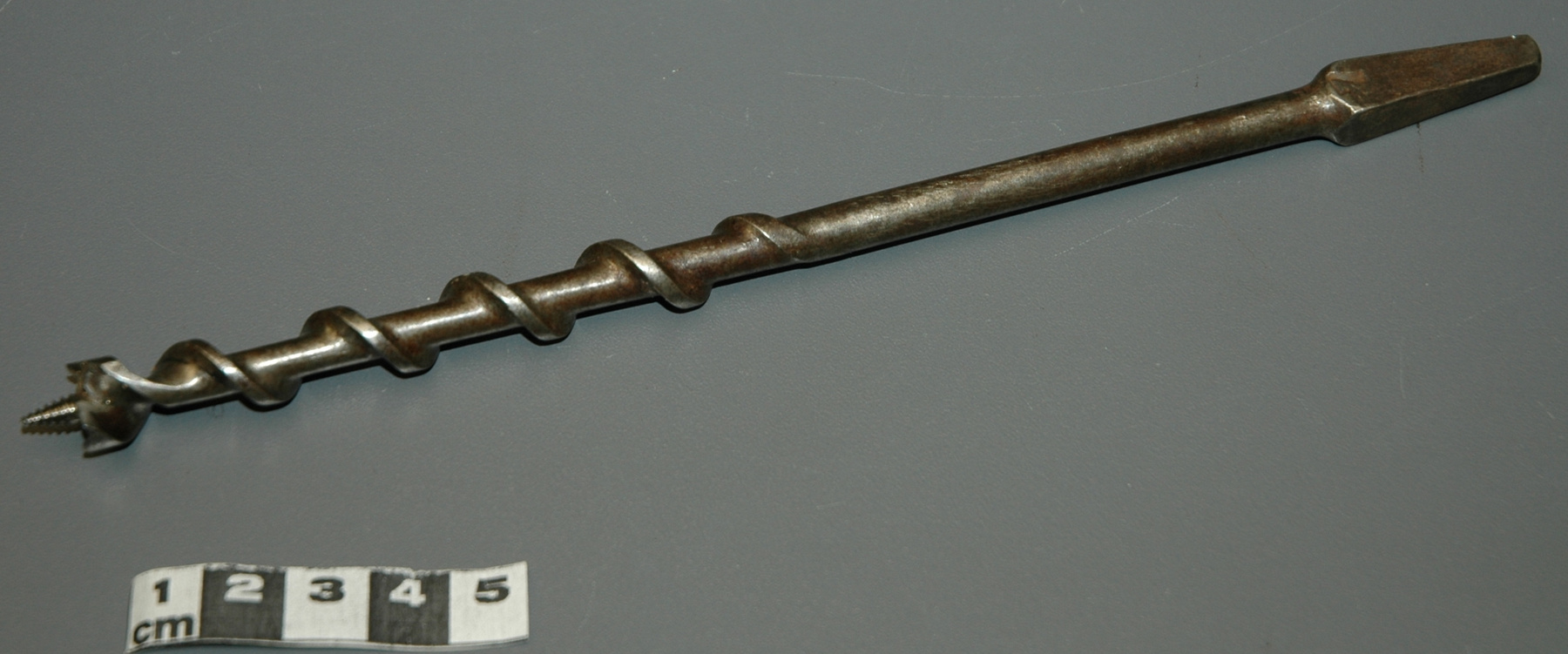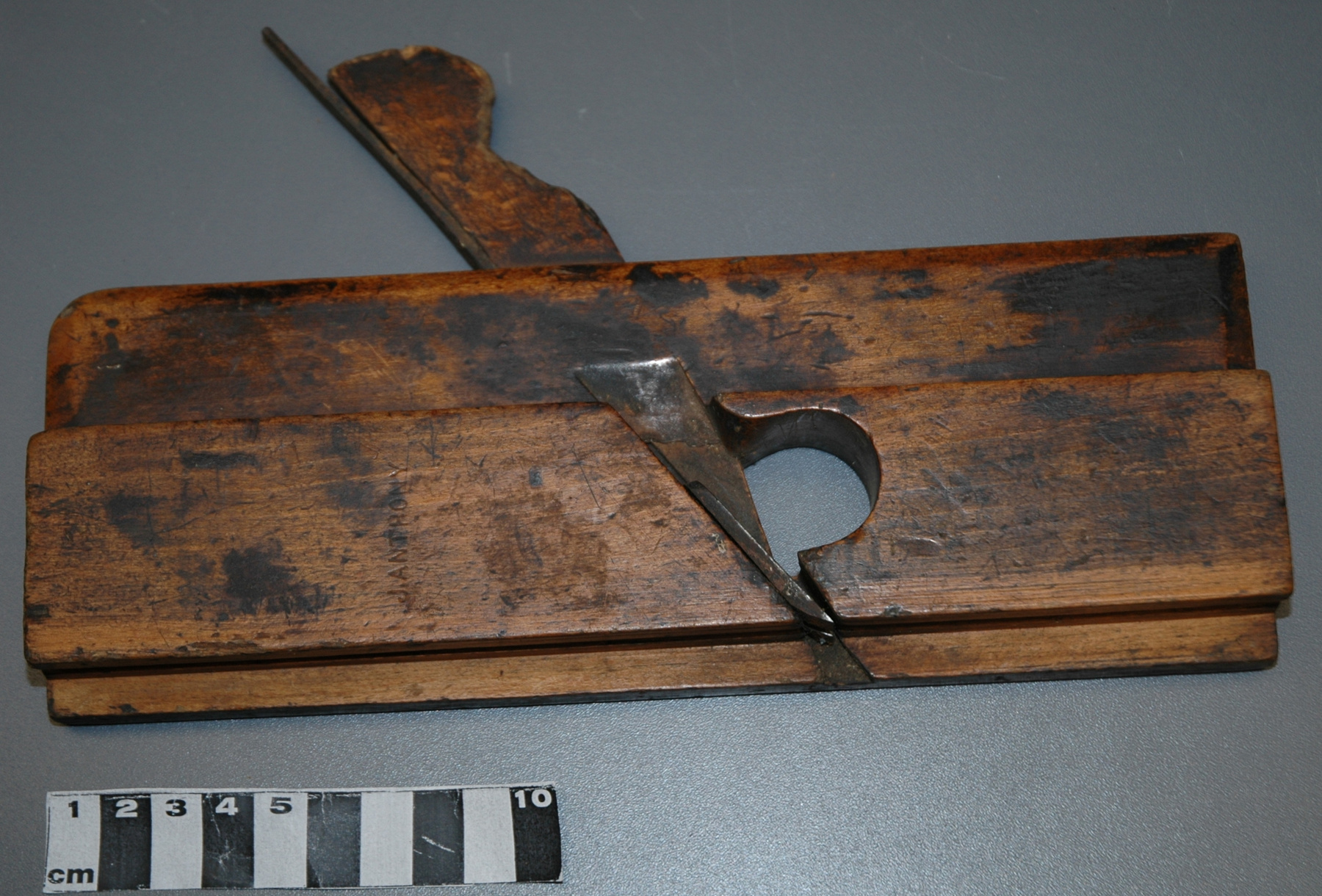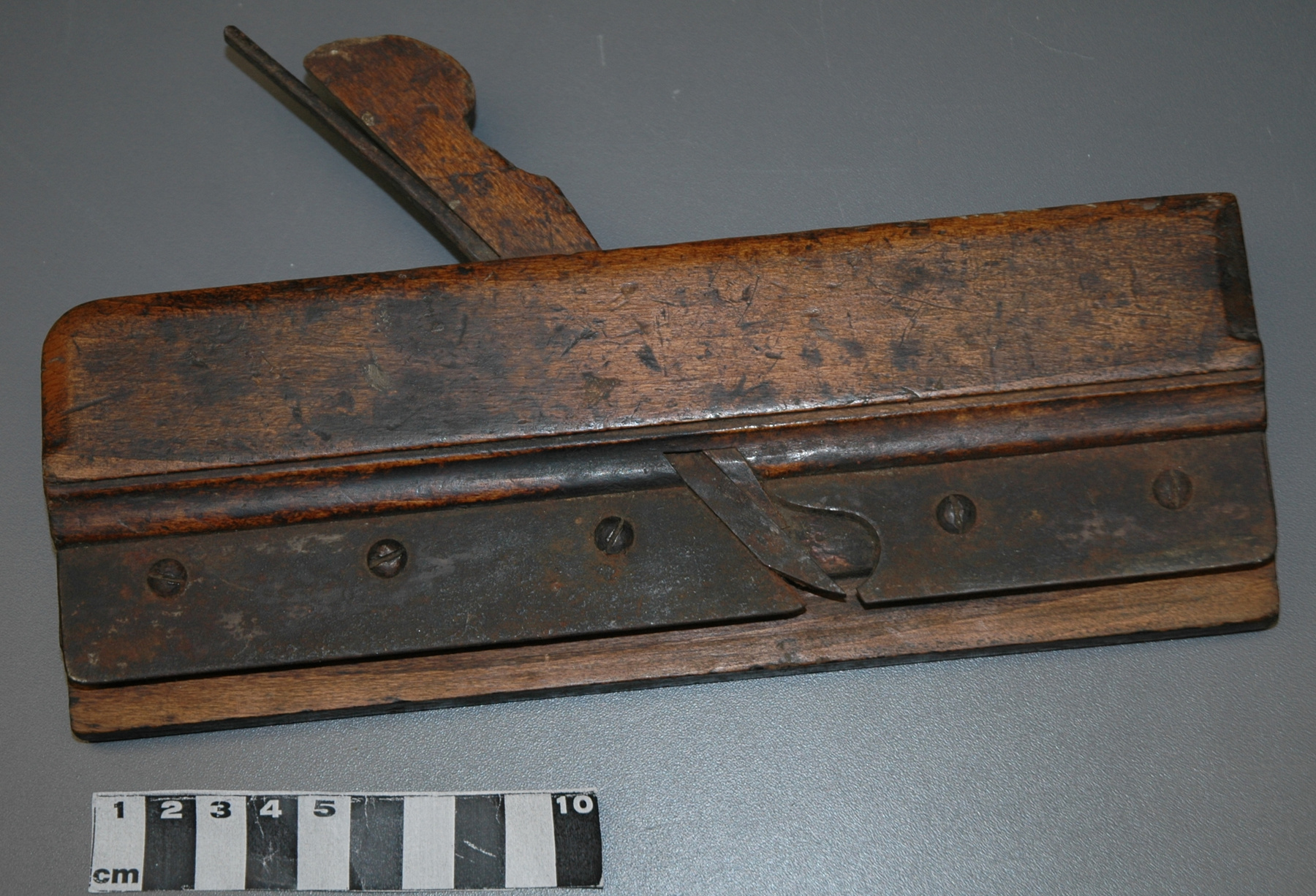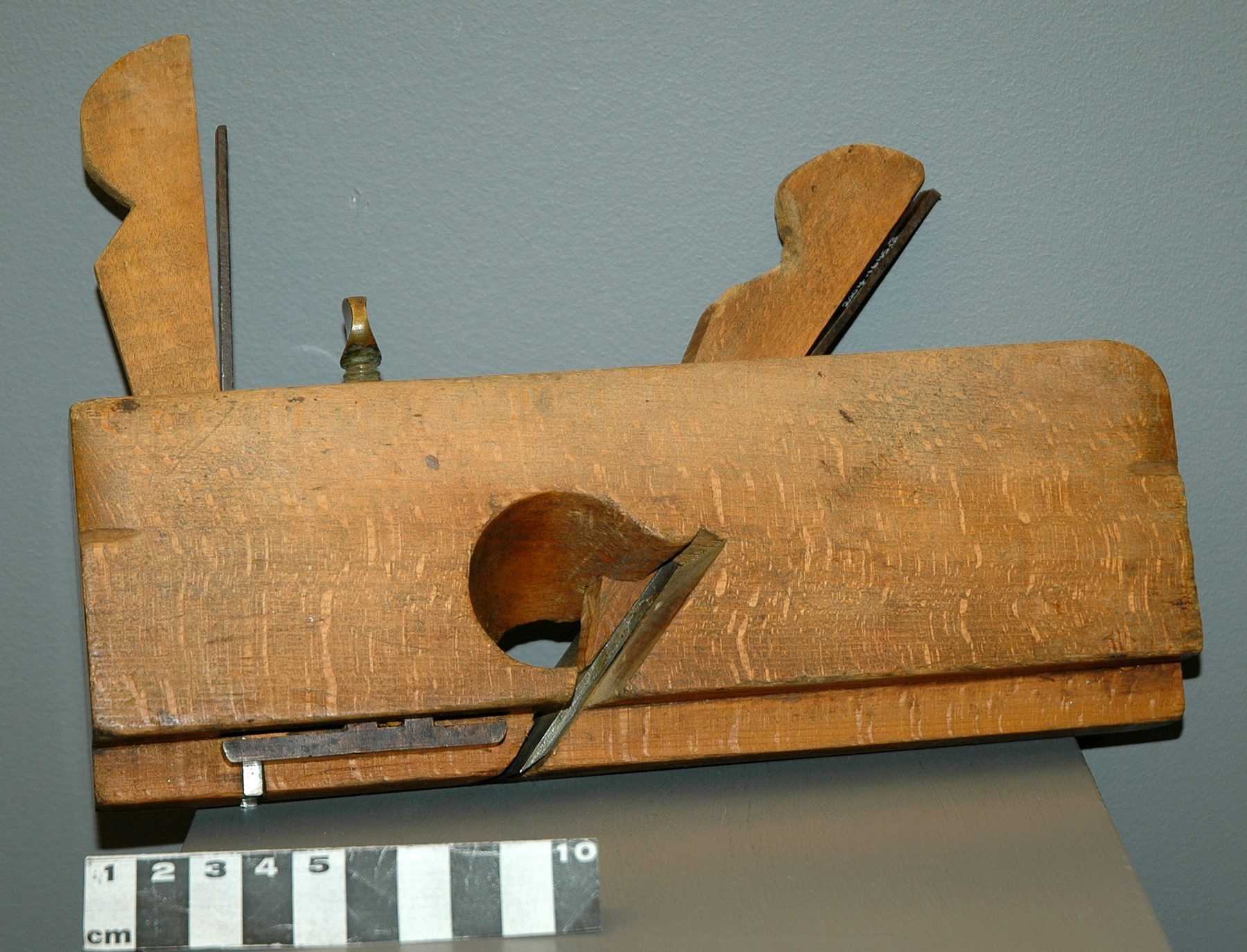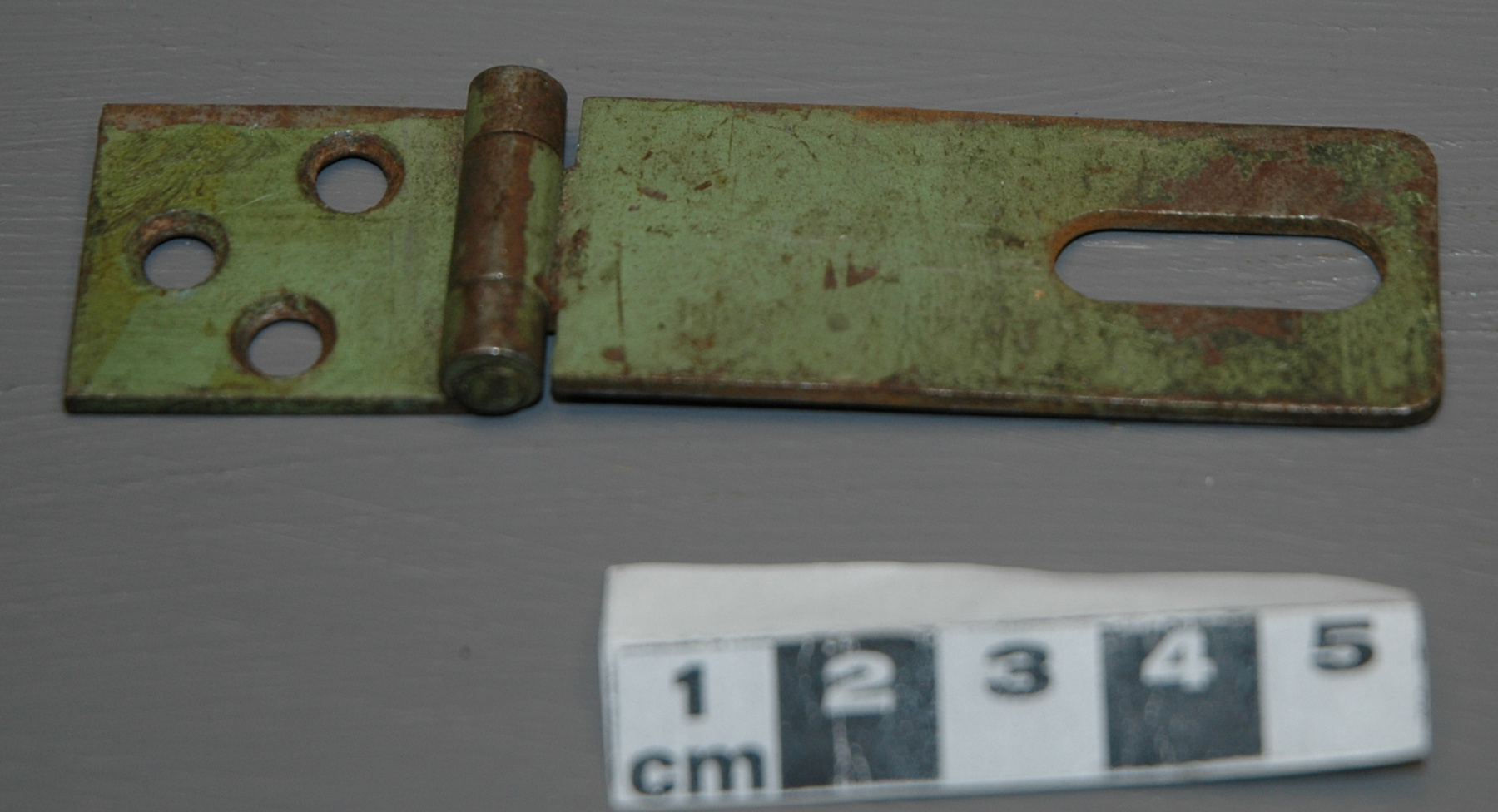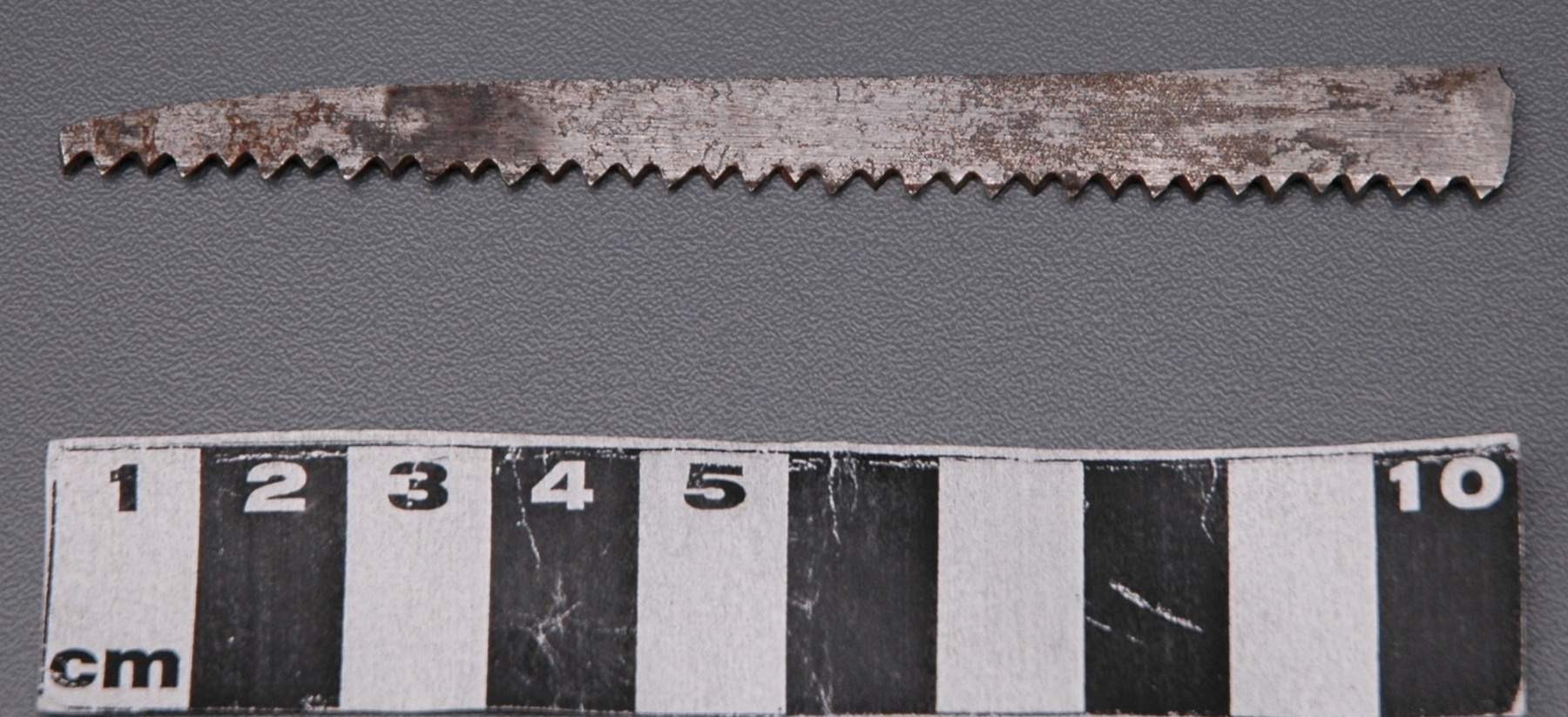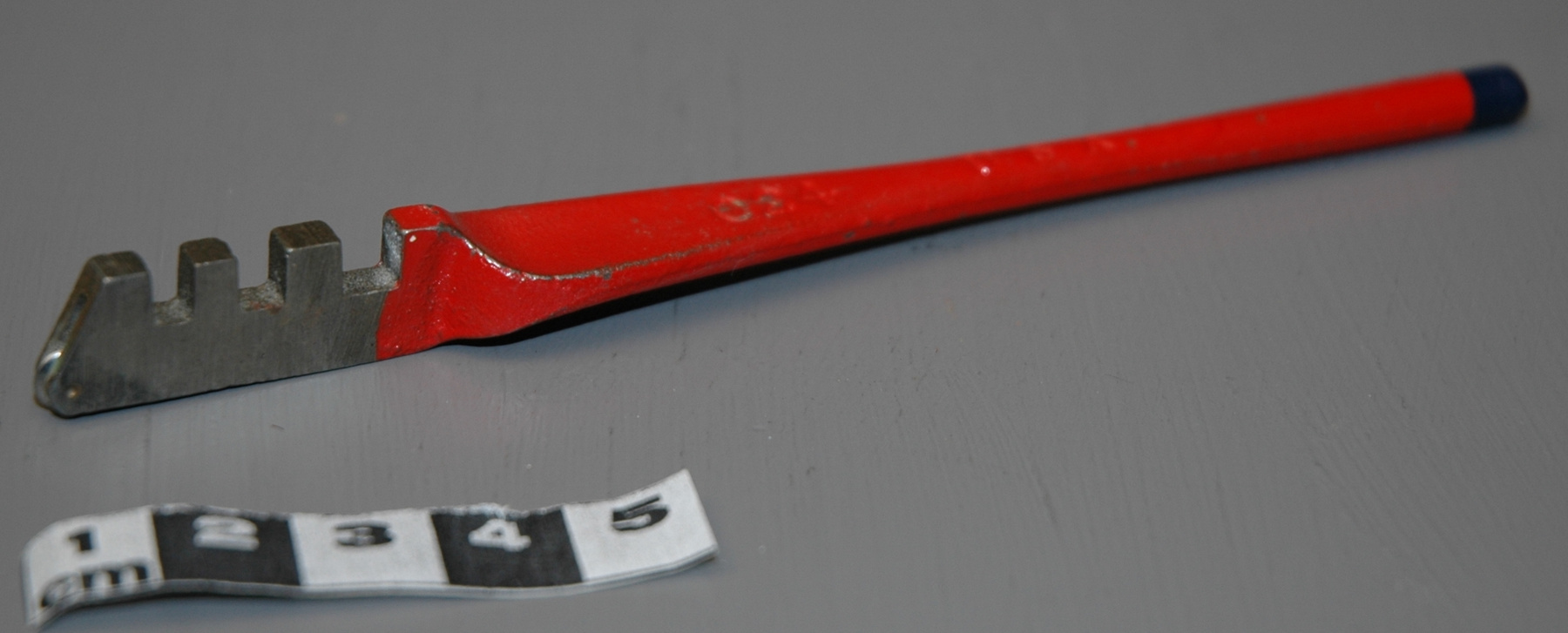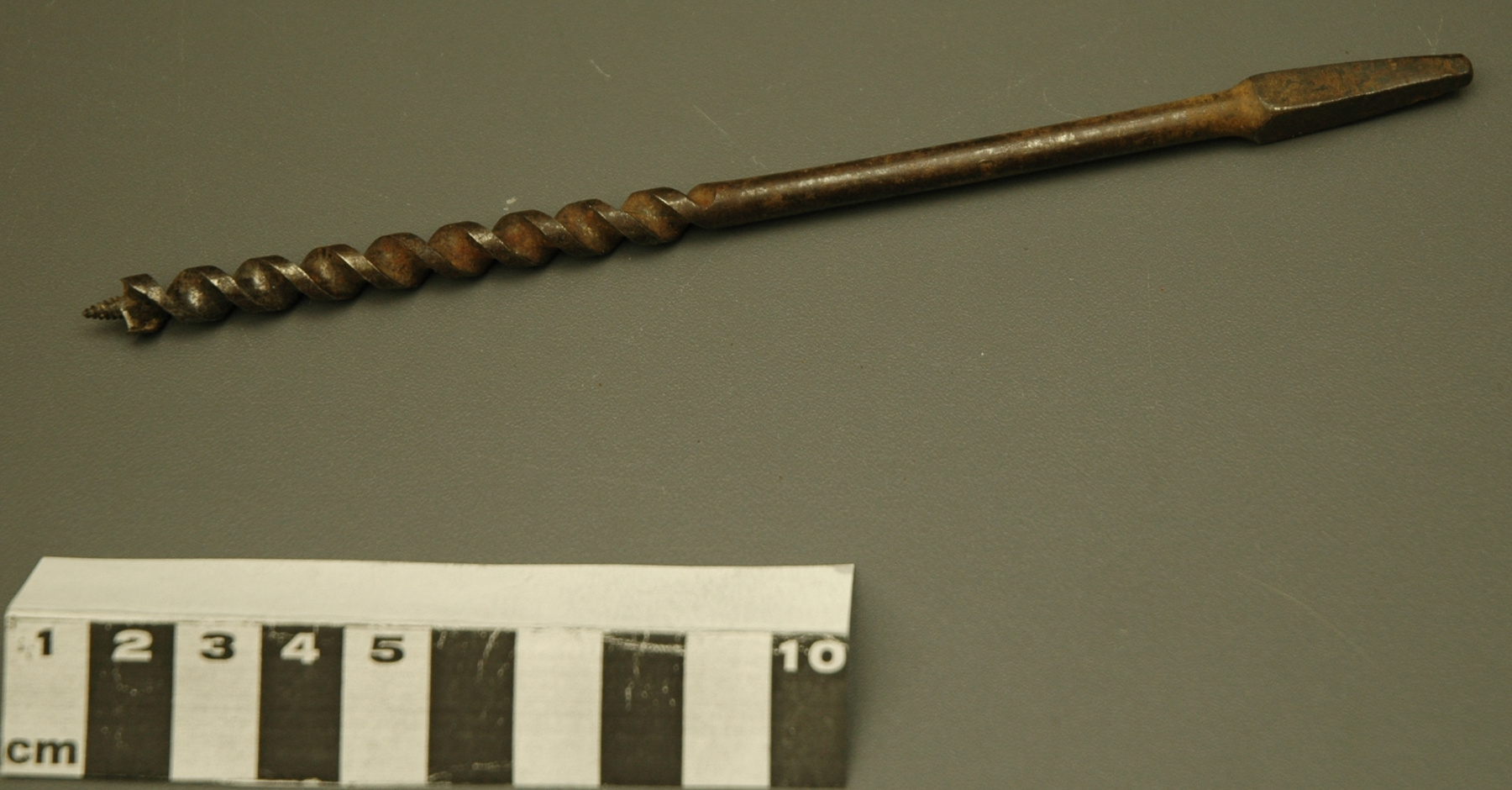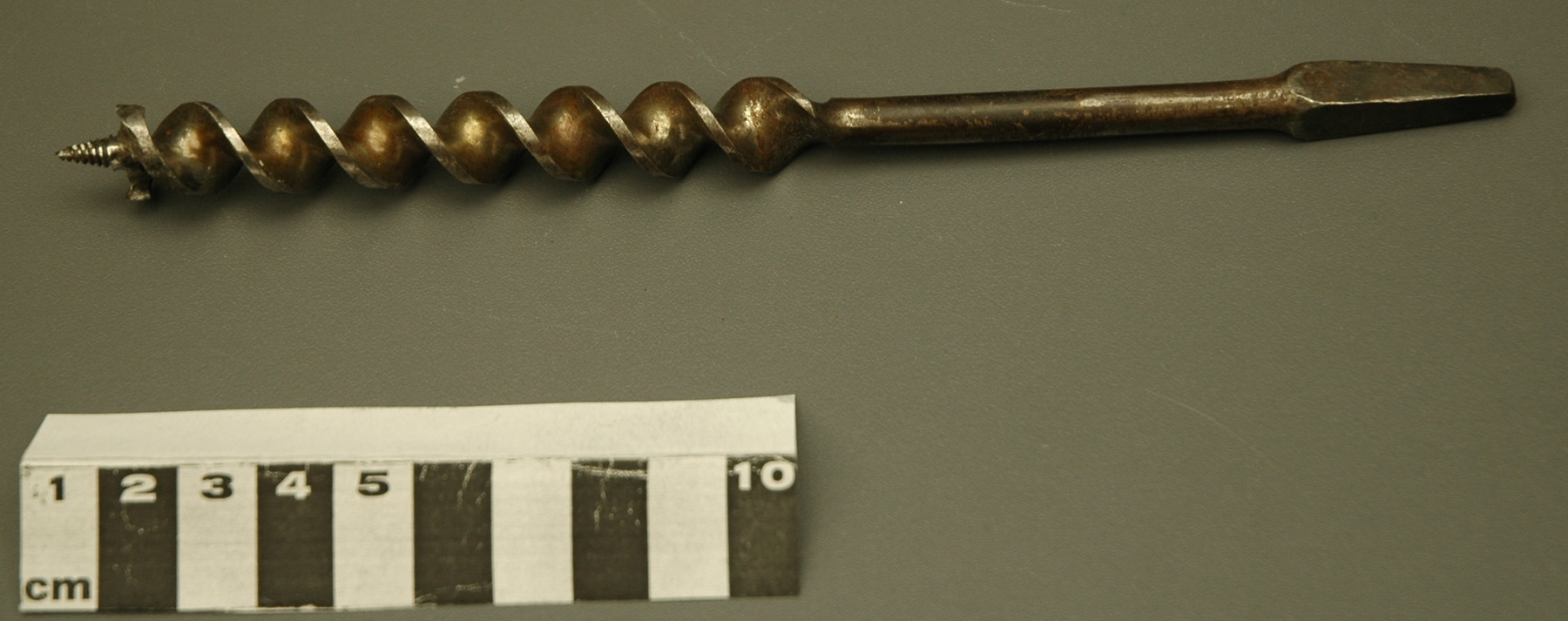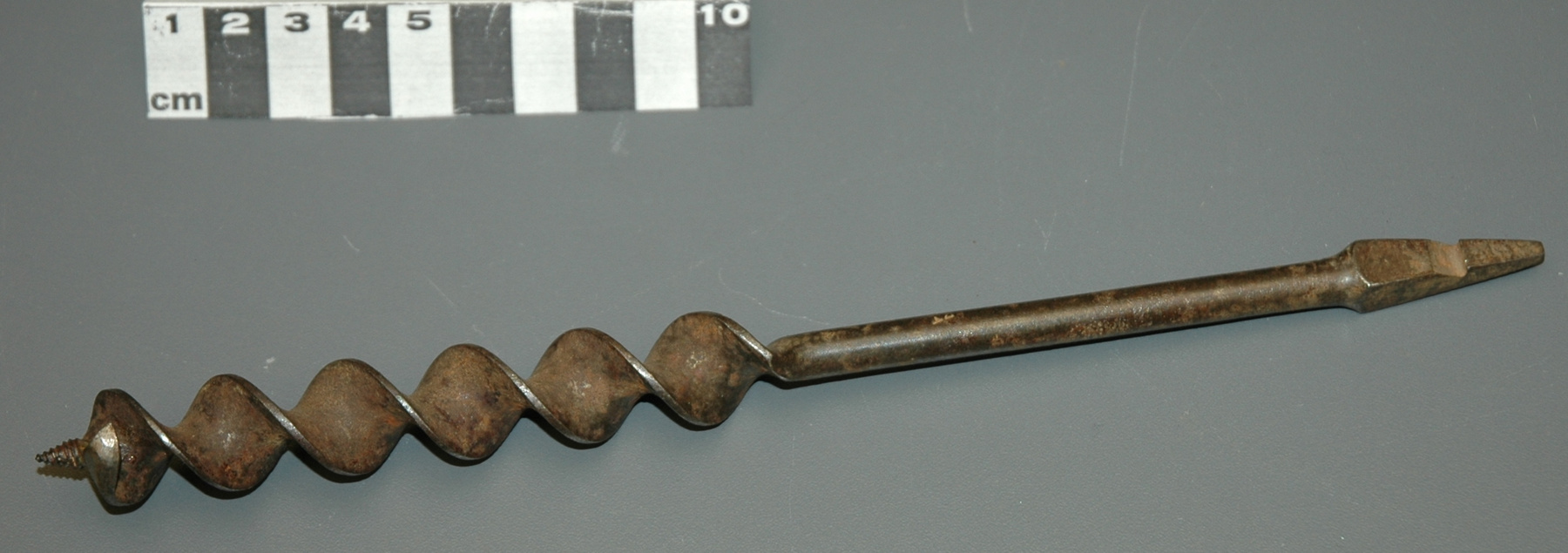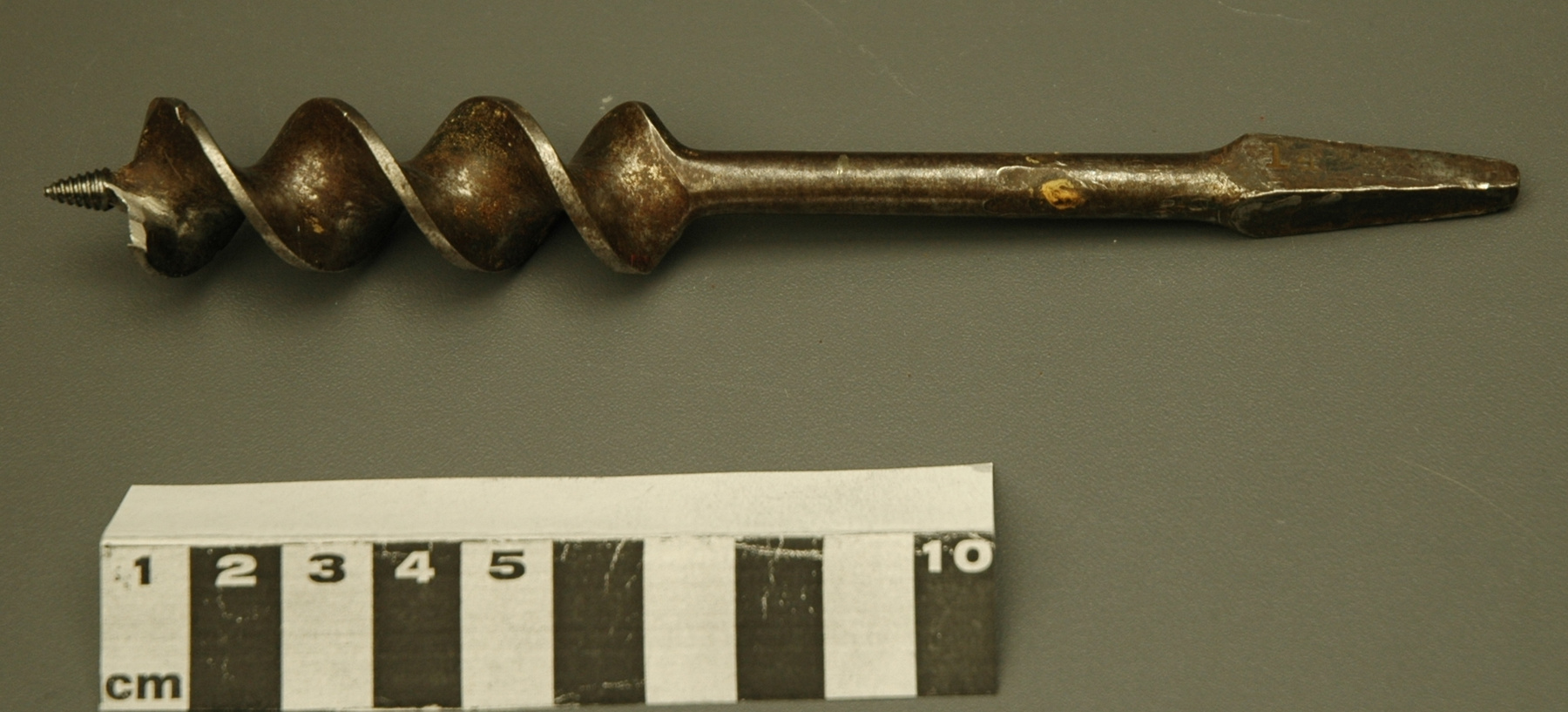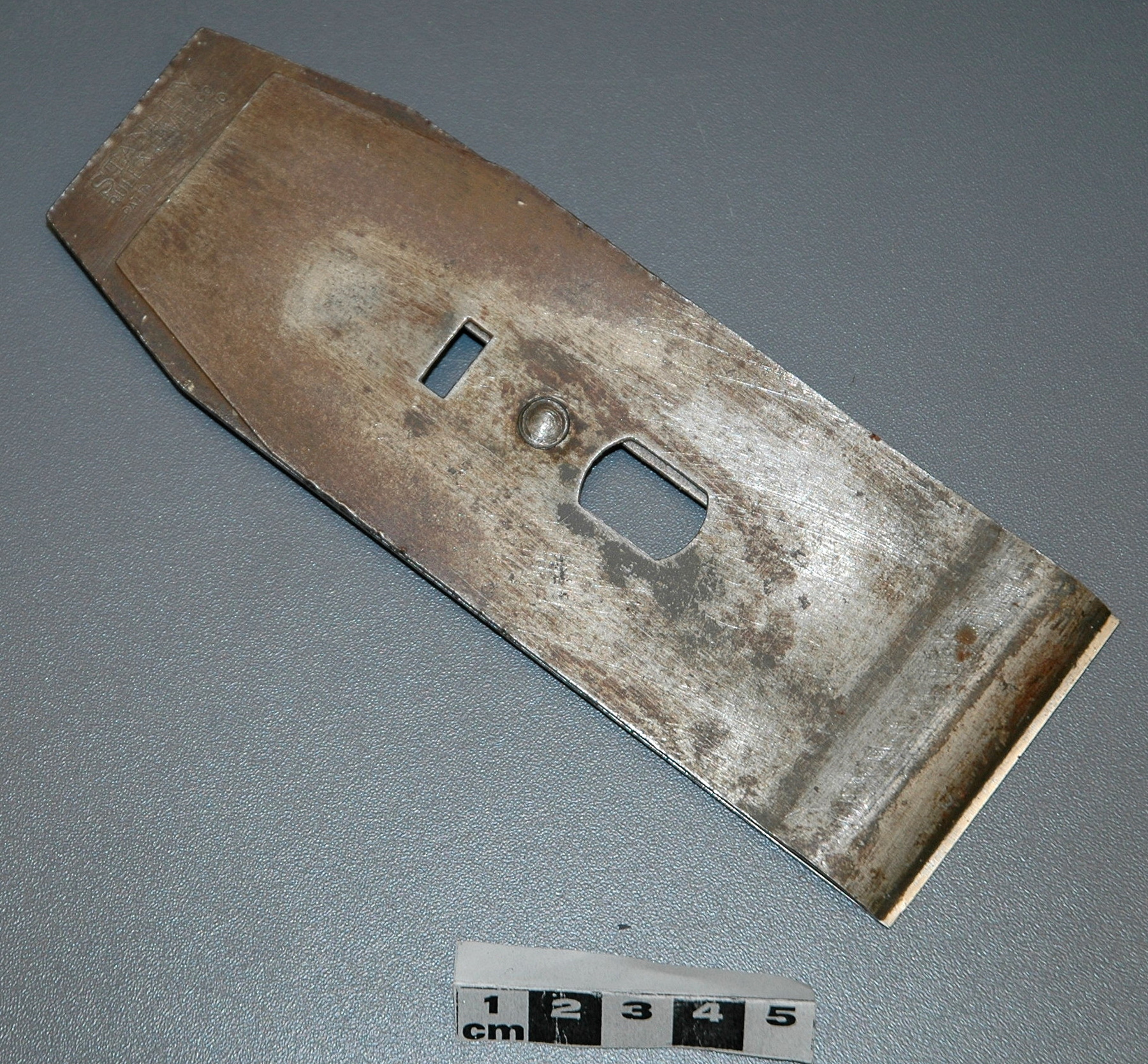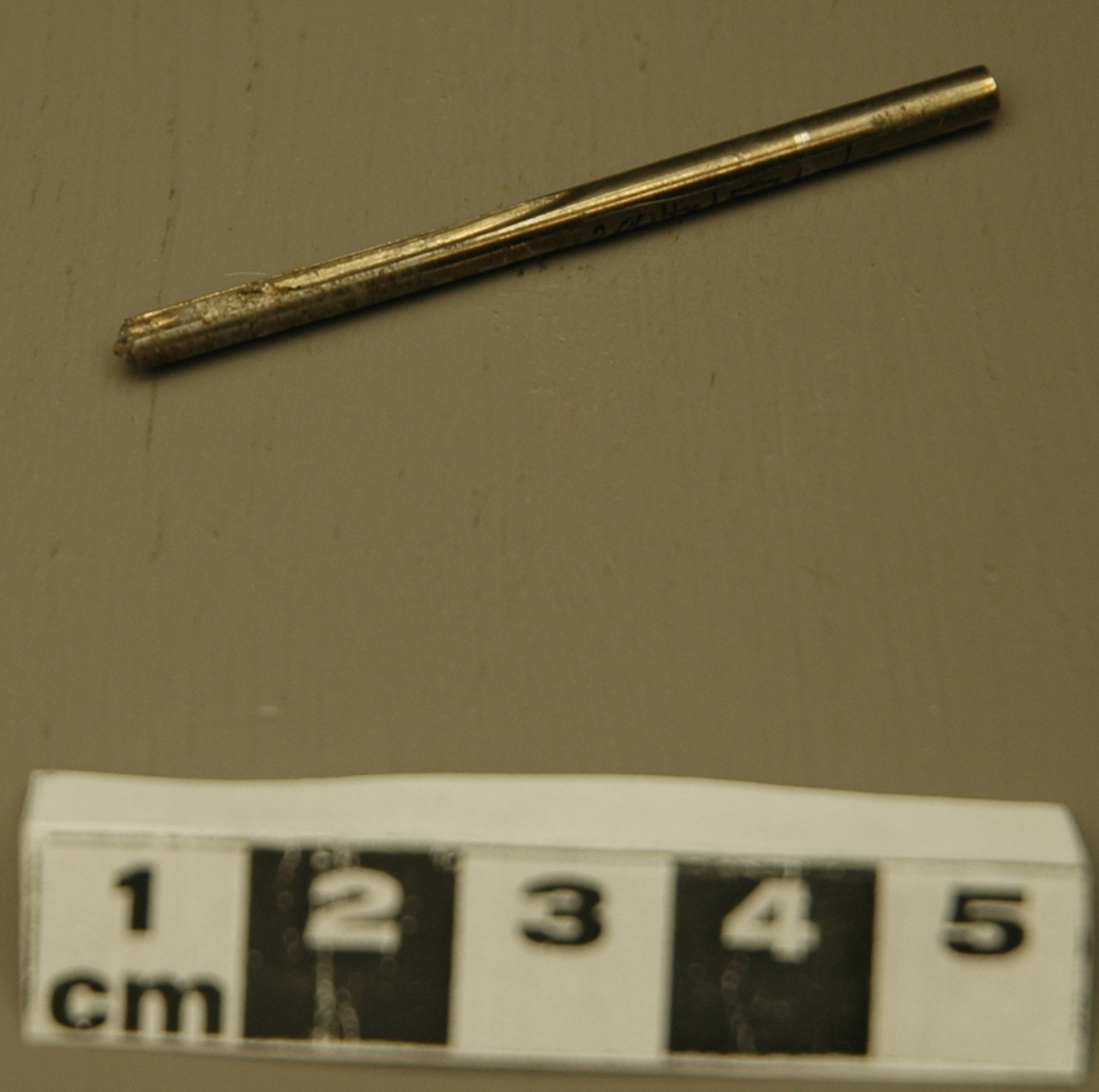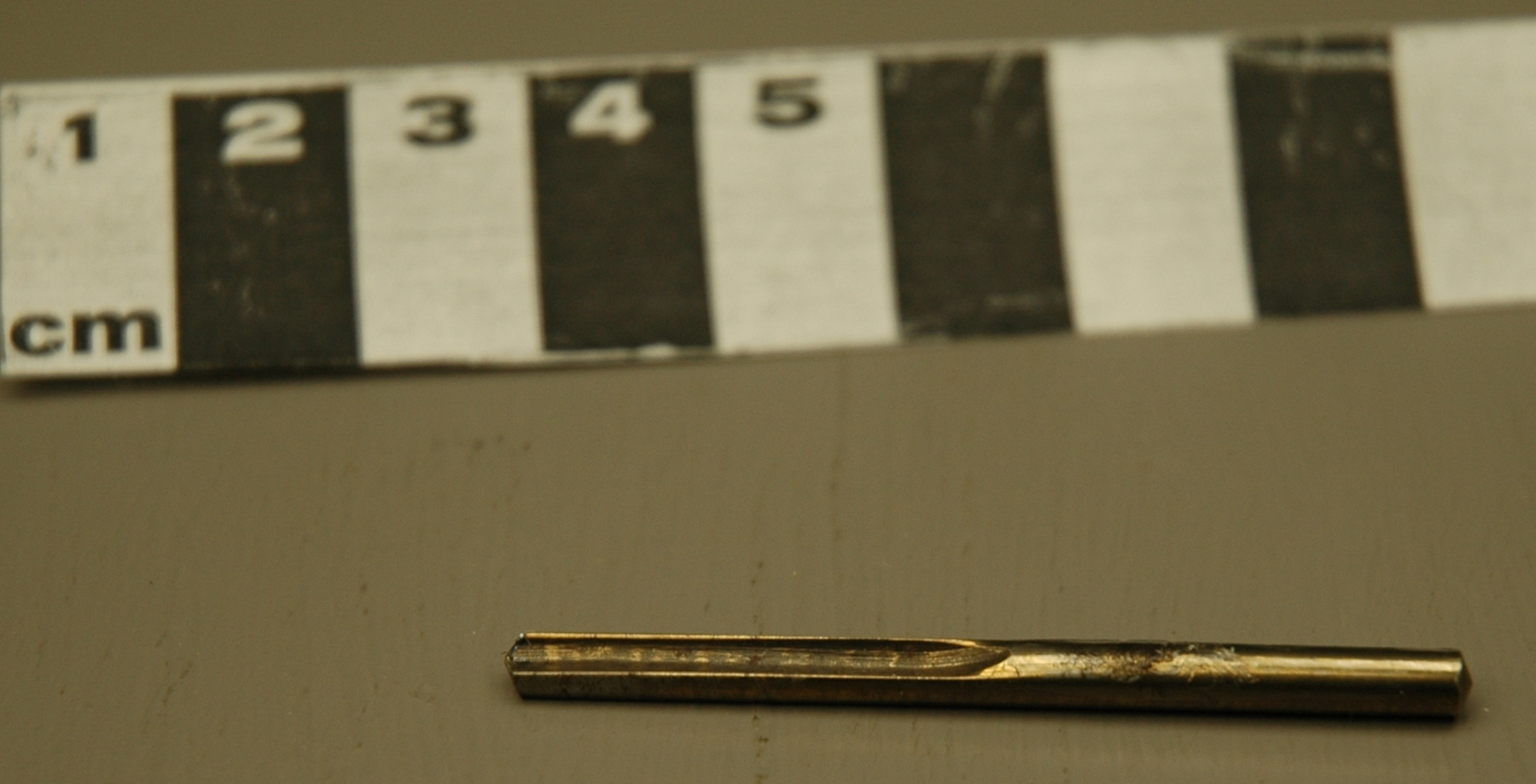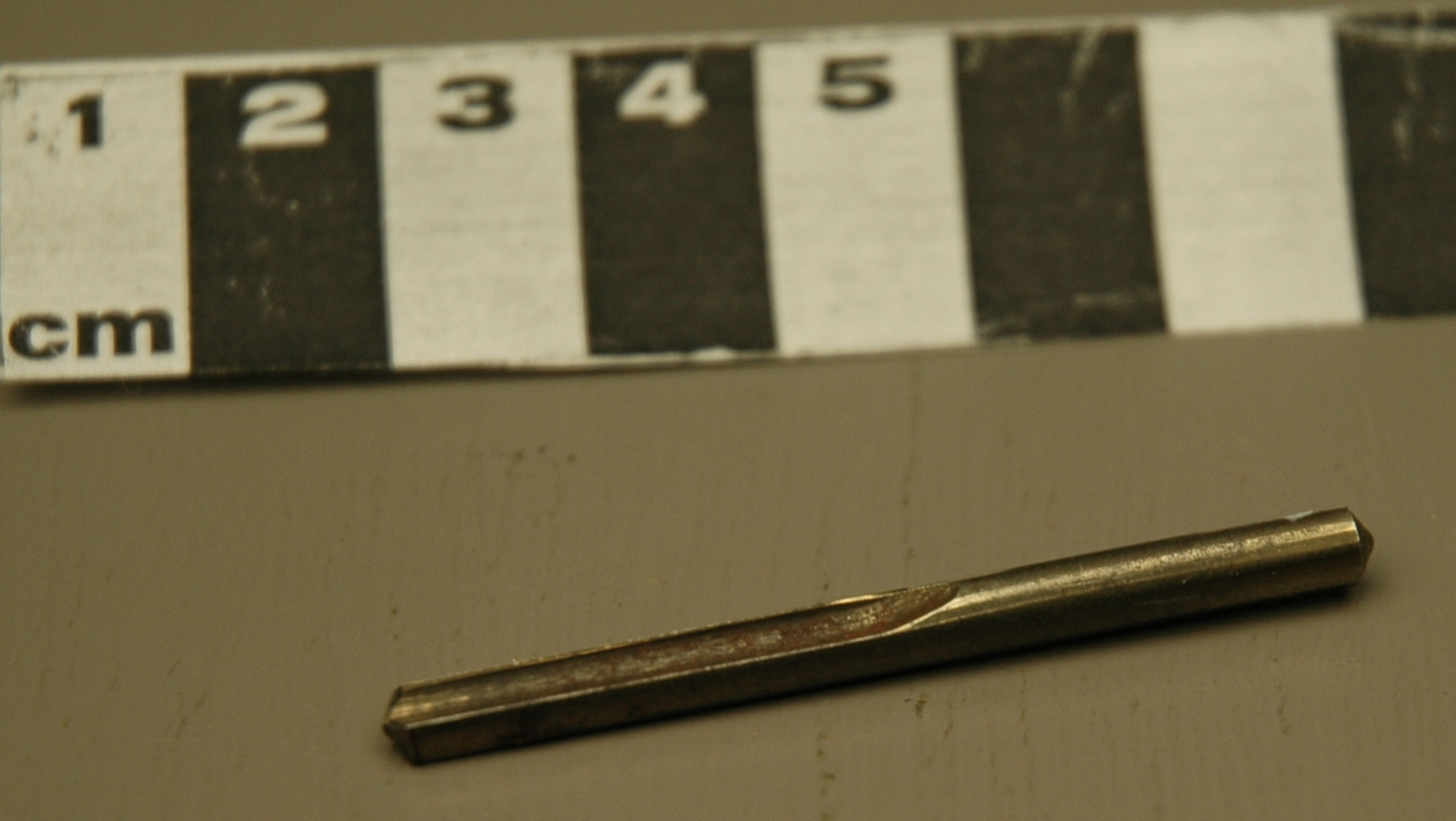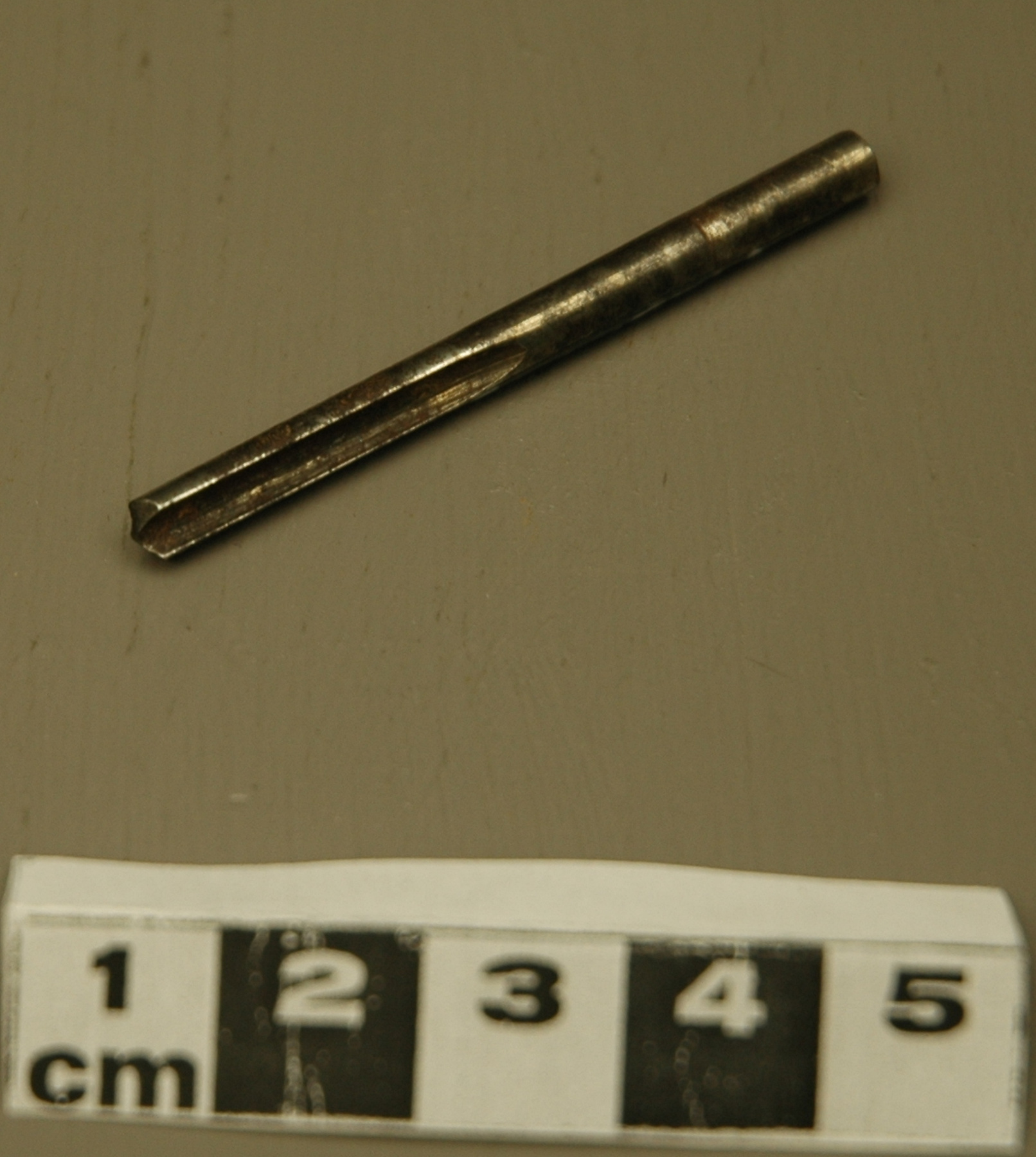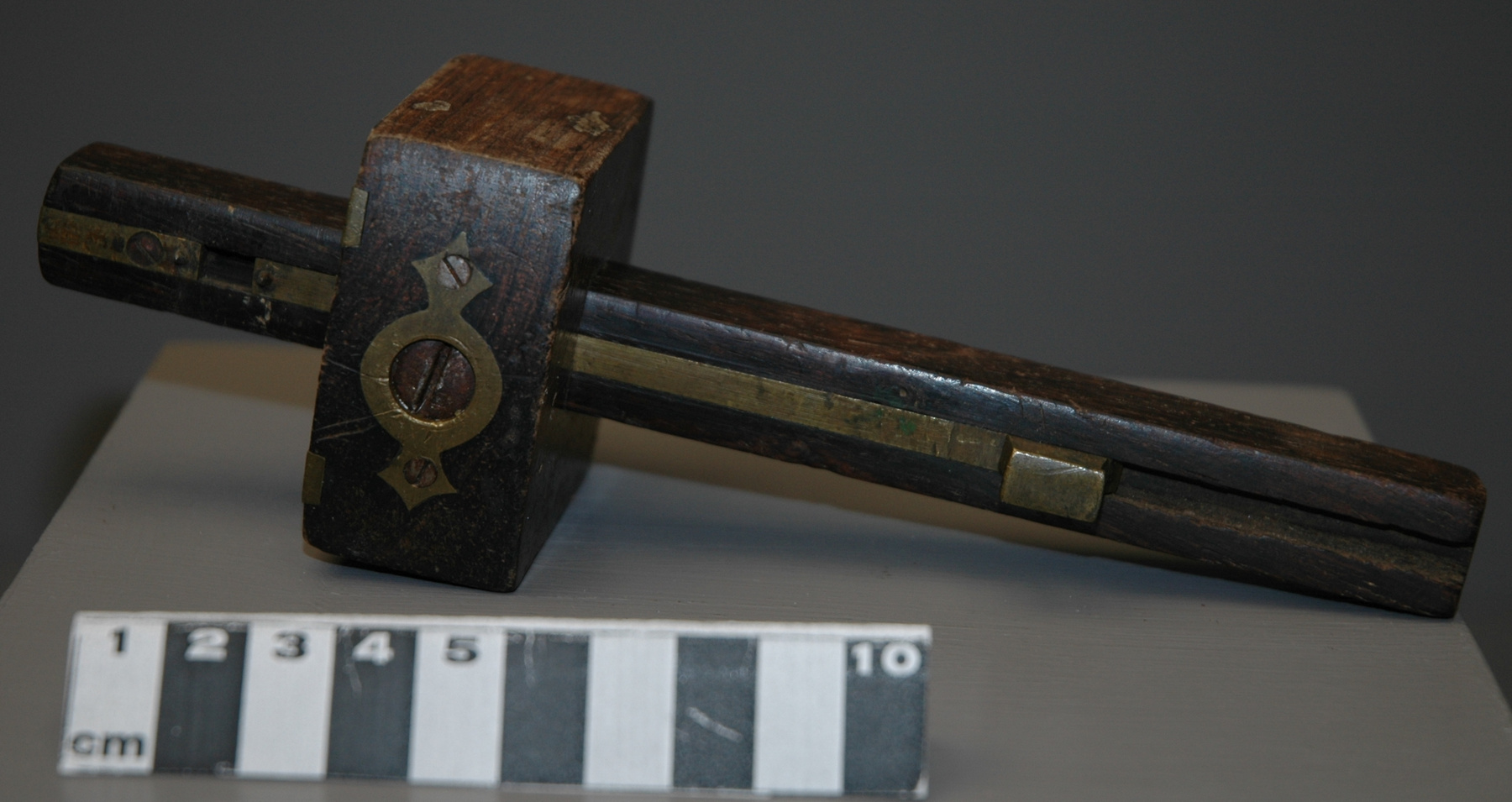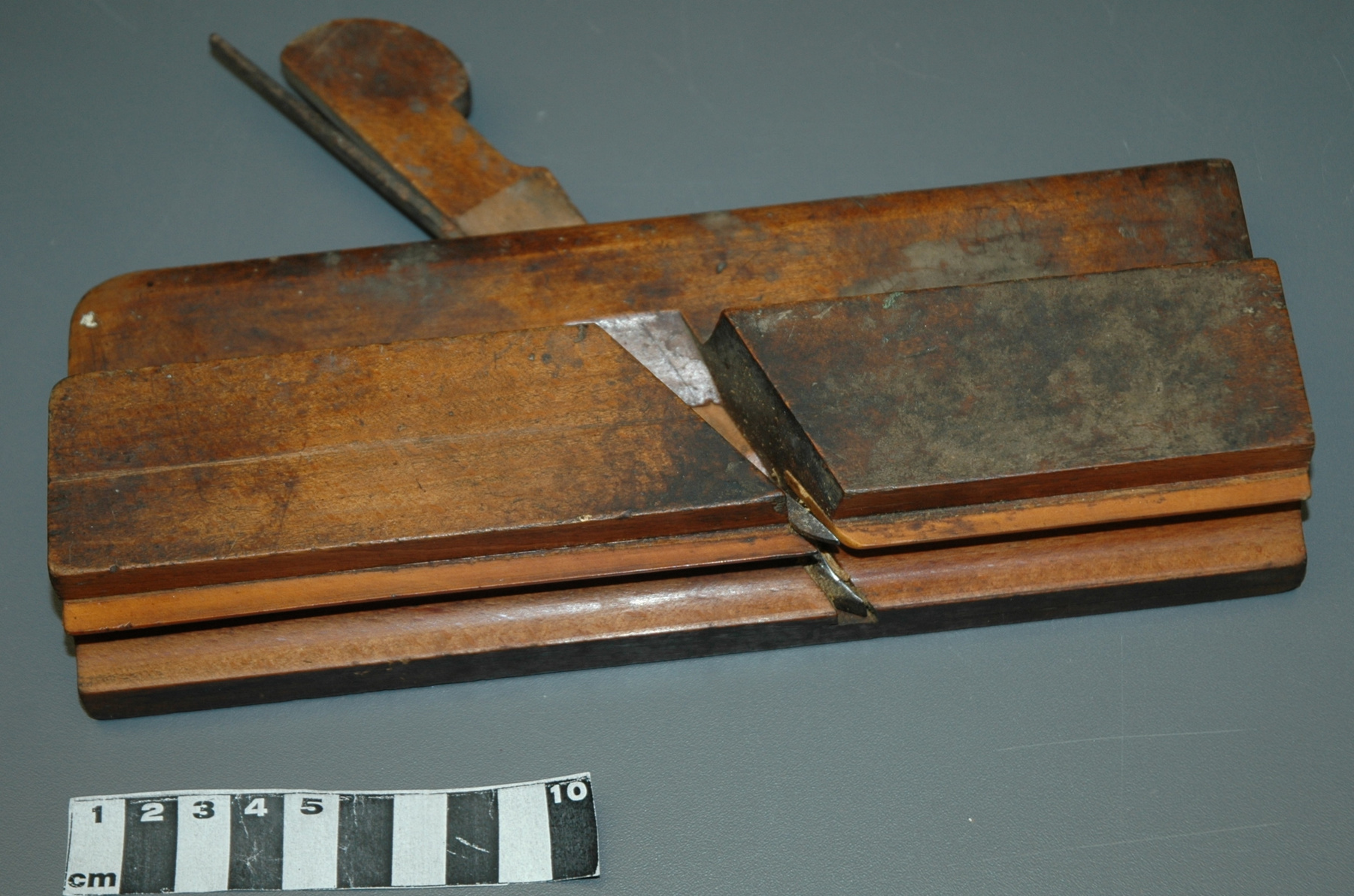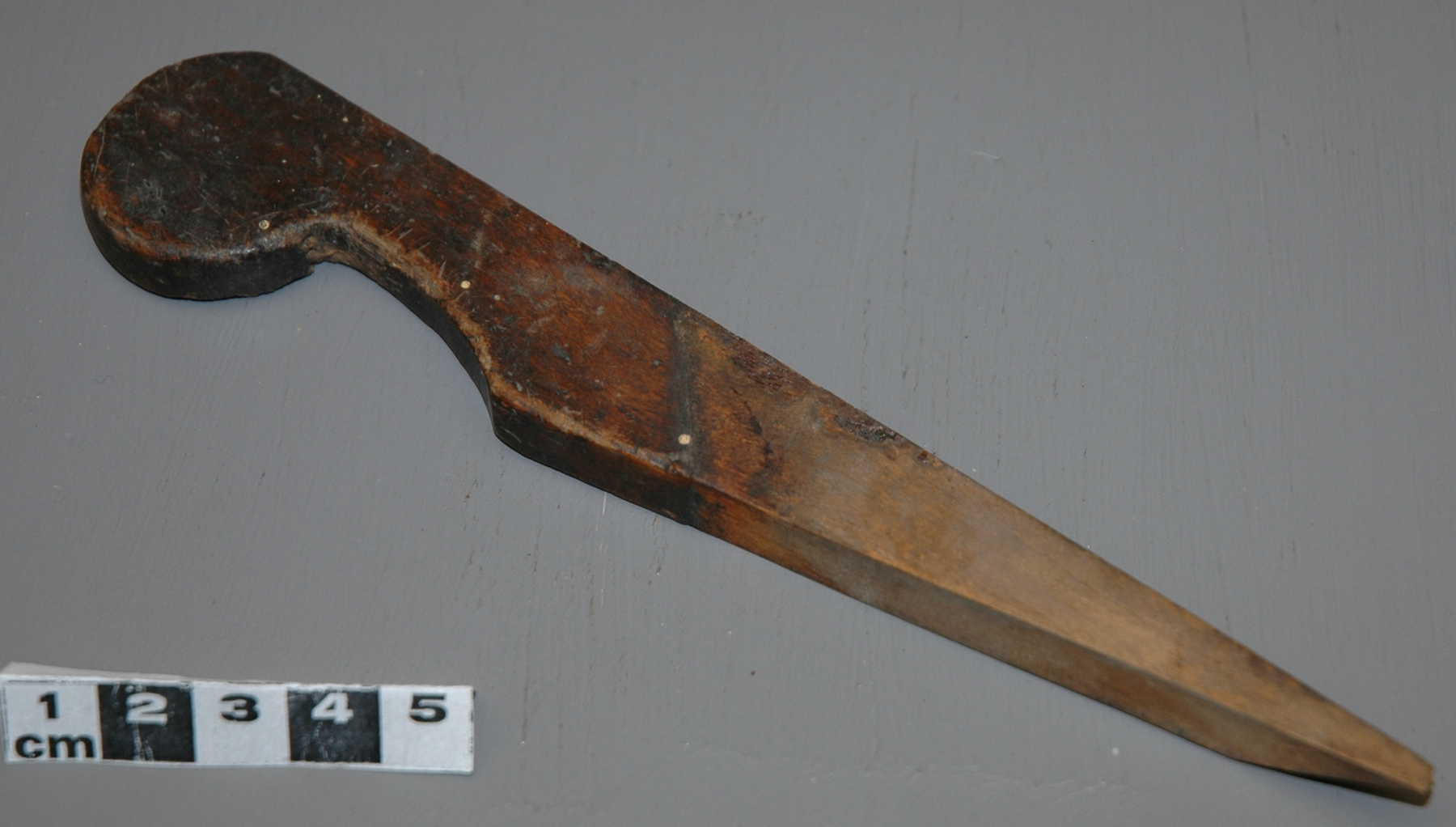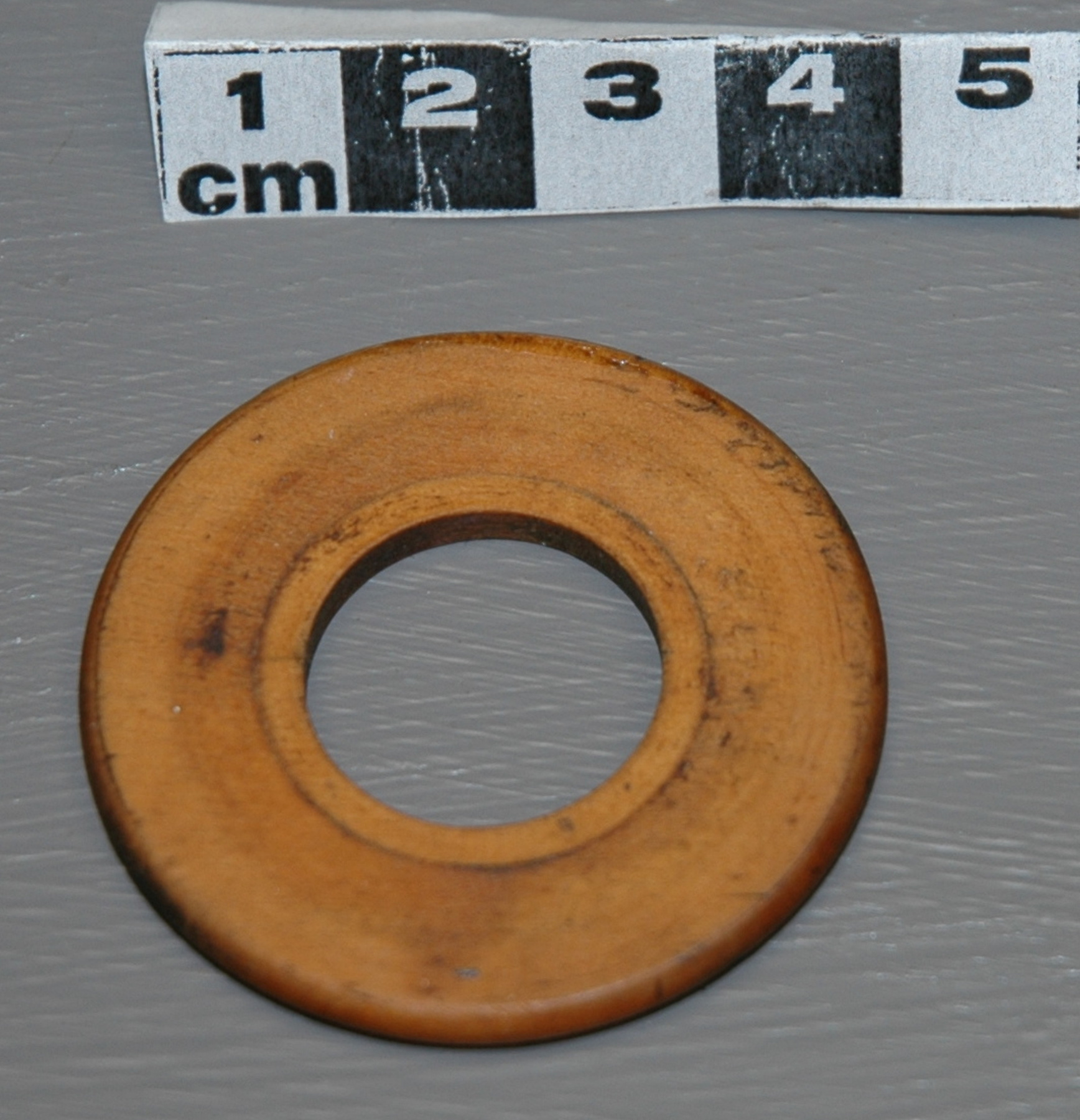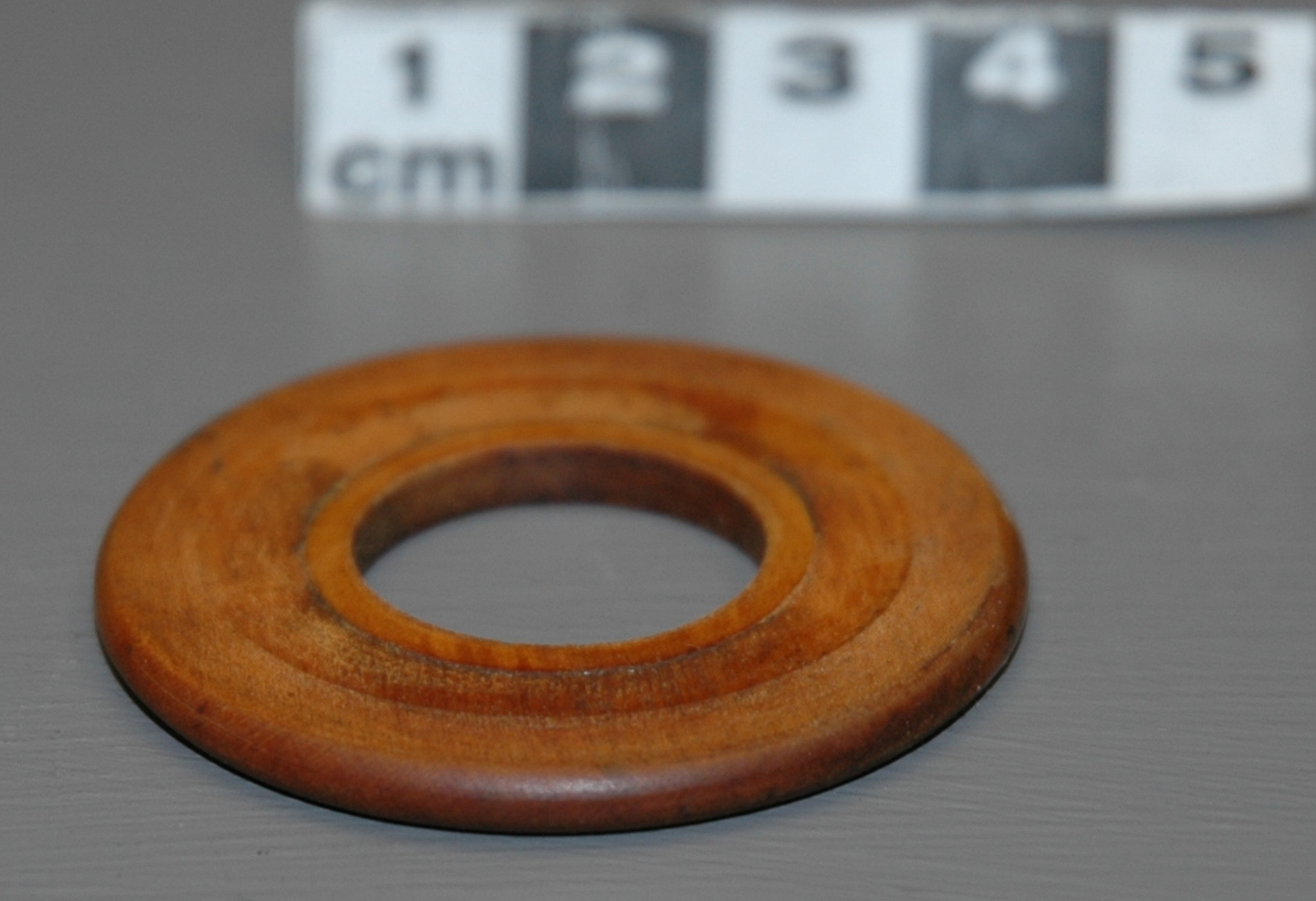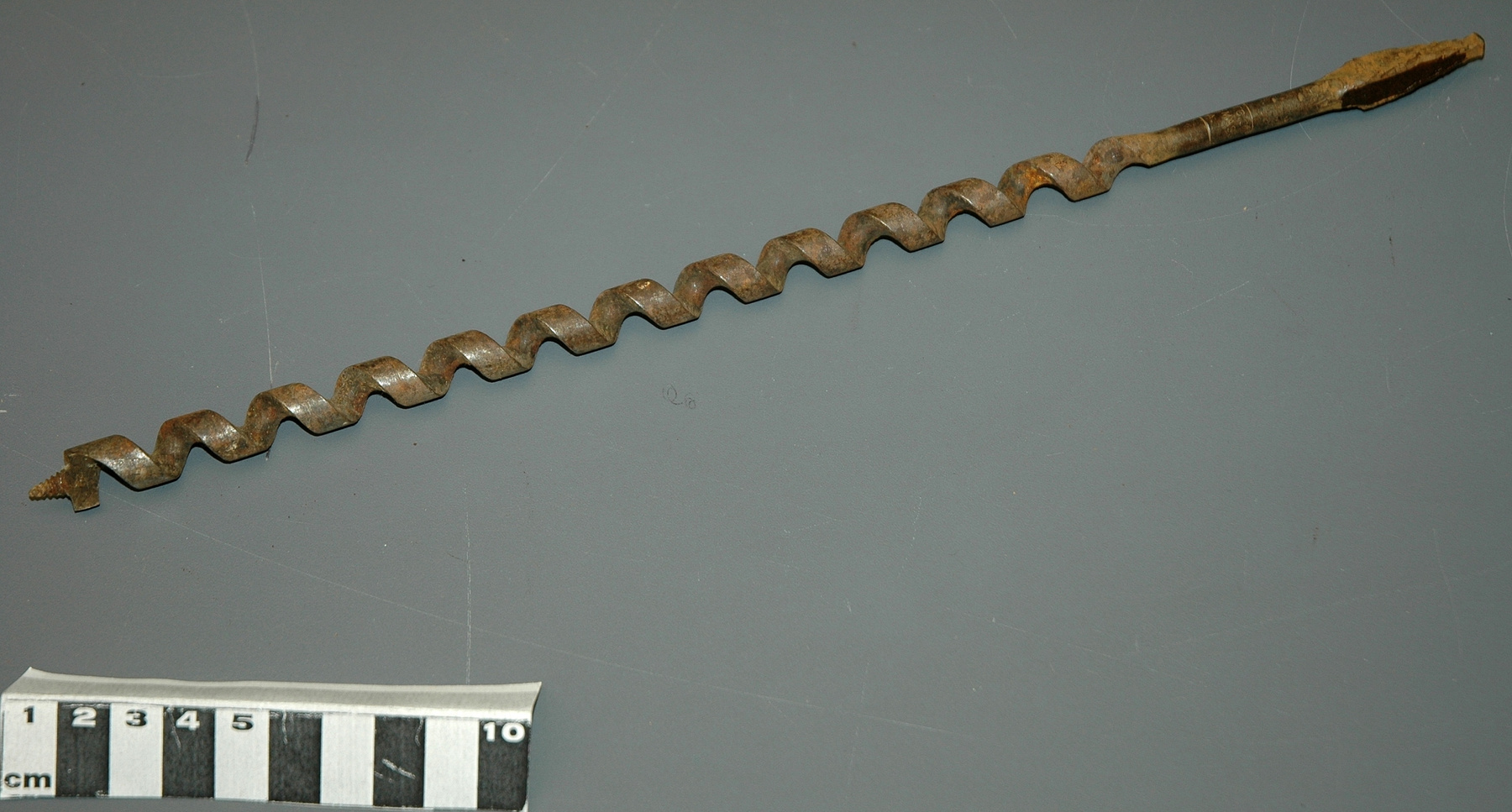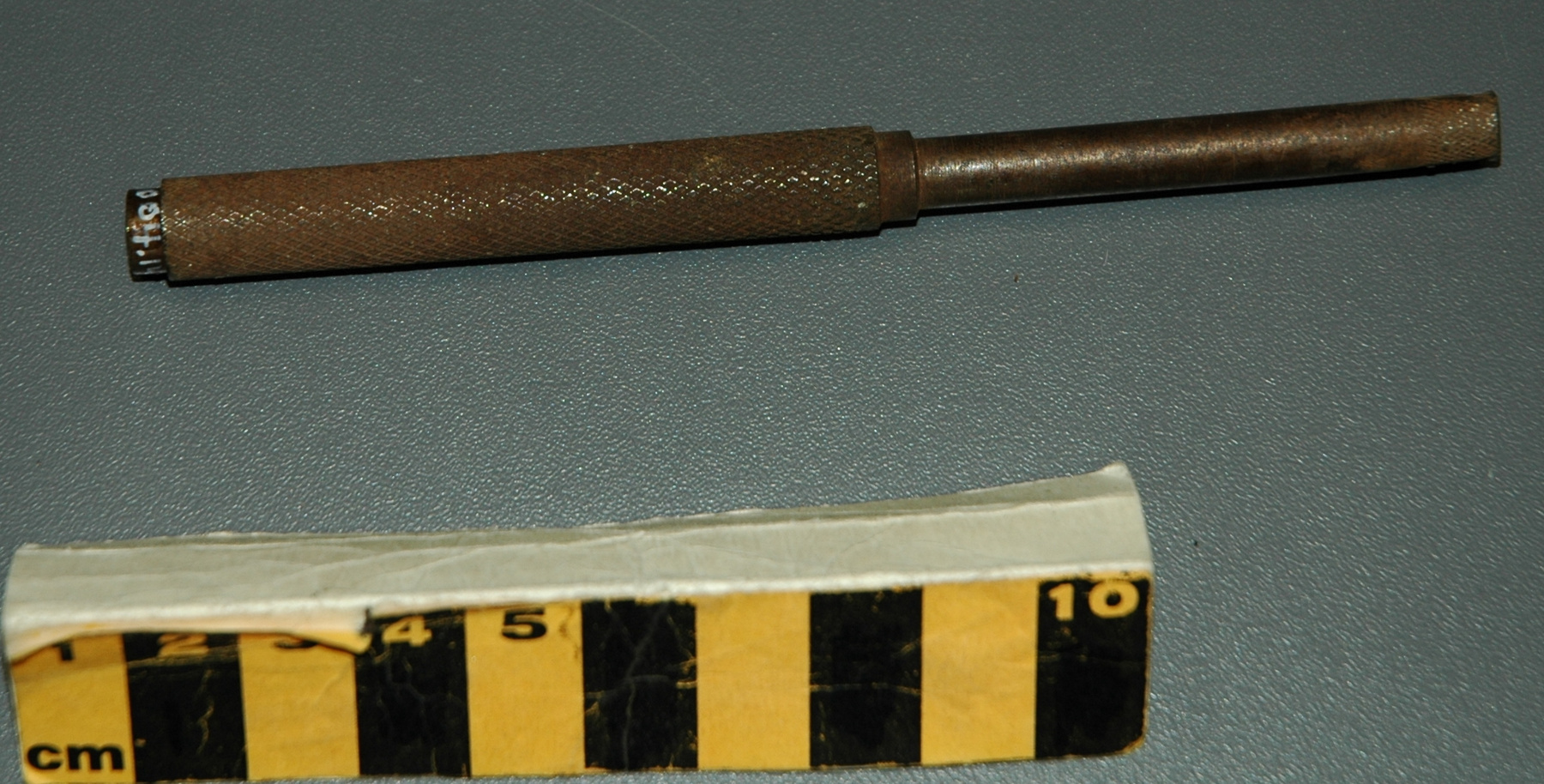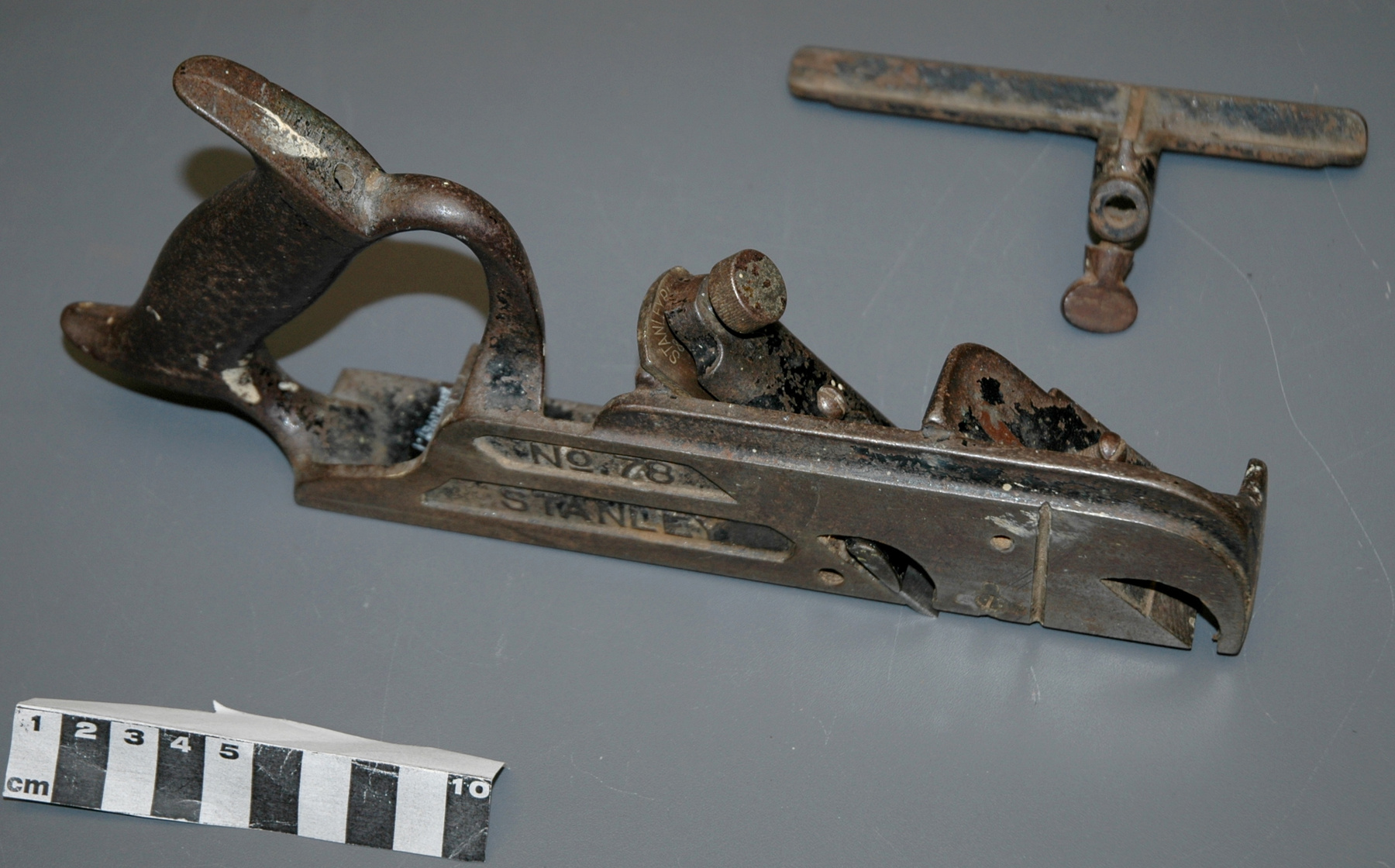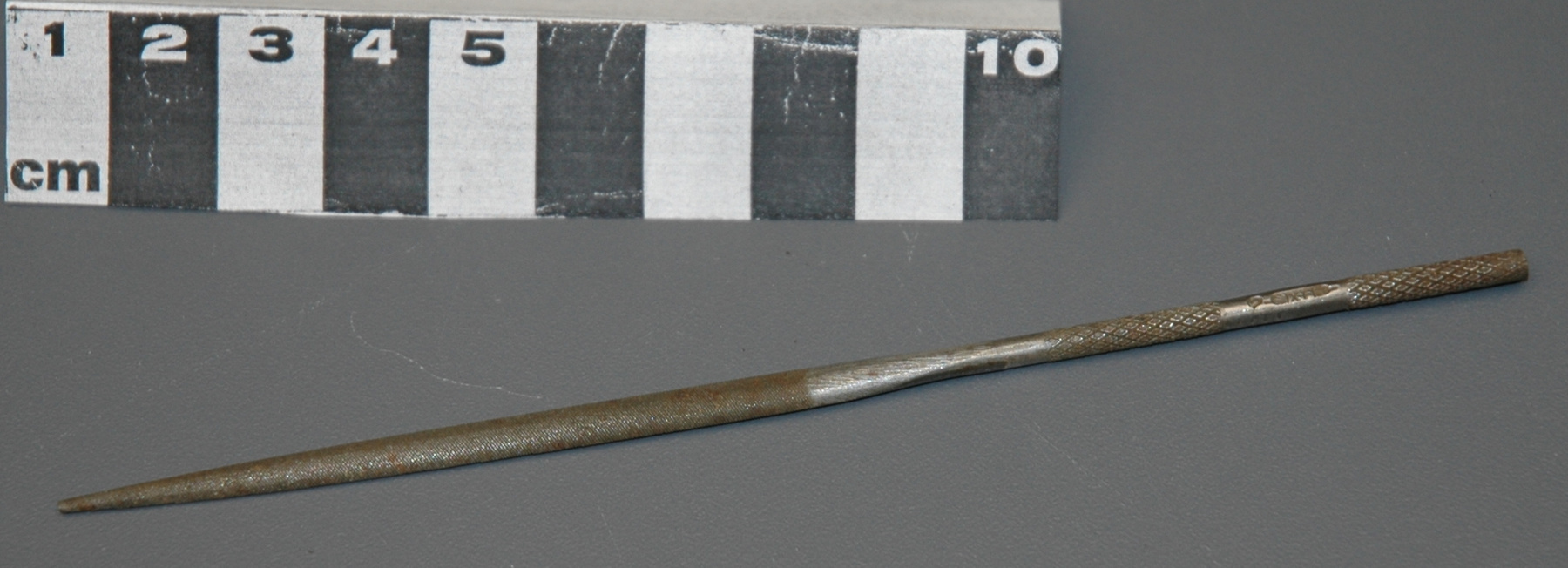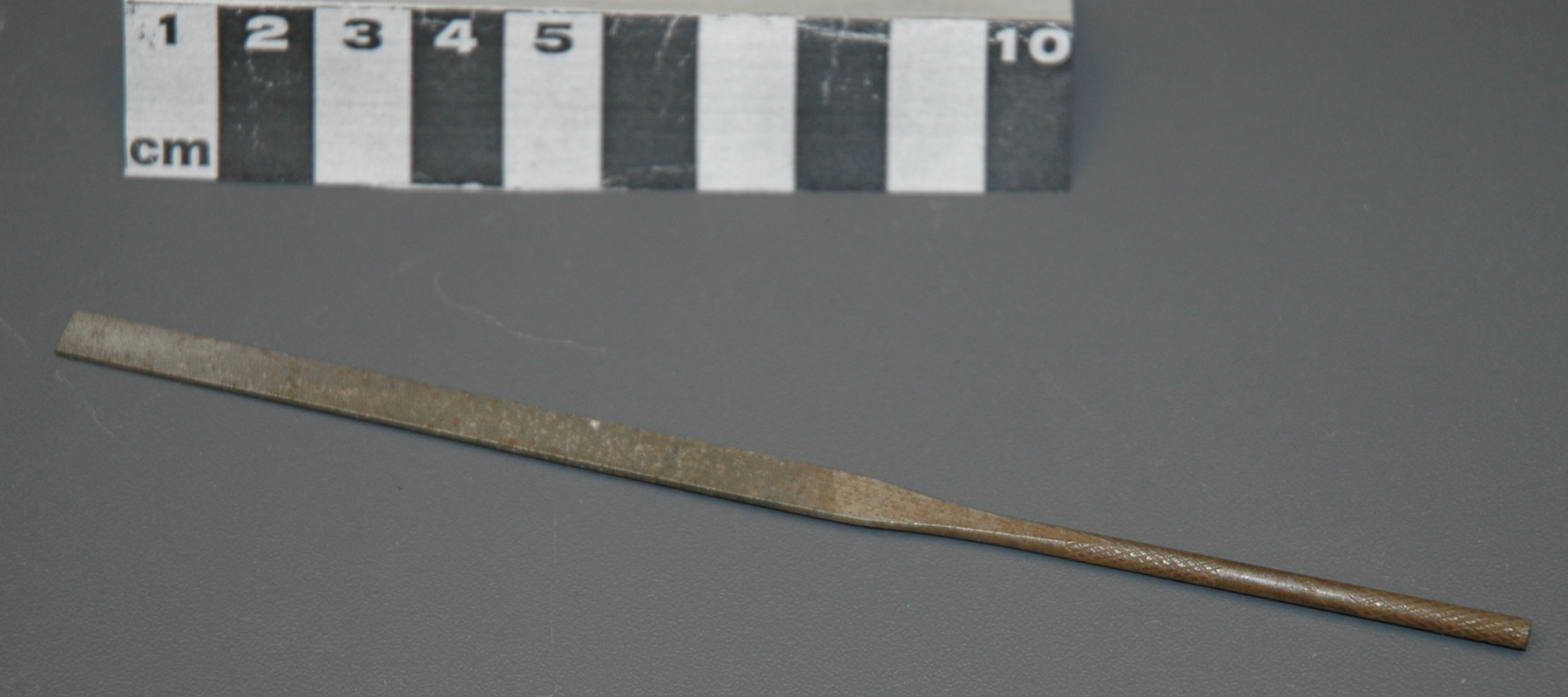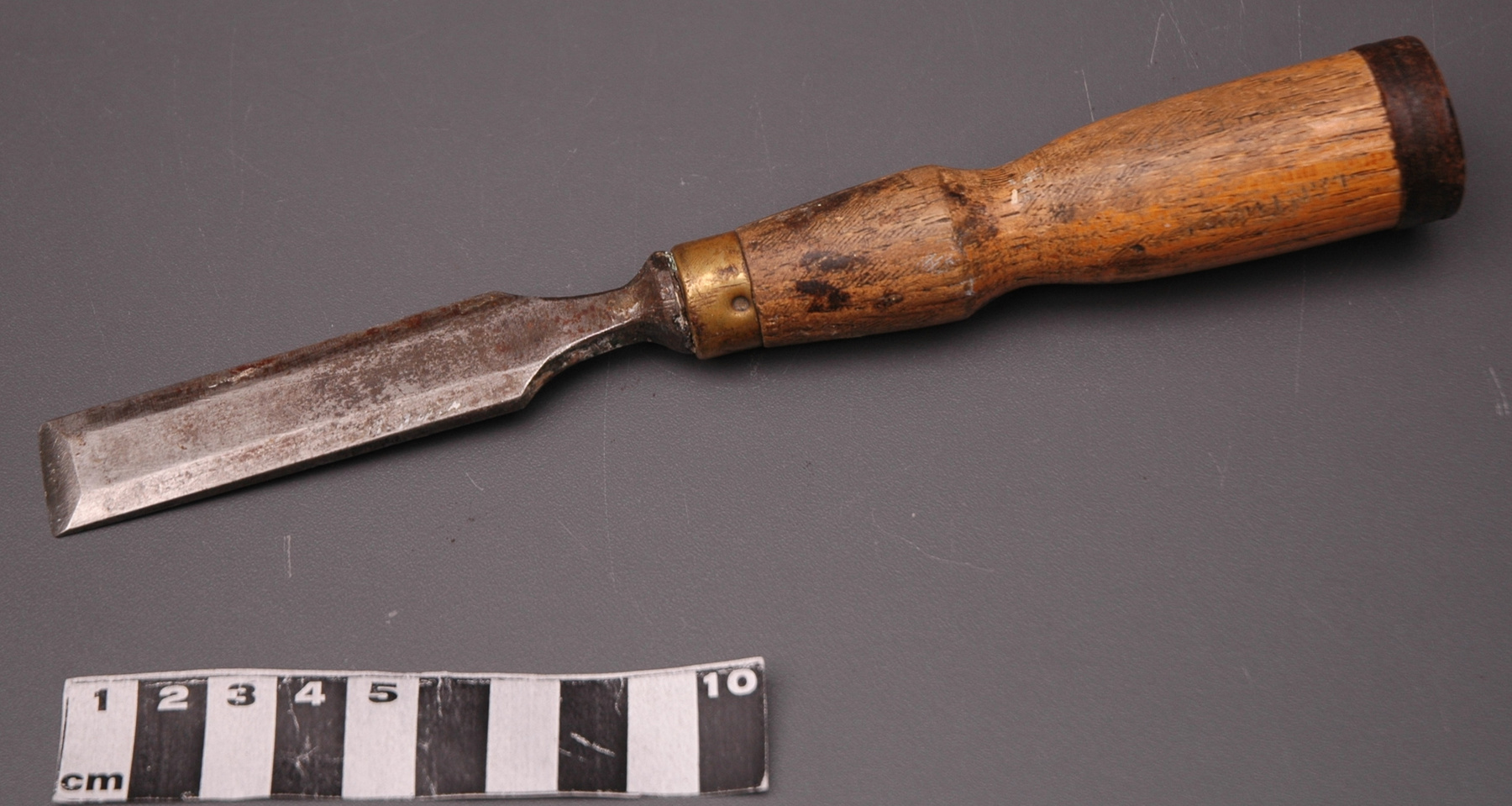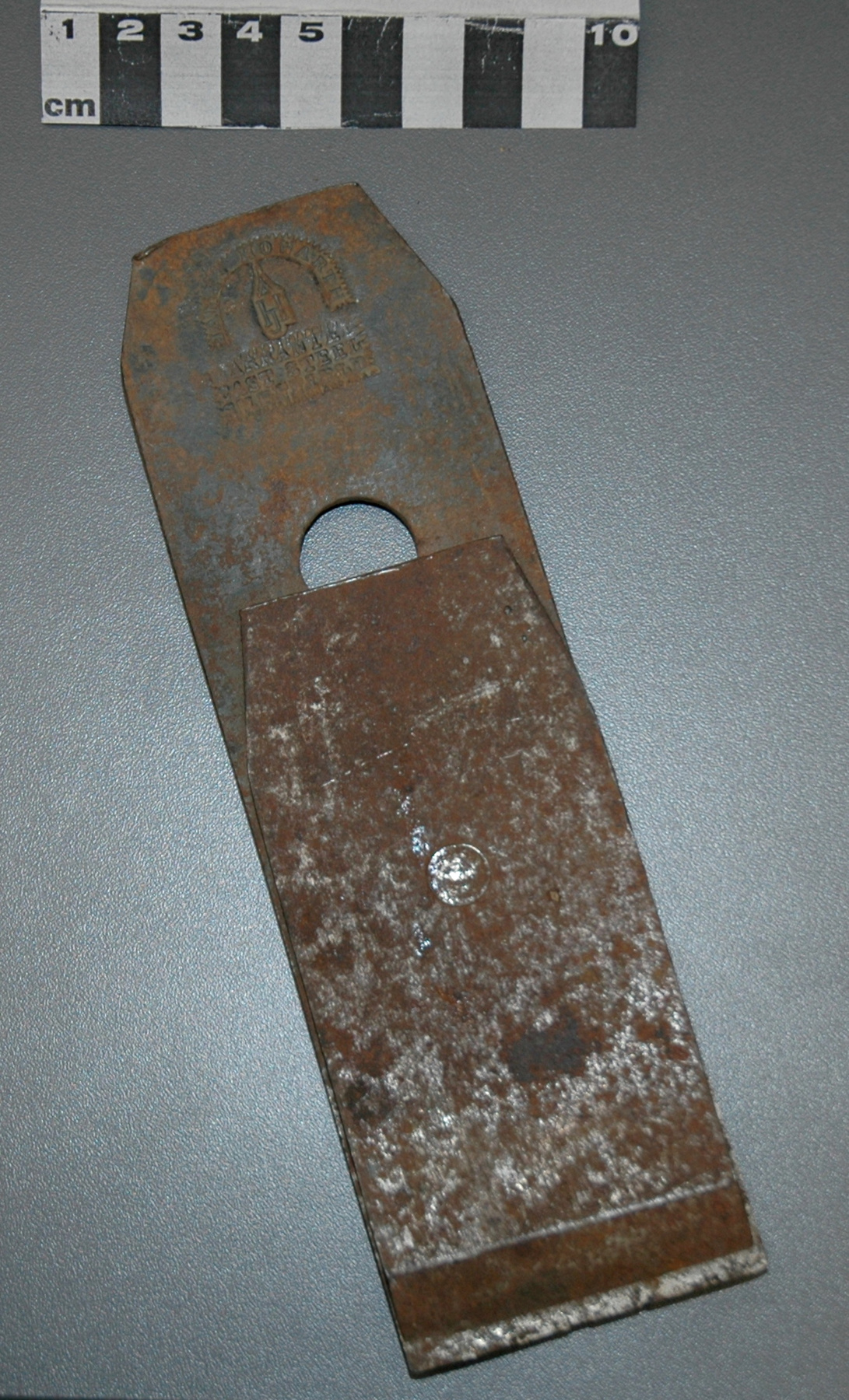Iron, plane
Use this image
Can I reuse this image without permission? Yes
Object images on the Ingenium Collection’s portal have the following Creative Commons license:
Copyright Ingenium / CC BY-NC-ND (Attribution-NonCommercial 4.0 International (CC BY-NC 4.0)
ATTRIBUTE THIS IMAGE
Ingenium,
2004.1466.001
Permalink:
Ingenium is releasing this image under the Creative Commons licensing framework, and encourages downloading and reuse for non-commercial purposes. Please acknowledge Ingenium and cite the artifact number.
DOWNLOAD IMAGEPURCHASE THIS IMAGE
This image is free for non-commercial use.
For commercial use, please consult our Reproduction Fees and contact us to purchase the image.
- OBJECT TYPE
- common
- DATE
- 1845–1862
- ARTIFACT NUMBER
- 2004.1466.001
- MANUFACTURER
- Howarth, James
- MODEL
- Unknown
- LOCATION
- Sheffield, England
More Information
General Information
- Serial #
- N/A
- Part Number
- 1
- Total Parts
- 1
- AKA
- cutting iron
- Patents
- N/A
- General Description
- cast steel
Dimensions
Note: These reflect the general size for storage and are not necessarily representative of the object's true dimensions.
- Length
- 19.0 cm
- Width
- 5.9 cm
- Height
- 1.6 cm
- Thickness
- N/A
- Weight
- N/A
- Diameter
- N/A
- Volume
- N/A
Lexicon
- Group
- Industrial Technology
- Category
- Tools-Hand
- Sub-Category
- N/A
Manufacturer
- AKA
- Howarth
- Country
- England
- State/Province
- Unknown
- City
- Sheffield
Context
- Country
- Canada
- State/Province
- Ontario
- Period
- Presumably used c. late 1890s- late 1940; possibly used as early as c. 1845.
- Canada
-
Part of a collection of hand tools belonging to James Anthony (1883-1966), an English born and trained carpenter who came to Canada c. 1910 and worked in and around Ottawa, ON. Following the 1916 fire which destroyed the Parliament buildings and damaged the Library, Mr. Anthony was hired as a foreman with the restoration crews. Until 1920, he was involved in the rebuilding of the Peace Tower and the installation of new windows at the Library of Parliament. He later worked with various builders in the Ottawa area, retiring in the late1940s. After his death in 1966 the tools were given to his son Jack, who in turn donated them to CSTMC. [Ref. 1] - Function
-
Used for shaping, fitting and finishing wood. - Technical
-
" Until the 18th c. all planes had single irons; such irons are still used in some Jack and general-purpose planes for rough work. Moulding, grooving and most rebating planes also have single irons. The cap is the upper member of the "double iron". It consists of a steel plate of the same width as the cutter, with one end curving downwards and ground to fit closely across the cutting iron, leaving a small gap behind the cutting edge. The main purpose of the cap iron is to break the shaving immediately it is raised, so that it does not tear out the grain ahead of the cutting edge when planing against the grain. It also tends to curl the shaving, and thus gives an easier discharge through the shaving outlet." (Ref. 3, p.303) - Area Notes
-
Unknown
Details
- Markings
- "JAMES HOWARTH/ [logo- H J]/ WARRANTED/ CAST STEEL/ SHEFFIELD" stamped into iron, above screw hole.
- Missing
- None.
- Finish
- Heavy cast steel metal blades and screw are rusted.
- Decoration
- N/A
CITE THIS OBJECT
If you choose to share our information about this collection object, please cite:
Howarth, James, Iron, plane, between 1845–1862, Artifact no. 2004.1466, Ingenium – Canada’s Museums of Science and Innovation, http://collections.ingeniumcanada.org/en/id/2004.1466.001/
FEEDBACK
Submit a question or comment about this artifact.
More Like This
